- EN
Log in
- Current Live Auctions
- Past auctions
- More
- Gallery
- Art Dealing
- Publishing
- Kornfeld today
- The Story of Kornfeld
- Information
Published in 150 Jahre Galerie – Geschichte des Hauses 1864 - 2014
Bern, October 2014 (abridged version)
Heinrich Gottlob Gutekunst (a fitting surname), born in 1832 in Stuttgart as the son of an artist, was attracted to art dealing early on and worked on building an international career from a young age. He first accepted a position with Goupil & Co. in Paris, a leading art dealer at the time. When he was only 24, he took over as manager of the London branch of this business and held this position until he returned to his home town after marrying his Stuttgart-born wife.
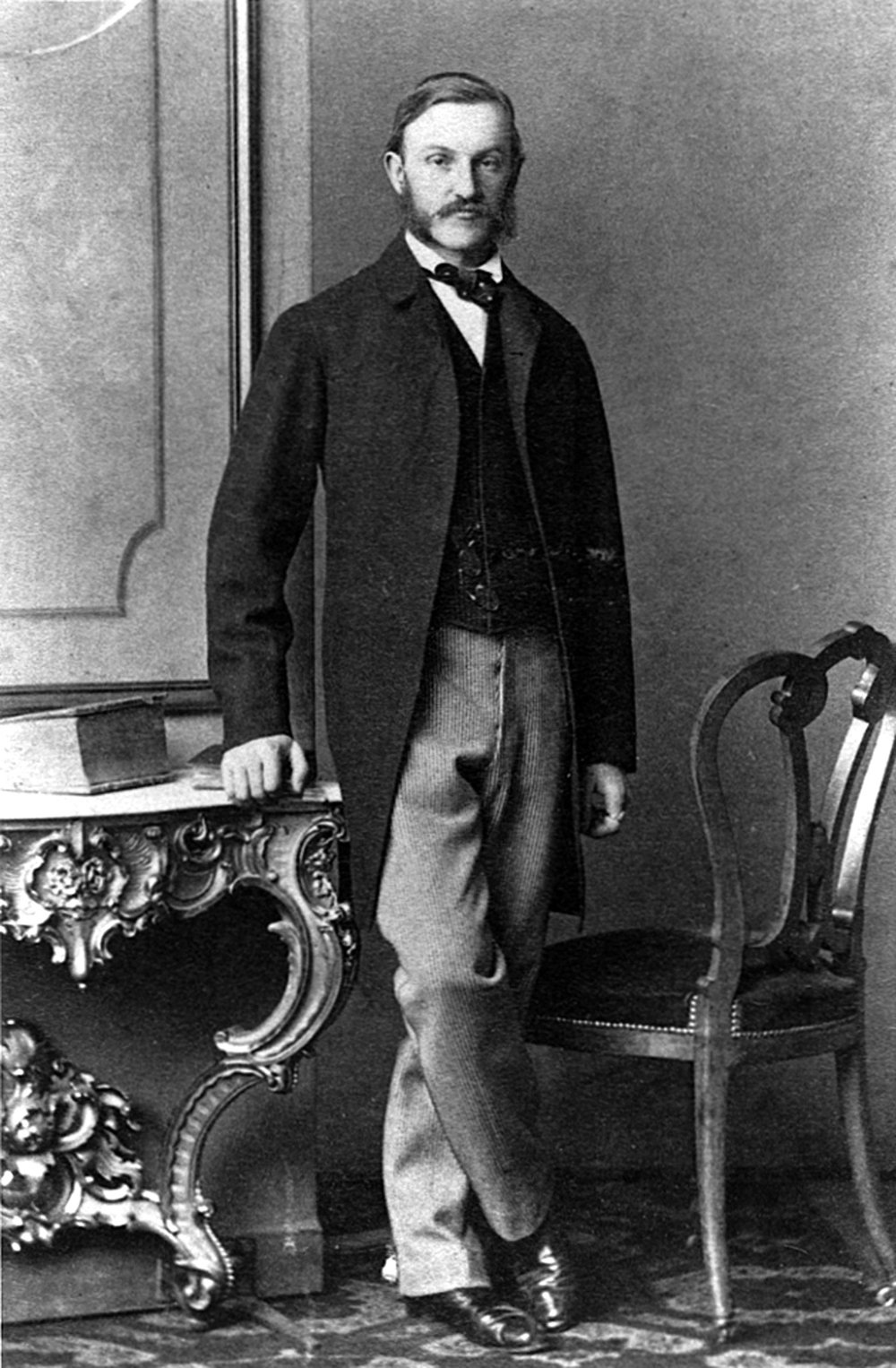
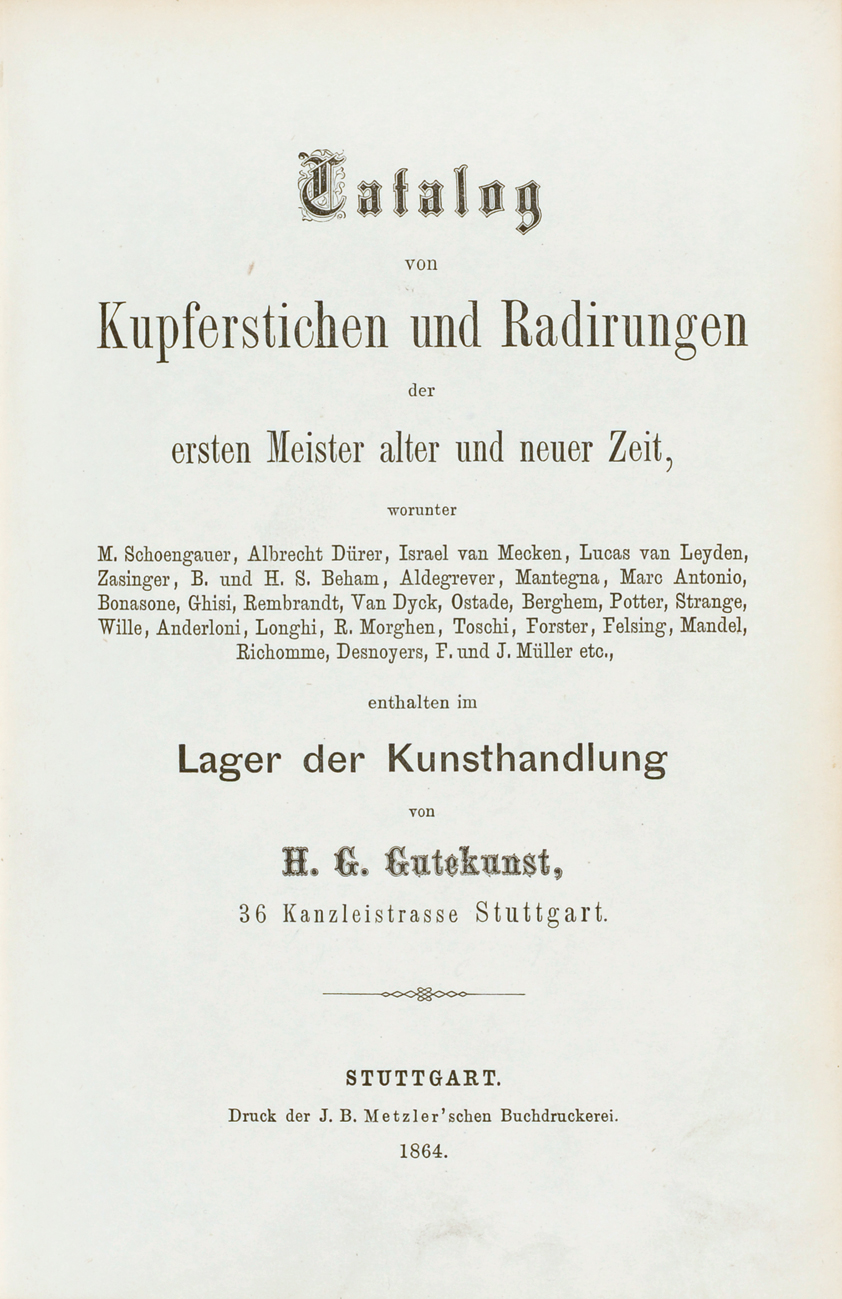
Kanzleistrasse 36 was the first address of the new company “Kunsthandlung H.G. Gutekunst”, which soon enjoyed growing prosperity. The first inventory catalogue was published on 1 October 1864.
This catalogue offered a rich selection of highly interesting graphic works. The rapid success enjoyed by this catalogue, certainly also as a result of close contact with Paris and London is confirmed by the fact that the next inventory catalogues were published in quick succession. The second one already saw the light in 1865, and the 1867 catalogue was already the ninth edition.
The legendary reproductions of graphic artworks, often in the original size were published during the same period under the title “Perlen mittelalterlicher Kunst”. This success was based on the idea of creating material for comparison during a time in which reproductions were not yet common and making the treasures of art history accessible to the broader public. The first series already contained prints by Dürer, Schongauer and the Master of Zwolle, and Master E.S. appeared in the third series. The catalogues of this time are distinguished by their wealth of pictures, for which the highly educated recipients did not need any long descriptions. They contained early drafts of wonderful prints by Dürer and Rembrandt, engravings from the 15th century in what would be confusing abundance today, and the most beautiful drawings by Burgkmair, Dürer, Hirschvogel, Rembrandt, Raffael and van Dyck.
In full confidence of his knowledge and motivated by the auctions in Paris and London, H.G. Gutekunst ventured the big step and held his first “Collection of an Italian Art Lover” auction in 1868.
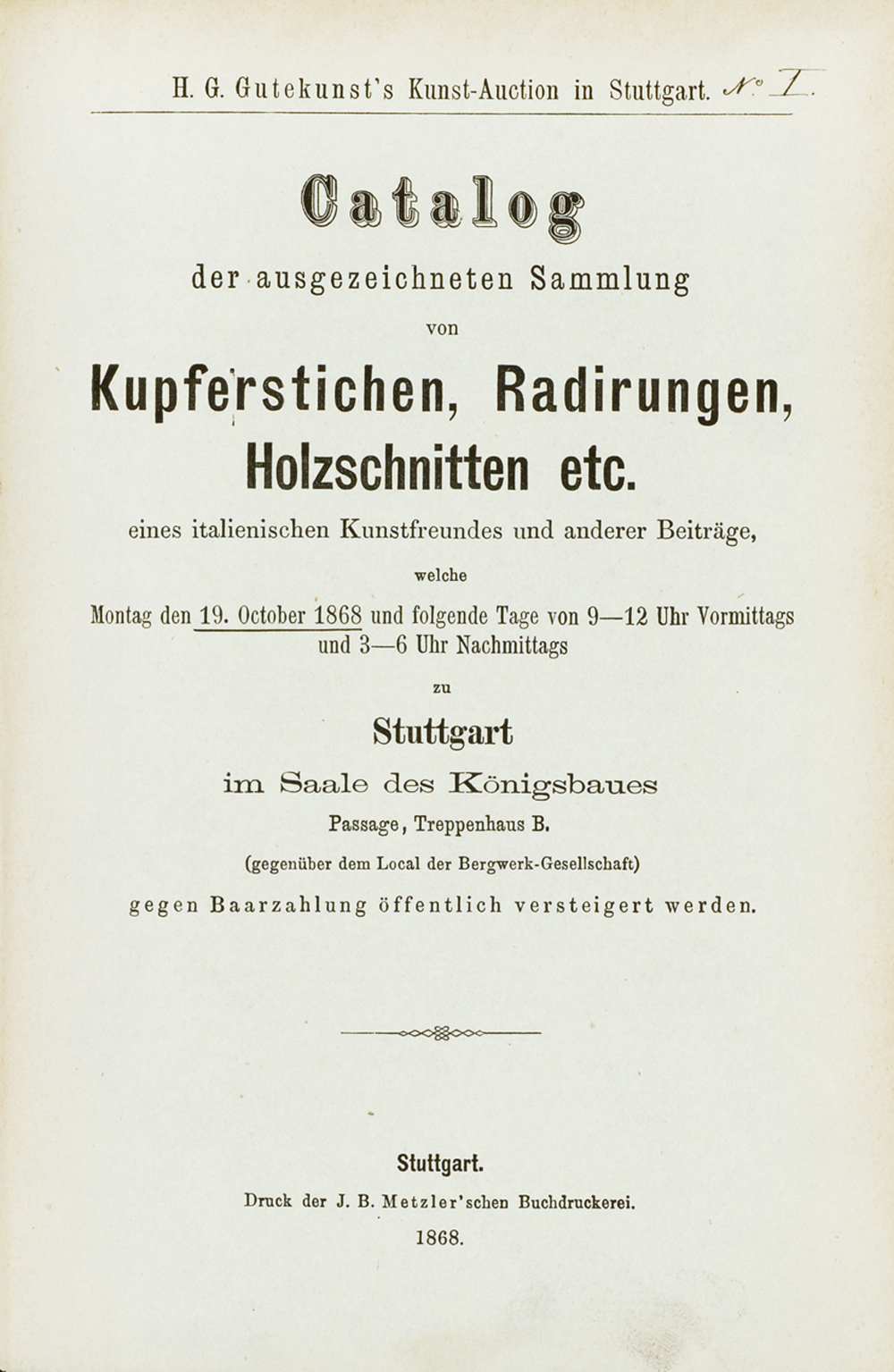
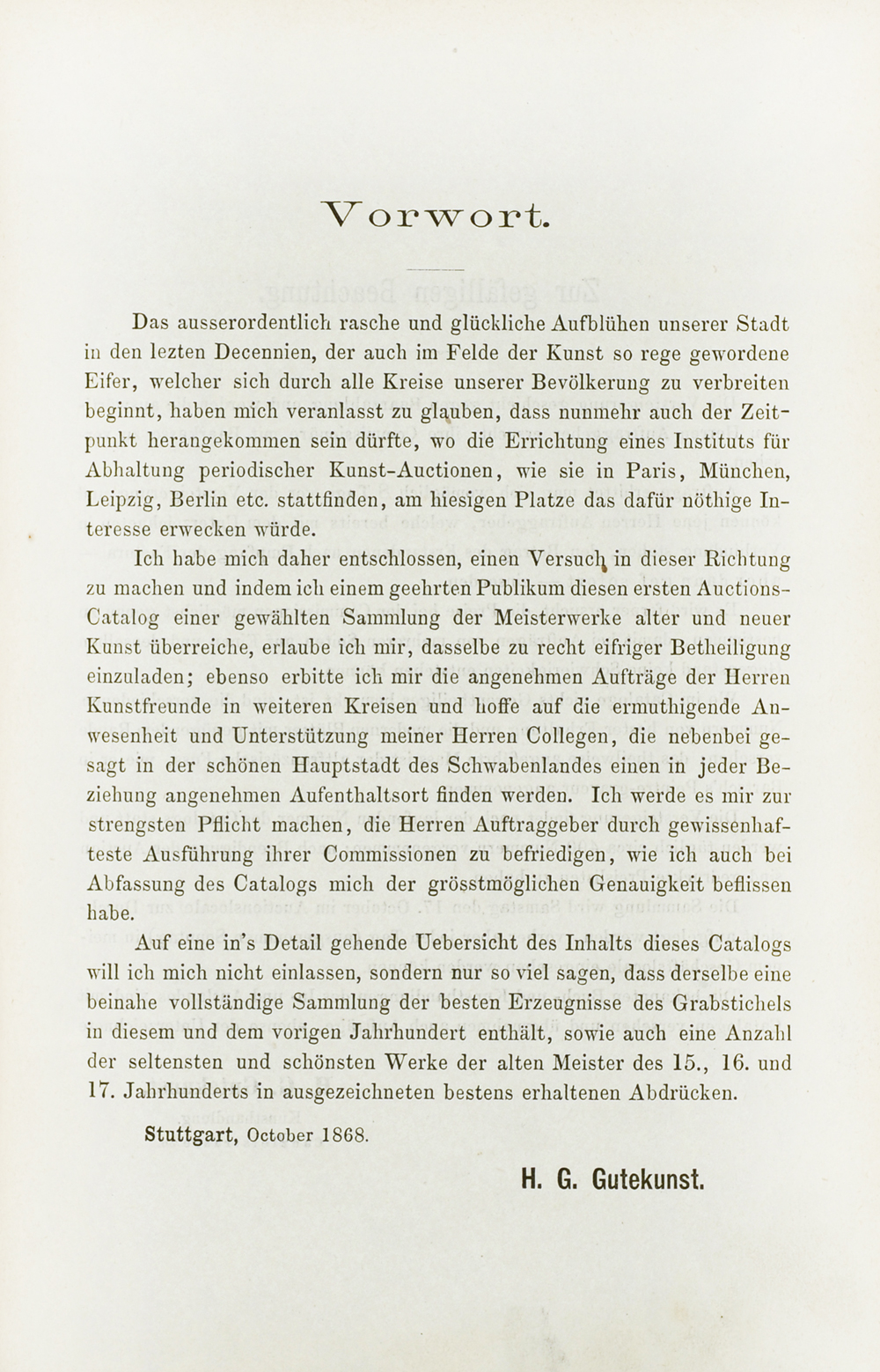
The preface to the auction catalogue contained a visionary statement: “I have decided to make an attempt in this direction, and by giving my honored public this first auction catalogue of a select collection of the works of Old and New Masters, I would like to invite them to participate actively.” The collectors honored this daring. This was the beginning of what saw the first highlight only five years later: the auction of the first part of the collection of Marchese Jacopo Durazzo, followed by the second part a year later. More than 7,200 lots were offered and found new owners during daylong sessions. Knoedler came from New York, Colnaghi from London, Angiolini from Milan, whose collection would be auctioned by the same auction house 20 years later, Rapilly from Paris, Boerner from Leipzig. The trend could no longer be stopped, and year after year, usually in May, H.G. Gutekunst invited the keepers of the major departments of prints and drawings, the most important collectors and leading dealers to his auctions, all of which added another notch to his string of successes.
The good business performance made it possible in 1881 to buy and move to the big house at Olgastrasse 1B, which remained the company’s domicile until 1918 and which is still owned today by the descendants of H.G. Gutekunst.
The following excerpts from the auction of the collection of Dr. August Straeter in 1898 come from the famous “Reisebriefe”
of Wilhelm Lichtwark, the keeper of the collection in Hamburg: “For many years Stuttgart has been considered the real venue for art dealing in Germany when it comes to engravings. Berlin also has an expert dealer in L. Meder. But representatives of the big collections seldom go his auctions, even the big ones. Leipzig has Börner, who holds good auctions from time to time. But these do not welcome more visitors than Berlin. The auctions in remote Stuttgart, however, a city without any real attractions, are visited by all the big dealers and keepers from Leipzig, Dresden, Berlin, London, Paris and New York […]. This credit cannot be claimed by Stuttgart, but rather by Gutekunst, whose great expertise and diplomatic tact attracts all big collections that come on the market. Auctions led by him offer unusual comfort […]. We have done very well so far. We have acquired a number of good images by van Dyck which we lacked before and at cheap prices. The attention fell on Rembrandt and Dürer. During the outbound trip I had an unexpectedly pleasant surprise. When I made use of the long stop in Bebra to walk around a bit, I ran into my friend Lehrs from Dresden who was also on his way to the auction.”
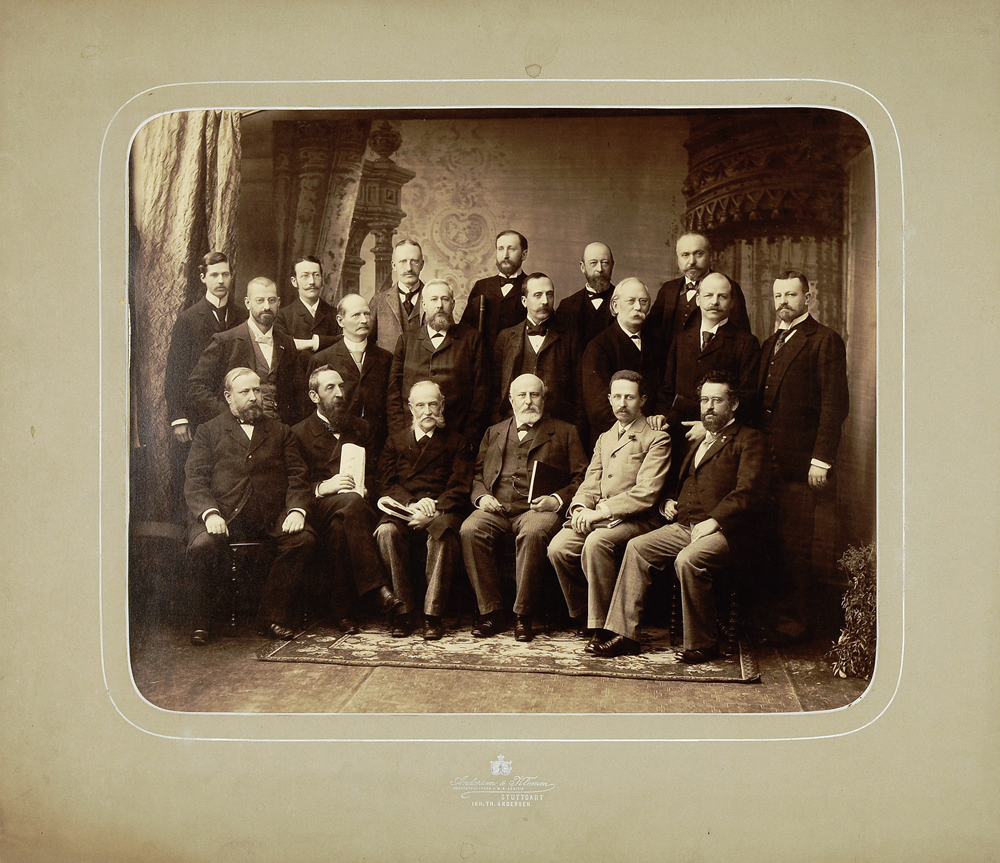
Gutekunst's sincerity, his incorruptible eye, his finely tuned understanding of quality and his warm sense of humor earned him the unlimited trust of the broadest circles. When he retired from art dealing after more than 50 years in the business to leave the field to his long-standing and equally well-qualified employee Wilhelm A. Gaiser, Wilhelm Lichtwark from Hamburg took the floor at the solemn auction dinner at the illustrious Hotel Marquardt in Stuttgart: “Your friends and admirers whose feelings and wishes I am honored to express here have been unable to escape a sense of melancholy when they heard that this 66th auction will be the last one presented by you in person. All of us feels as if this is also the end of a chapter in our lives. Since 1868 when you led the first auction in Stuttgart you have understood the art of attracting unheard of treasures to Stuttgart. Collectors, art dealers and museum dignitaries from all of Europe and America have followed the attraction of your auctions to work here for many weeks every spring […]. The ambiance was really special […], the auction room in the beautiful Königsbau […], the pleasant neighborhood around Hotel Marquardt where all of us lived […], the togetherness as guests at your table for the auction dinner […]. Everybody who got to know you better knows that with you one of the last representatives of a dying breed of German art dealers is retiring from public life. […] A man whose education and interests are rooted in the 1850s could not guess that he would be part of the pathbreaking developments in the current world of art dealing. But he brought up two highly gifted and capable sons [Otto and Richard] who applied the lessons and strict principles they learned at the house of such a father to old as well as living art in the new and fertile soil of London to not only earn the trust, but also the friendship of collectors and museum directors […].”
Collections that to this day make hearts beat faster passed through the hands of H.G. Gutekunst, this aristocrat in his field, and from 1910 to 1914 those of Wilhelm A. Gaiser: Keller, Durazzo, Hebich, Weigel, Angiolini, Straeter, Habich, Cornill d’Orville, parts of Waldburg-Wolfegg, Novak, Artaria, Grisebach, Perry, Rumpf, Lanna (graphic art and drawings) and Theobald, to mention only some of the most important. The final big highlights in H.G. Gutekunst's career were the auctions of the collections of works on paper of Baron Adalbert von Lanna from Prague, the prints in May 1909 (328 lots by Dürer, 241 lots by Rembrandt, 3,075 in total), and the drawings in May 1910, 608 lots. The drawings collected by A. von Lanna during his lifetime were of an abundance that can hardly be comprehended today. The group of drawings by Dürer made up 15 lots. Two were of particular importance: the preleminary drawing for the “Adam und Eva” engraving of 1504 (Strauss 1504.17) and the ink drawing with white heighening “Ein kniender Mann” on blue paper dating from 1506. The collection catalogue sent to the US in good time attracted the attention of the New York banker J. Pierpont Morgan. After a long bidding war he acquired the “Adam und Eva” drawing for the then astronomical price of 65,000 gold marks. This price had a signal effect, as it was one of the highest prices achieved in the auction world of the time. None of the many auctions held since 1910 has offered a Dürer drawing of similar importance. To this day this drawing is one of the principal artworks of the J. Pierpont Morgan Library in New York.
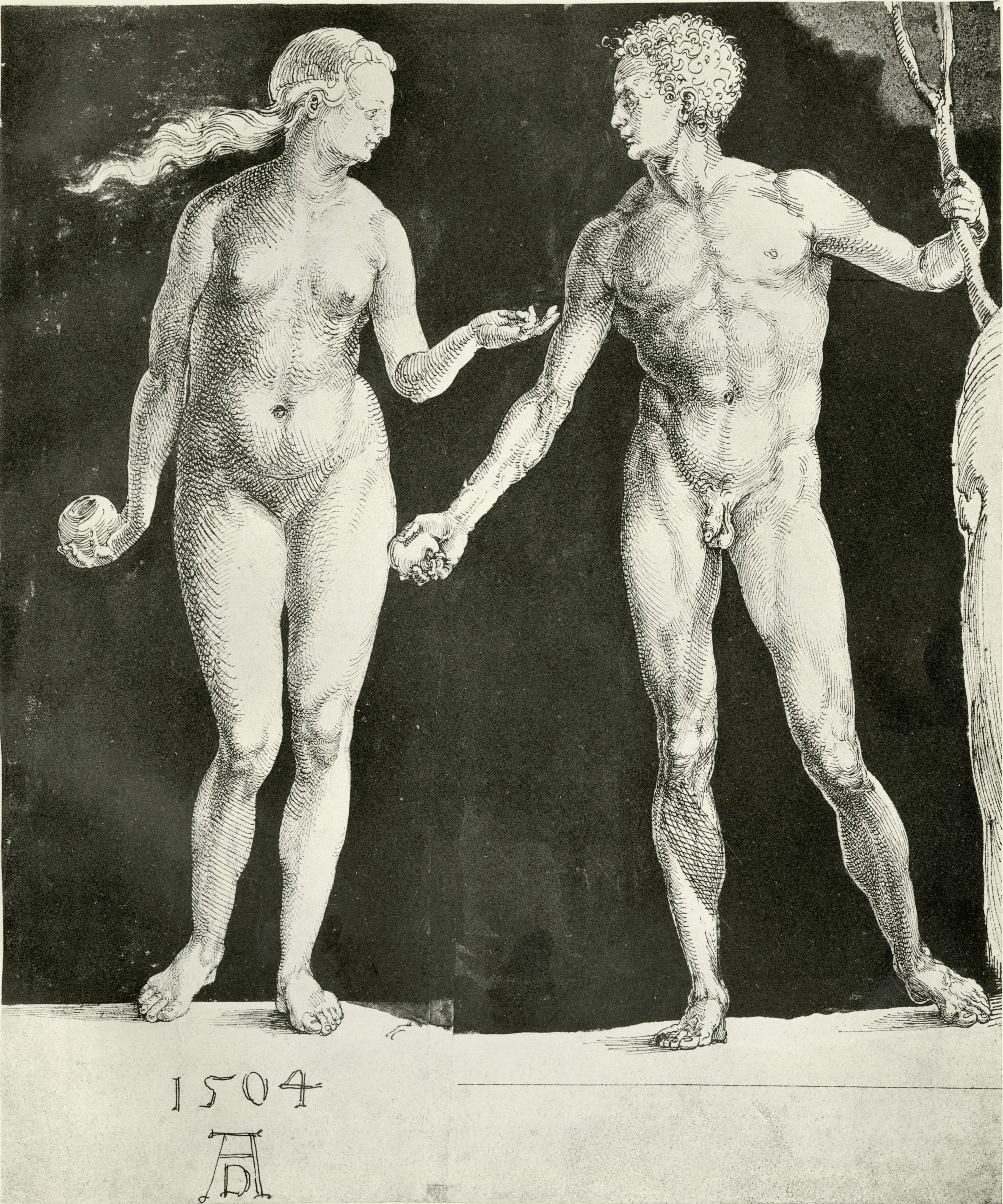

The first head of the auction house only enjoyed a few years of retirement before he died on 4 January 1914, eight months before the final collapse of the peaceful world in which he was privileged to live. Wilhelm A. Gaiser had the same skills as his predecessor. Following the successful Lanna and Theobald auctions that marked H.G. Gutekunst’s retirement from active business life he took over as manager of the auction house and acquired the Scholz collection from Budapest for auction the next year. Then came Gellatly (brokered in London by Richard Gutekunst), Baxter, Rumpf, Schröter, Autenrieth and in May 1914 the second part of the Peltzer collection. The outbreak of war on 1 August 1914 hit him very hard. Lost to the world and deep in thought he became the victim of a tragic car accident while walking in the road in 1915. Richard Gutekunst, who was surprised by the outbreak of the war on 1 August 1914 while on vacation in Switzerland and as a German was not allowed to return to London took up residence in Stuttgart and in Frankfurt am Main where he put his extensive experience at the service of F.A.C. Prestel. Stuttgart was closed down, but its important reference library and great intellectual legacy provided the foundation for the establishment of the company Gutekunst & Klipstein in Bern shortly after the end of the war in 1919.
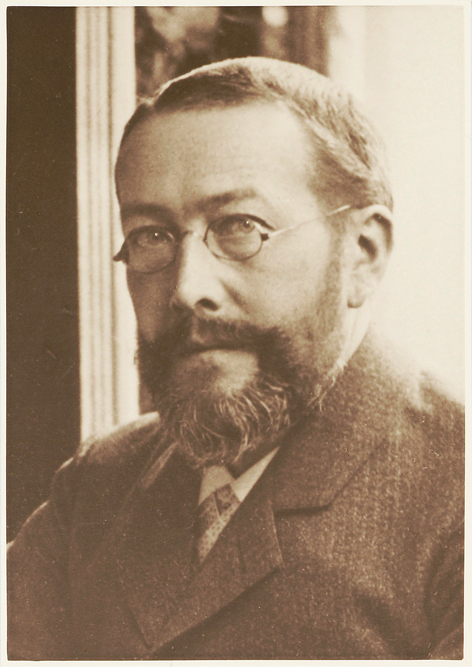

He was born in Stuttgart two years before the sale of the Durazzo collection started in 1870. He attended school in Stuttgart and together with his cousin Alfred Stroelin survived a difficult apprenticeship at Papier- und Kunsthandlung Schaller. In 1890 he had to take the final decision regarding his profession. In a family where his father, his uncle Georg and his brother Otto were important art dealers and his cousin Alfred Stroelin was preparing for an important career in this profession it was impossible to avoid a future as “print dealer”. His brother Otto gained some experience in London while working with Deprez and was happy to take his younger brother with him to England as his assistant. In 1885, “Gutekunst and Deprez” took over the estate of A.W. Thibaudeau. The company continued to develop and later grew important enough to take over the big London house P. & D. Colnaghi together with Gustav Mayer.
Richard Gutekunst was introduced to art dealing in London and built up good relationships with the big collectors of the time such as Morrison and Seymour Haden. When the fantastic collection of Seymour Haden went on auction in 1891, Richard Gutekunst was able to go to Paris for two days to show the most important prints to the big collector Edmond de Rothschild and his secretary Silvy. After the good first years in London, he temporarily returned to Stuttgart in 1893, primarily in order to gain further training with the important prints and drawings departments in Germany. Alfred Stroelin took over his position in London before moving to Paris in 1895. The engravings at the departments in Dresden, Berlin and Stuttgart were conscientiously studied and the in-depth knowledge that was gained was applied for the first time to the cataloguing of the Angiolini collection, the auction of which was a big success in May 1895. With these skills, Richard Gutekunst was equipped at the age of 25 to open his own business in London in May 1895. To this day there are gallery frames in our archives with the label “Kingstreet 16, St. James S.W.”.
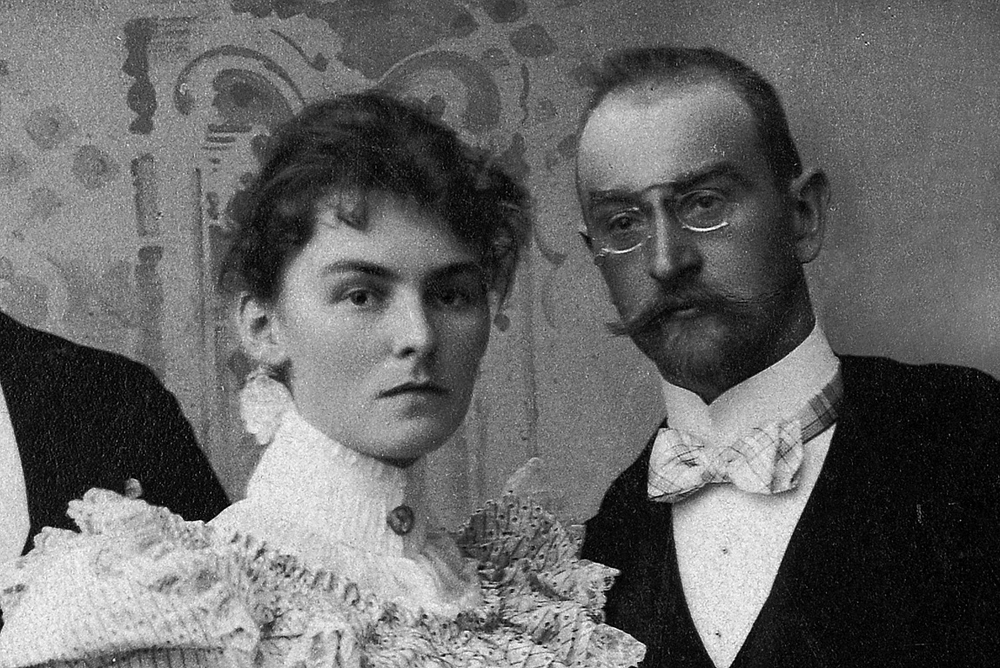
During the next 20 years or so, Richard Gutekunst became one of the best known print dealers of his time. This made it possible for him to always put aside some of the best prints for himself and to slowly build up a private collection that is still legendary for its quality. But it was not only the market for old prints that was thriving, and important English etchers of that time like Legros, Cameron, McBey and Whistler were also trusted associates of the auction house. Richard’s success was marked by milestones such as his appointment as a member of the Society of Art, the move to the beautiful gallery rooms at Grafton Street in the vicinity of Bond Street, and the publication of parts of the print collection in the renowned “Studio” art magazine in 1912.
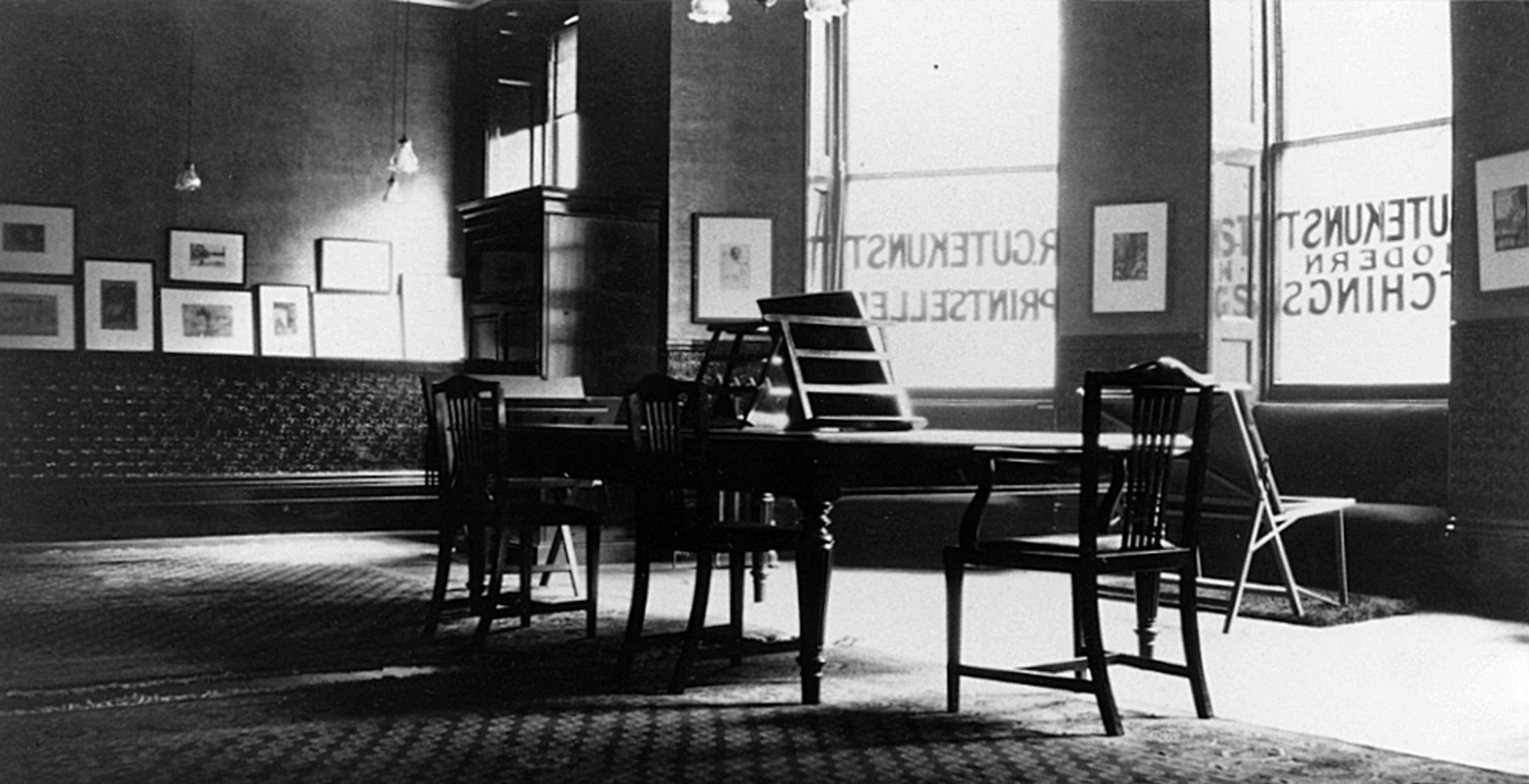
The catastrophe that occurred at the beginning of August 1914 surprised Richard Gutekunst, his wife and two children while vacationing in Switzerland. Cut off from London, the only thing to do was to move to Stuttgart and later to work for F.A.C. Prestel in Frankfurt am Main. As became known later, the gallery and private collection in London were lost for all time, sequestered by England.
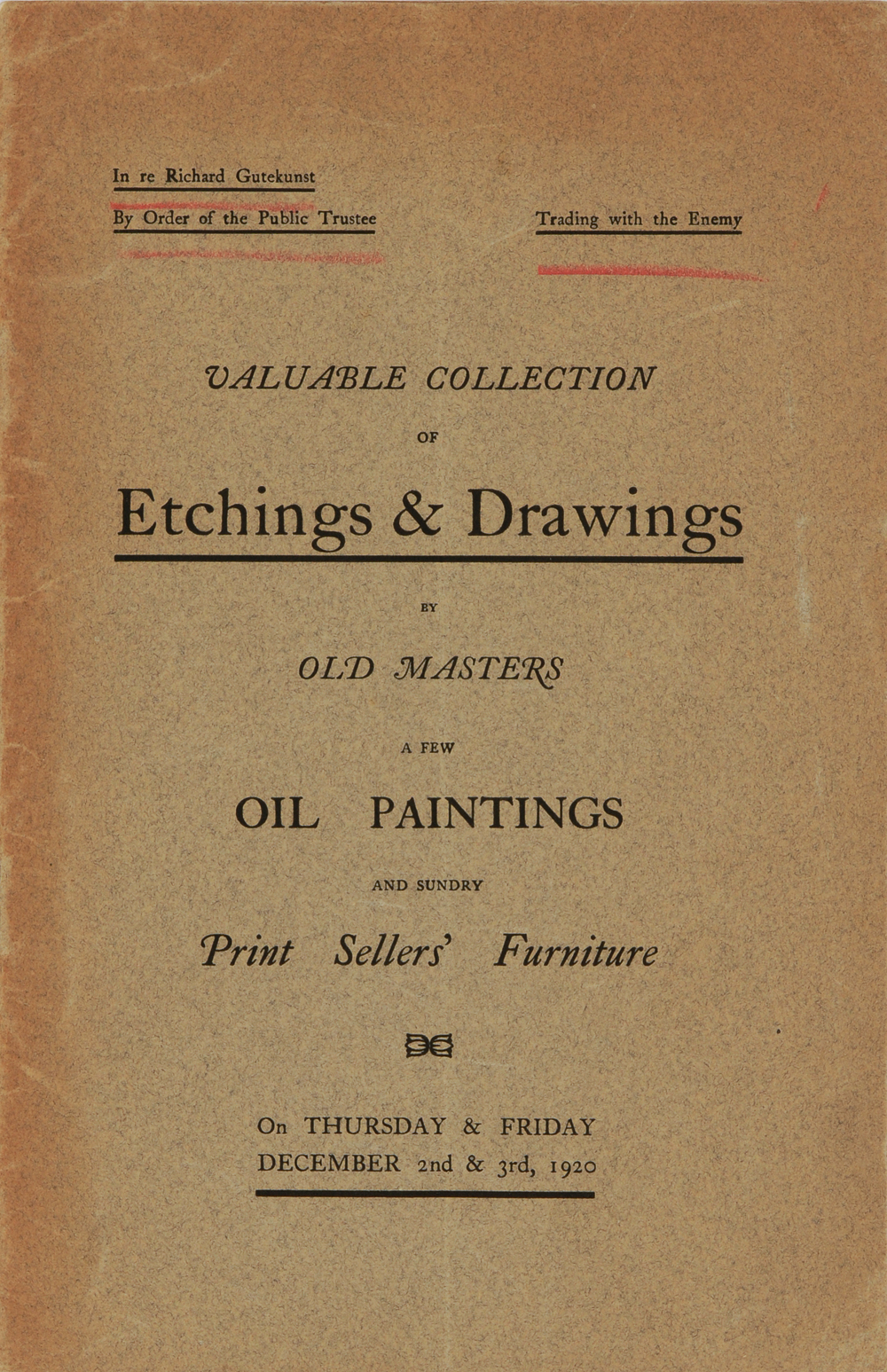
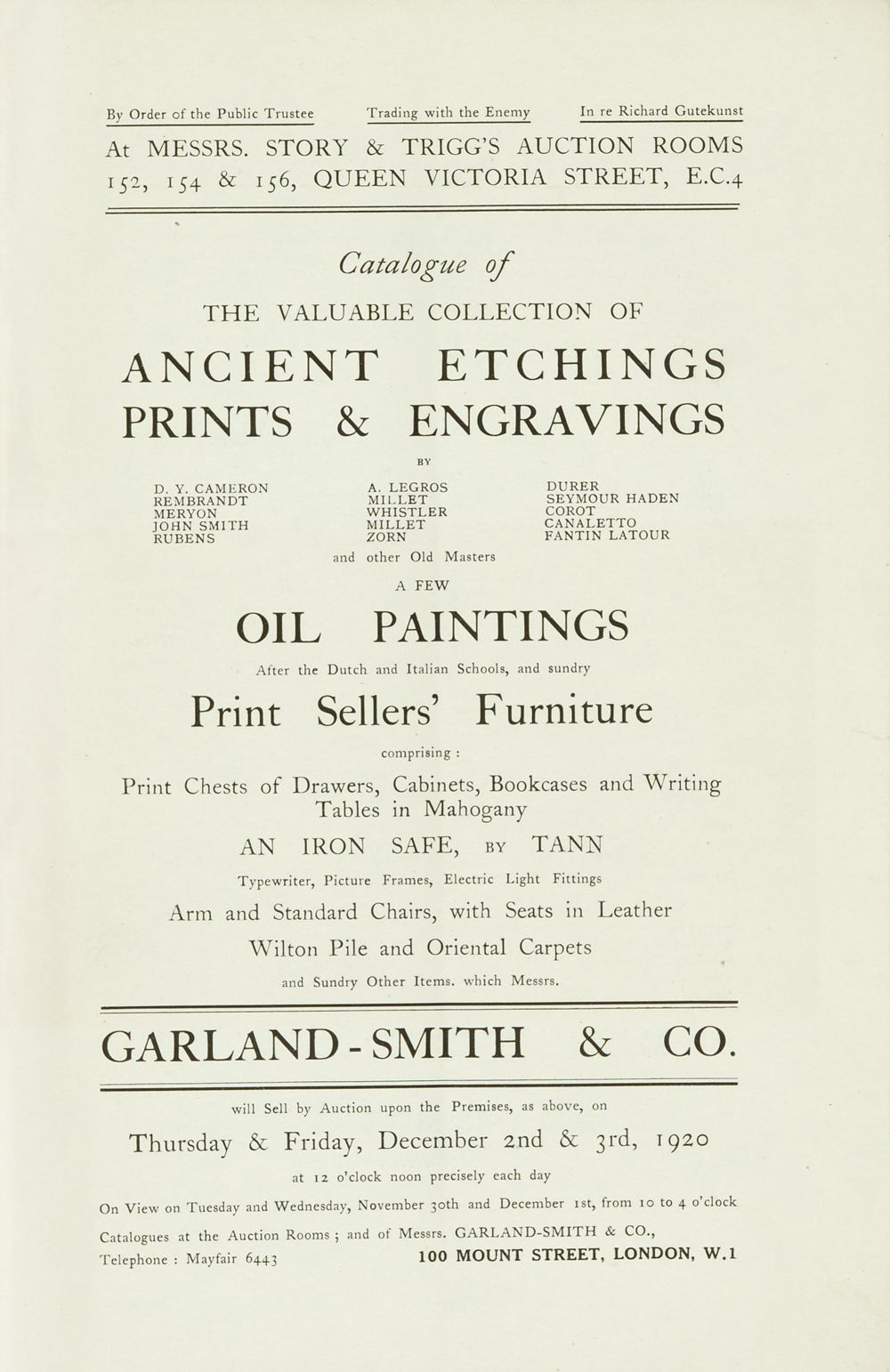
In a suburban cellar in London, a small auction house mandated by the British government auctioned the entire collection (including 71 first-class etchings and drypoints by Rembrandt) at the beginning of December 1920 at an auction called “By order of the Public Trustee – Trading with the Enemy – R. Gutekunst”, an auction memorialized by Frits Lugt in Volume 1 of his “Marques de Collections”.
But working temporarily at F.A.C. Prestel during the war years in Germany, Richard Gutekunst laid the foundation for a new chapter of the auction house in Bern. While working with Dr. August Klipstein to catalogue the Goldschmidt auctions at Prestel in 1917, the two men became firm friends and decided to join forces. They had lost their trust in England as well as in Germany and opted for Switzerland. “Gutekunst und Klipstein” was founded in Bern and entered in the Commercial Register in 1919. August Klipstein, born in 1885, first studied in Munich, then in Bern under Worringer and Weese and obtained his doctorate in 1914. The famous trip to the Near East and Greece in the company of Charles-Édouard Jeanneret, later known as “Le Corbusier”, took place during his Munich years. After his marriage to Frieda Jaeggi from Bern he accepted a position with Prestel in Frankfurt am Main. He was pleased about the opportunity to return to Bern with Richard Gutekunst and revive the good times of the houses in Stuttgart and London.
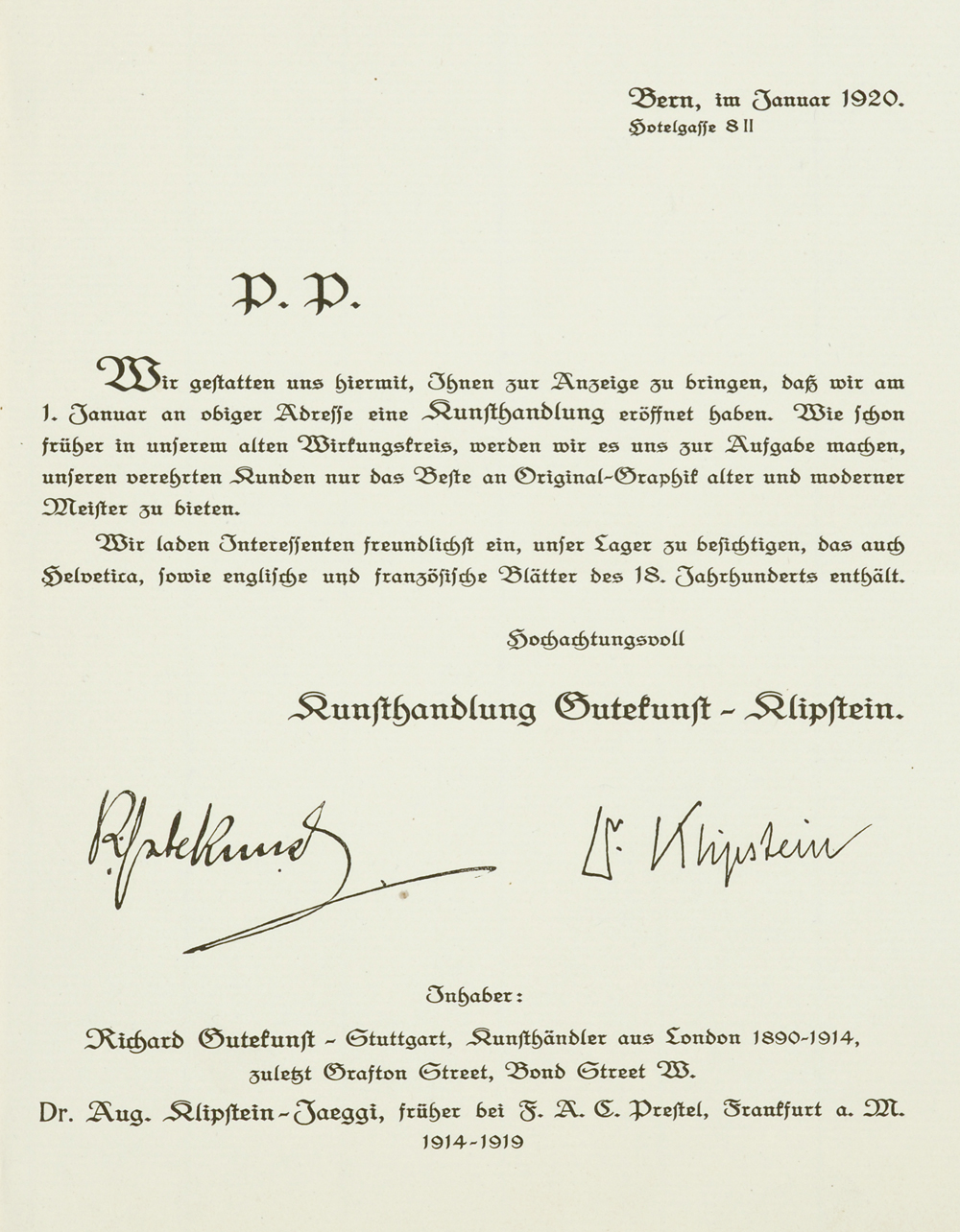
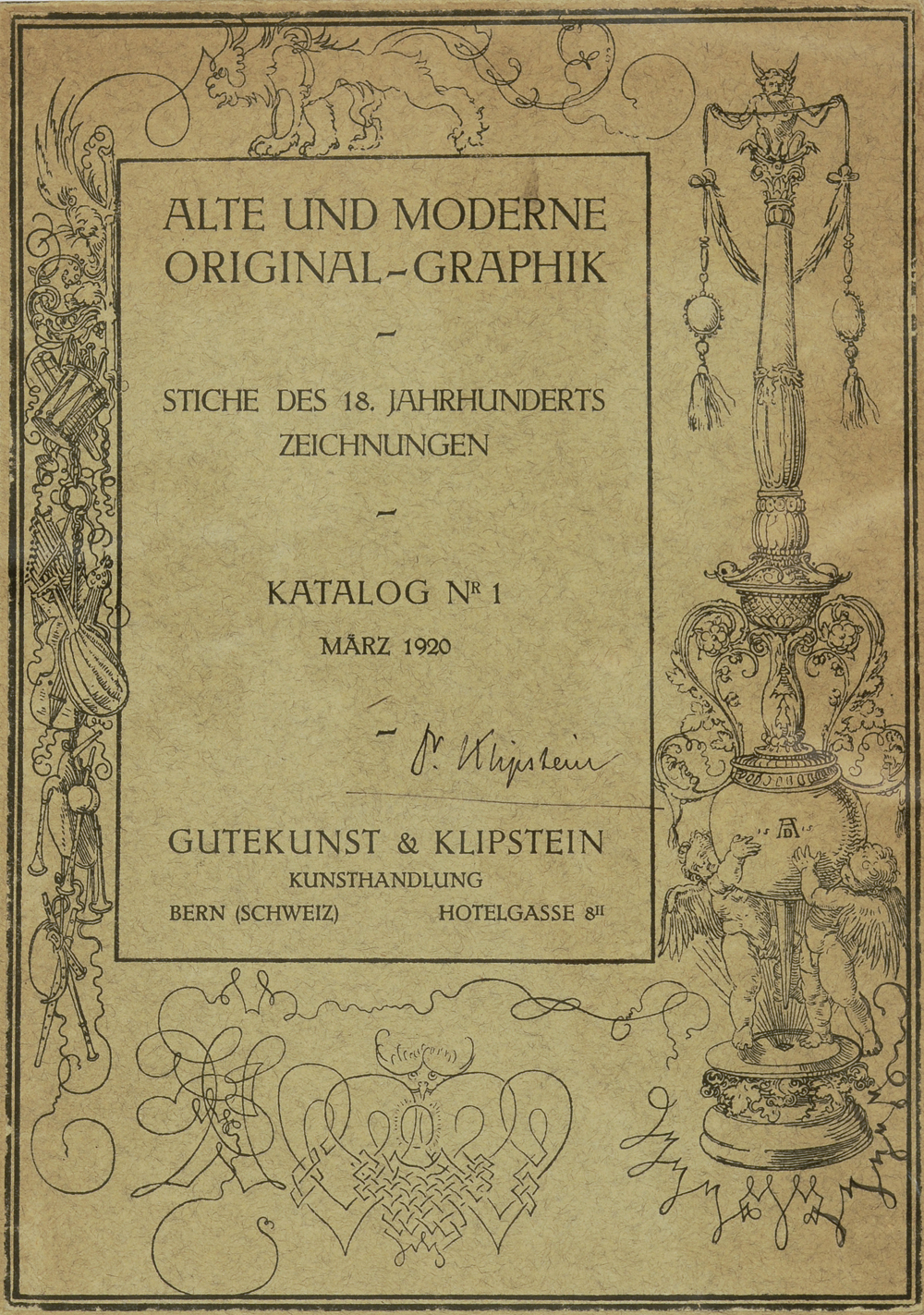
The company’s first place of business was located in the tranquil old city of Bern at Hotelgasse 8 in the vicinity of the Zeitglocketurm. The notice of its opening was sent out to the world in January 1920 and the first inventory catalogues were published in the same year. The dealership quickly saw growing prosperity, renewing old relationships with Stuttgart and London, and Bern soon became an important dealing center for old and shortly also for new graphic artworks. After the disappearance of the auction house H.G. Gutekunst in Stuttgart, C.G. Boerner in Leipzig became the Continent's leading auction house for graphic arts. At this time, Bern was still too small a platform for auctions and Richard Gutekunst preferred to peacefully trade as a dealer rather than operate an auction house. The inventory catalogues from the 1920s offer an abundance of precious objects, in particular old prints and drawings. But new graphic artworks were included more and more often. While still in London, Richard Gutekunst mainly focused on English artists, but under the influence of August Klipstein, German, French and Swiss artists received more attention. Hodler was shown for the first time in 1921, followed one year later by Welti, and from 1924 artists such as Bonnard, Degas, Matisse, Munch, Picasso, Pissarro, Renoir, Toulouse-Lautrec, Utrillo, Vuillard and many others were also included.
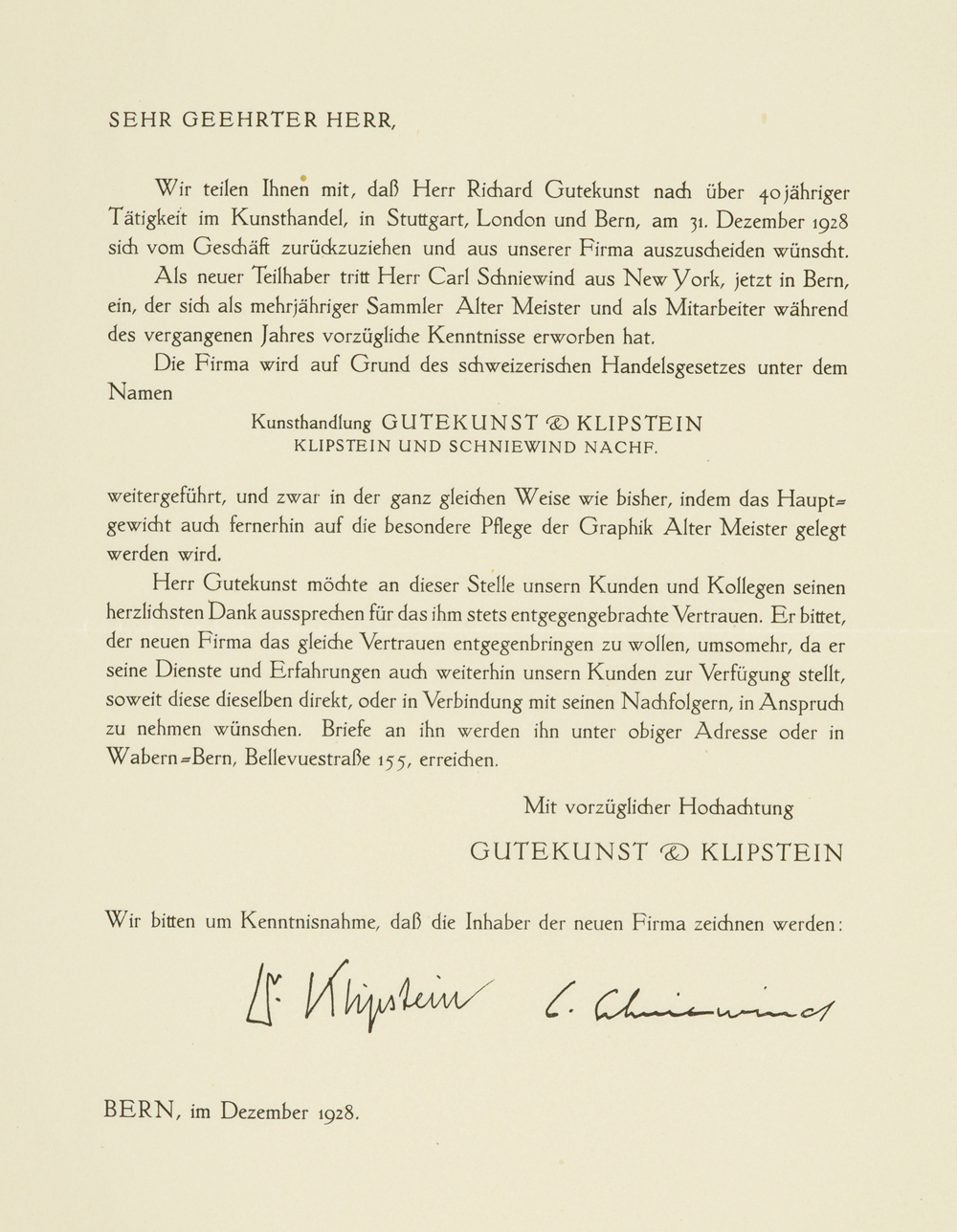

The good economy during the years from 1924 to 1928 ensured fast sales and it was easy to sell inventory items. At the exact right moment, Richard Gutekunst decided in 1928 when he turned 60 to retire from active business life. This retirement saved him from much hardship. The big economic crisis came in 1929, and the inventory, bought at high prices, gathered dust for many months. It took years for the company to recover. As the successor of Richard Gutekunst, August Klipstein entered into association with the American collector Carl O. Schniewind living in Switzerland, who was previously a good customer. This association was short-lived, however, and Klipstein took over the company on his own. Schniewind first moved to Paris, then to New York where he became Curator of Prints and Drawings at the Brooklyn Museum before very successfully holding the same position in Chicago for many years.
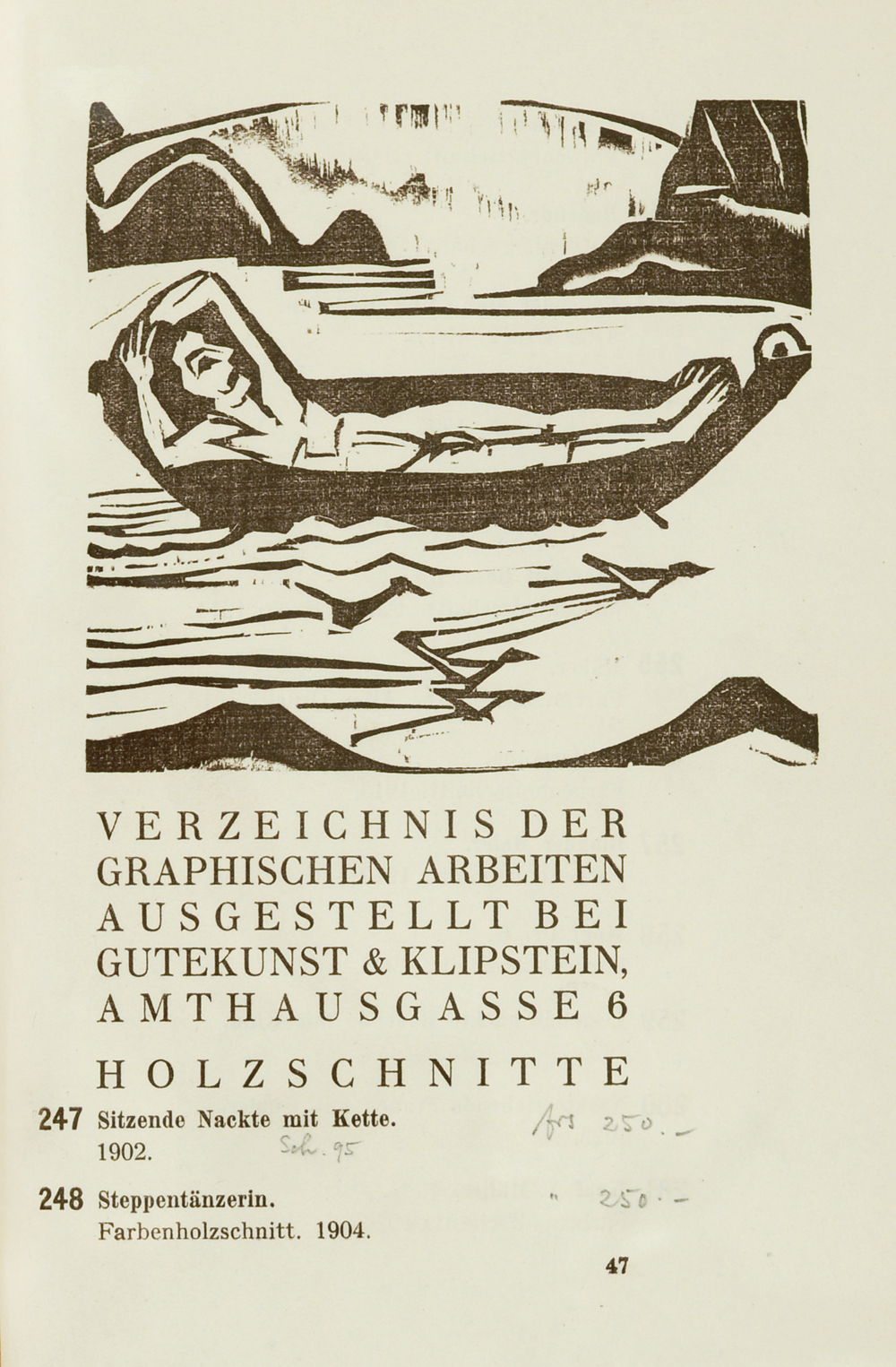
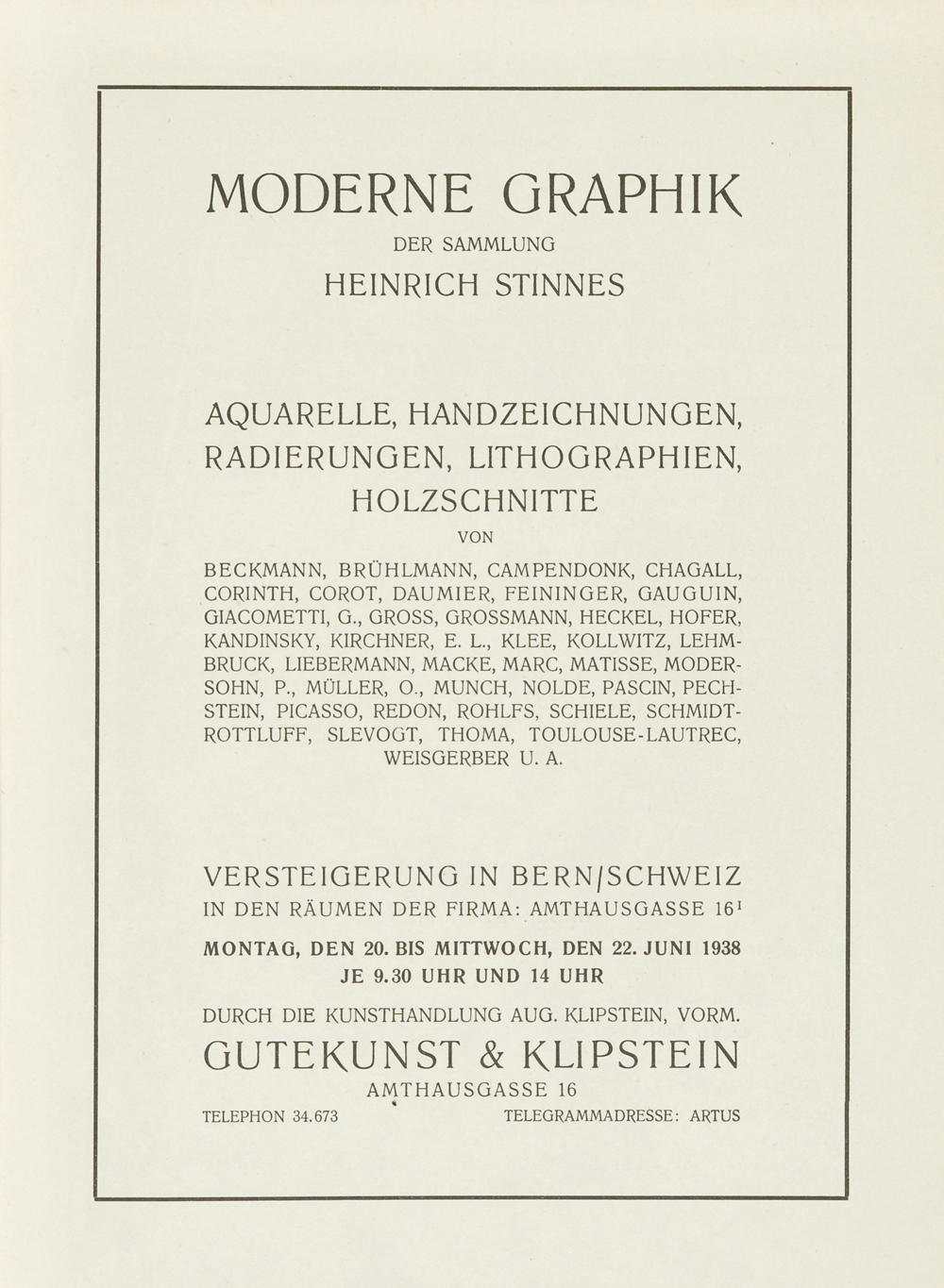
At the beginning of the 1930s, the company moved to new and bigger premises at Amthausgasse 16, where it was easier to revive the auction activities in 1934. This was an important step. Inventory catalogues now appeared at longer intervals, but auction catalogues were sent to all the world in spring and autumn. The auction of the Steinwachs collection was followed by an auction of modern prints and then by an auction of old prints in 1936. 1938 saw a first highlight: in addition to important old prints, large parts of the Heinrich Stinnes collection from Cologne were presented, works that could no longer be sold in Germany because they were considered “degenerate art” by the National Socialist party. Collectors and dealers arrived from all over the world to attend this manifestation of German expressionist and abstract art. Brave German collectors sent in bids. The 1,300 lots included an abundance of artworks that are still highly valued, but the oversupply of expressionist art at the time depressed the prices. The most expensive watercolor by Paul Klee cost 690 francs, by Kandinsky 510 francs, by Kirchner 500 francs and by Franz Marc a surprising 1,650 francs. A beautiful Picasso watercolor could be bought for 500 francs, and an early 1904 impression from the “Saltimbanque” group dedicated to Guillaume Apollinaire was available for 900 francs. Tempi passati.
In 1932, Ernst Ludwig Kirchner worked closely with Max Huggler to prepare the beautifully presented exhibition at the Kunsthalle Bern which opened on 5 March 1933. The Kunsthalle exhibition included oil paintings, watercolors, sculptures and drawings. The graphic artworks were exhibited by August Klipstein at the Amthausgasse premises but were included in the same catalogue designed by Kirchner. The catalogue listed 27 color and single-color woodcuts, 21 etchings and drypoints and only 2 lithographs. Prices ranged from Fr. 150 to Fr. 300. Ernst Ludwig Kirchner and August Klipstein remained on good terms until Kirchner's death in June 1938, and Kirchner's works appeared in many catalogues from this time.
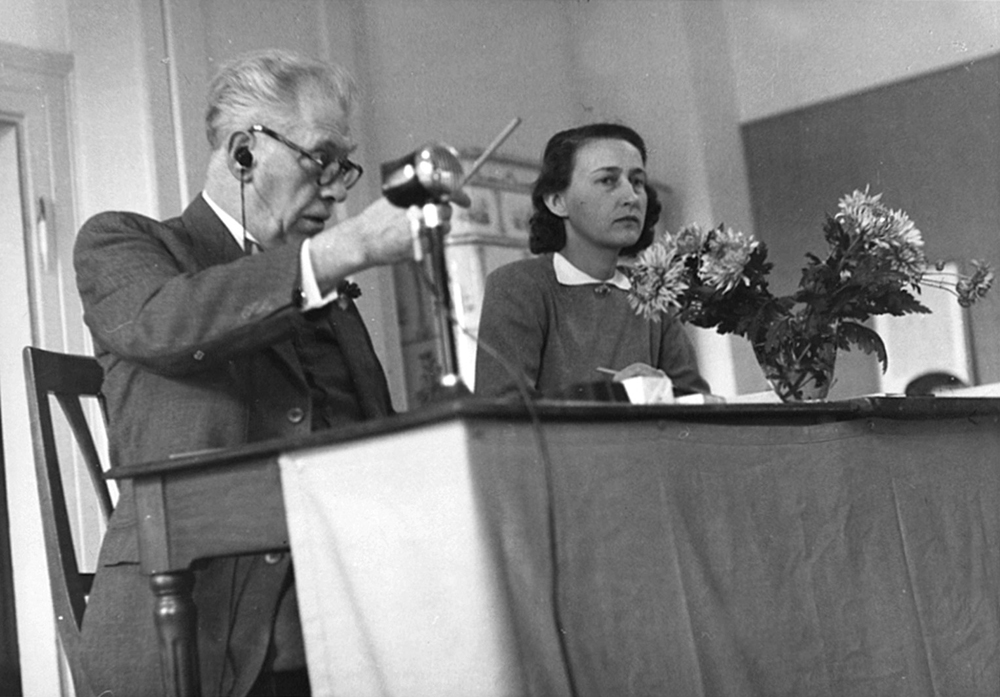
From 1934 until the beginning of the war, August Klipstein was in close contact with Käthe Kollwitz who lived in Bern and who suffered greatly under the “degenerate art” campaign launched by the National Socialist party in 1937. In a letter dated 11 June 1937 to Klipstein who shortly before organized a successful exhibition of prints and drawings in New York, the artist tells him that he is one of the few people who still support her art. Quote: “Here in Germany I may as well be buried.” Until his death in 1951, Klipstein worked on a new catalogue raisonné of graphic art, which was published posthumously after final editing by Frida Schuh, Eberhard W. Kornfeld and Hans Bolliger. Klipstein made a final personal visit to Käthe Kollwitz in summer 1939.
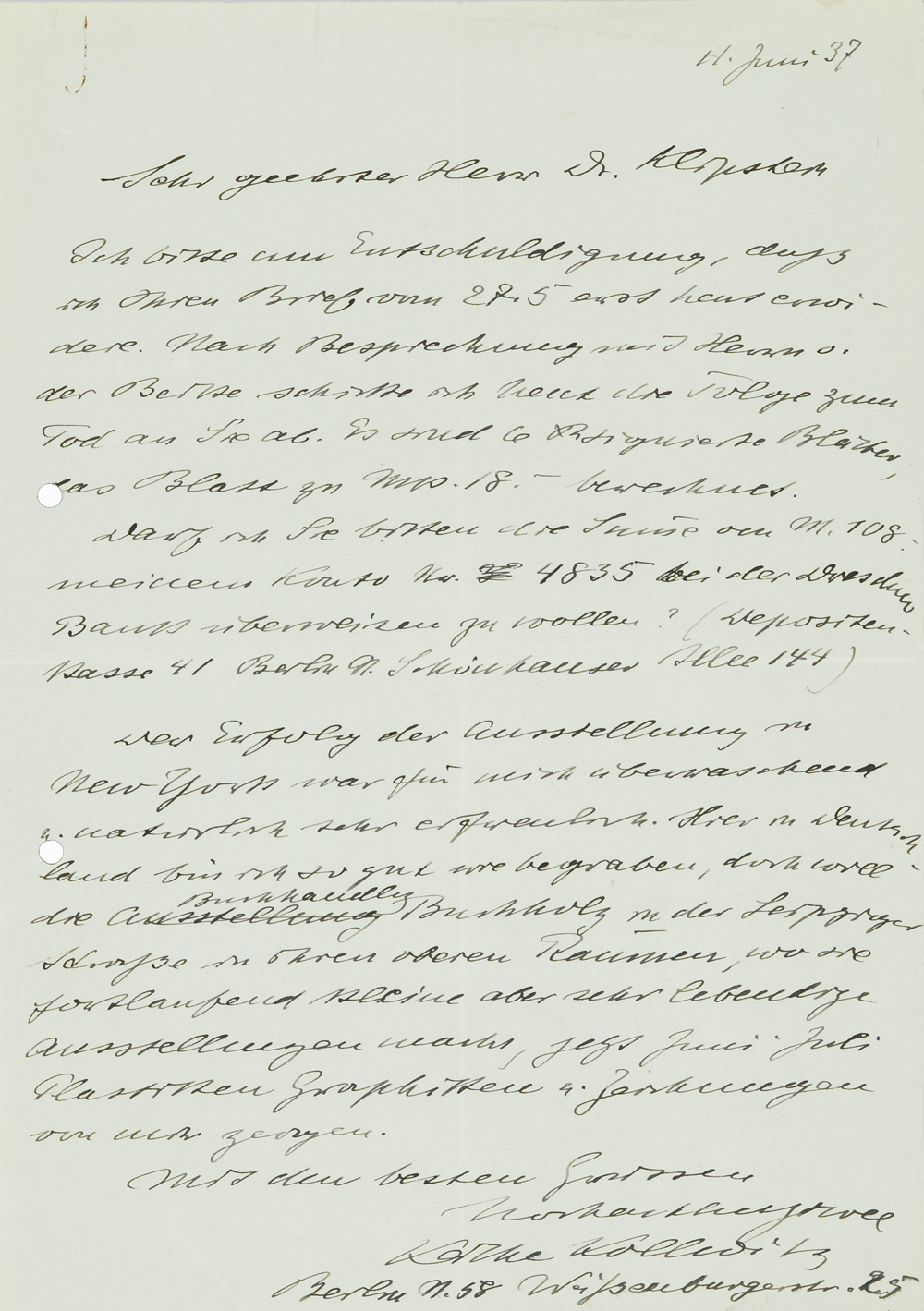
The thin but content-rich catalogue for a French collection of works by Old Masters appeared during the unpleasantly tense summer of 1939. Friends of graphic art from all over the world met around the horseshoe table for the last time before the war broke out at the beginning of September 1939: McDonald, Zinser, Schab, Collins, Barnard, Holgen, Guiot, Gobin, Cuendet, Stroelin, de Bruijn, Frauendorfer, Weiss etc. and divided the treasures between them. Contact at a reduced level could still be maintained with the US until November 1941, but then these connections were also severed and business contact was restricted to Switzerland. Helvetica from the 18th and 19th Centuries and Swiss works from the 19th century gained in importance. But the auctions did not die out completely in this difficult time. Important events included the auction of the estate of Julius Hess, the Munich art dealer, which August Klipstein collected from Germany in 1938 and installed in Bern.
Because of falling revenue, the auction house moved to smaller premises at Thunstrasse 7, and only moved from there in 1944 when the opportunity arose to take over the beautiful “Villa Villette” at Laupenstrasse 49. Two big rooms on the ground floor were combined to create an “auction room”.
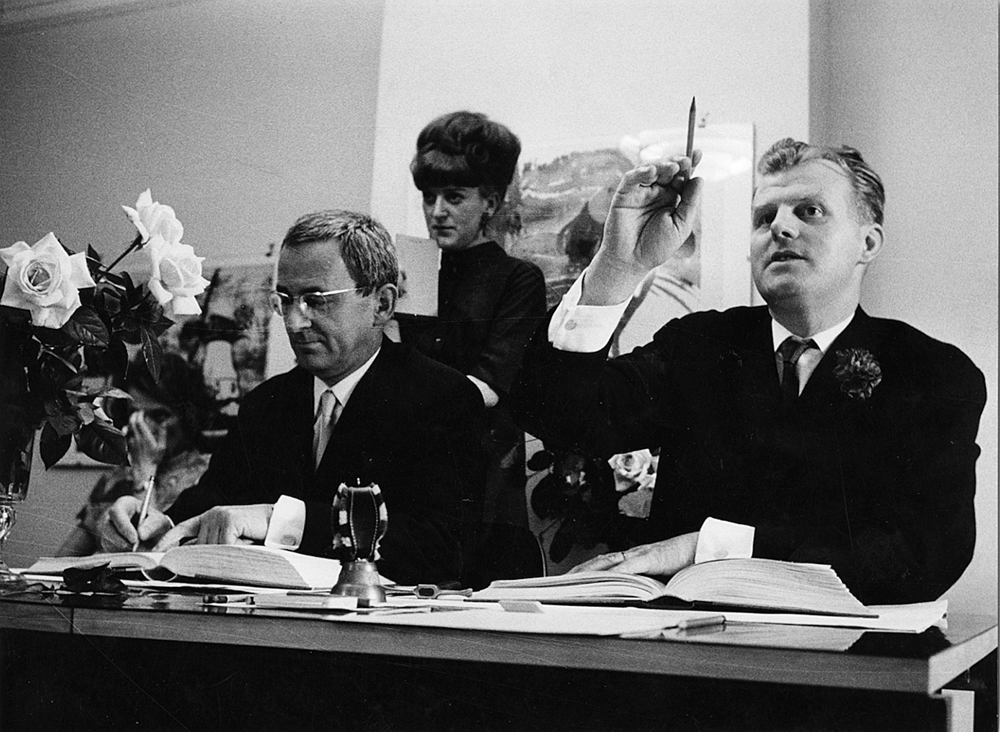
After intense preliminary talks in 1944, Eberhard W. Kornfeld joined the company in 1945 as a volunteer for three years. The first auction of Old Masters attended by an international audience was only held again in 1946 when Robinow, a collector from Hamburg who rescued his collection in 1938 by sending it to Klipstein in Switzerland gave the order from England to auction his works. The “hibernation period” was over, and a new series of important auctions could begin. In addition to important auctions of modern graphic art, the collection of Old Masters of Bertrand Weber from Menzigen (canton Aargau) came under the hammer in 1947 and remainders of the collections of Yorck von Wartenburg and Frederick Augustus of Saxony were auctioned in 1948. In 1950, works were auctioned from the collection of Ritter von Gutmann from Vienna which he managed to save in 1938 before his fabulous Rembrandt collection (which has still not been returned) was seized by the National Socialists in Vienna in 1938 and then by the Russians at Pillnitz Palace near Dresden in 1945.
Eberhard W. Kornfeld's three-year period as volunteer ended in spring 1948. During the summers he had the opportunity to work in the big departments of prints and drawings for several weeks, first in Basel, then Paris, followed by the British Museum in London, the Rijksprentenkabinet in Amsterdam and later also the Albertina in Vienna. Equipped with this knowledge, he was accepted as a junior partner at the gallery in 1948.
The collection of Maurice Delacre who died in 1938 of old, mostly Dutch and Flemish, drawings sent to us from Belgium in 1948 was auctioned in June 1949. A large group of collectors of drawings arrived in Bern to take part in many a harsh bidding war. Eberhard W. Kornfeld wrote the manuscript for the catalogue, his first independently produced “journeyman’s piece”.
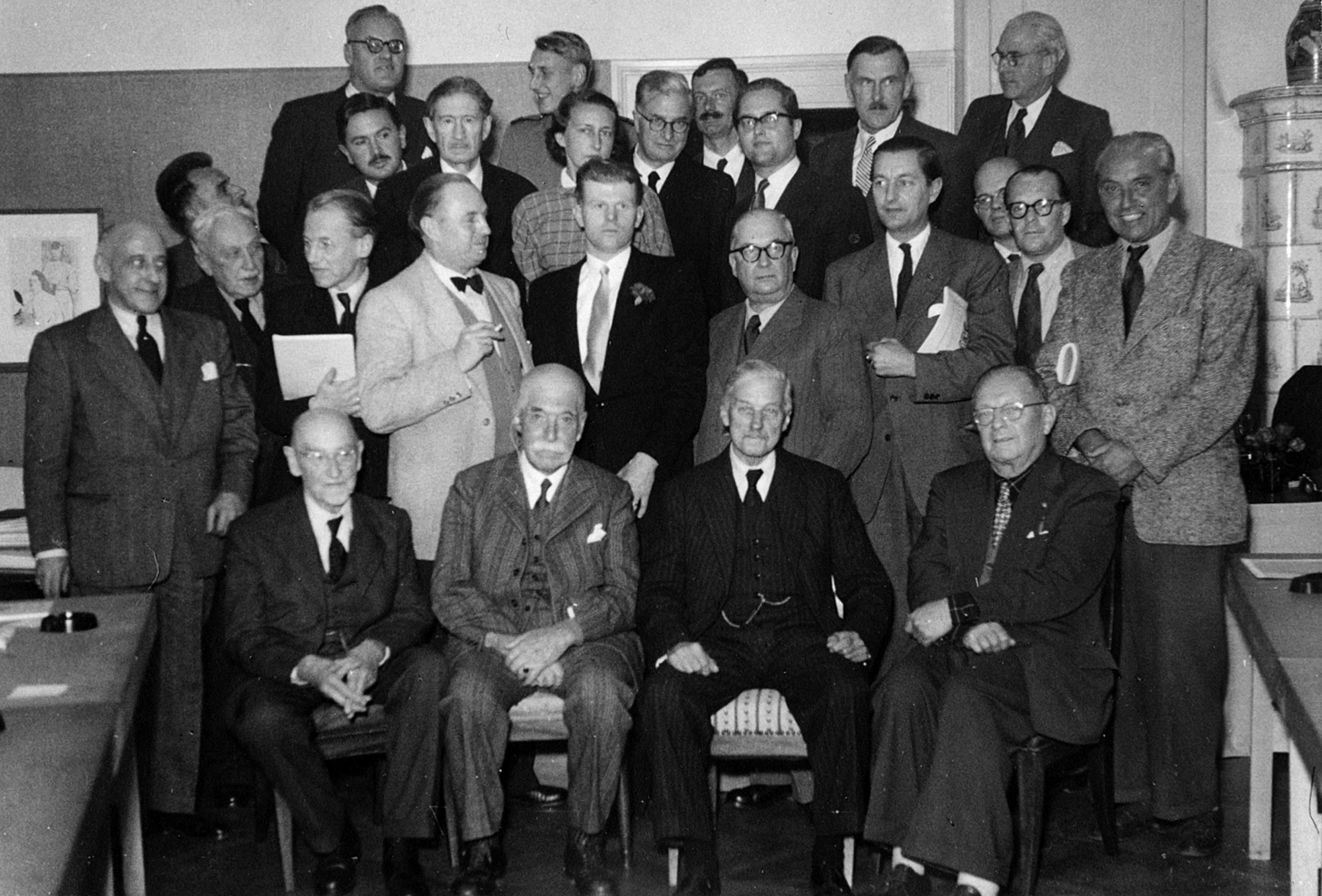
The sudden death of August Klipstein who collapsed at his desk one morning in spring 1951 brought this successful period to an abrupt end. “August Klipstein was not only an excellent graphic art dealer and outstanding expert in old and new prints, he was also someone full of character and originality. When August Klipstein opened one of his famous auctions, the private print collectors, museum representatives and art dealers from all over sat at the feet of an honored father and respected friend, just like a big family.” This was written in an obituary in 1951 by Georg Schmidt, Director of the Basel Museum.
The company was faced by a serious dilemma, as the abrupt departure of someone like Klipstein with such a strong personality had consequences that could not easily be mastered. But the decision was taken to continue with the business. Frida Schuh, Klipstein's assistant of many years who boasted a wealth of experience and Eberhard W. Kornfeld took over the reins. During many months of hard work, the fourth generation since 1864 took charge. The first success came as early as autumn 1951 in the form of an auction of top-quality Old Masters, which also included Rouart’s great Rembrandt collection from Paris. This was followed in 1952 by the collection of Maurice Loncle, also from Paris, an excellent collection of French graphic art including many rarities from the 19th and 20th Centuries. In 1953 at the last book auction the library of Baron von Simolin from Bavaria came under the hammer. In spring 1953, Eberhard W. Kornfeld decided to travel to the US for the first time by boat, the “Île de France”, a journey that took five days.
For the auction in 1953, Curt Valentin in New York obtained 560 lots from an important collection of modern art by a private American collector.
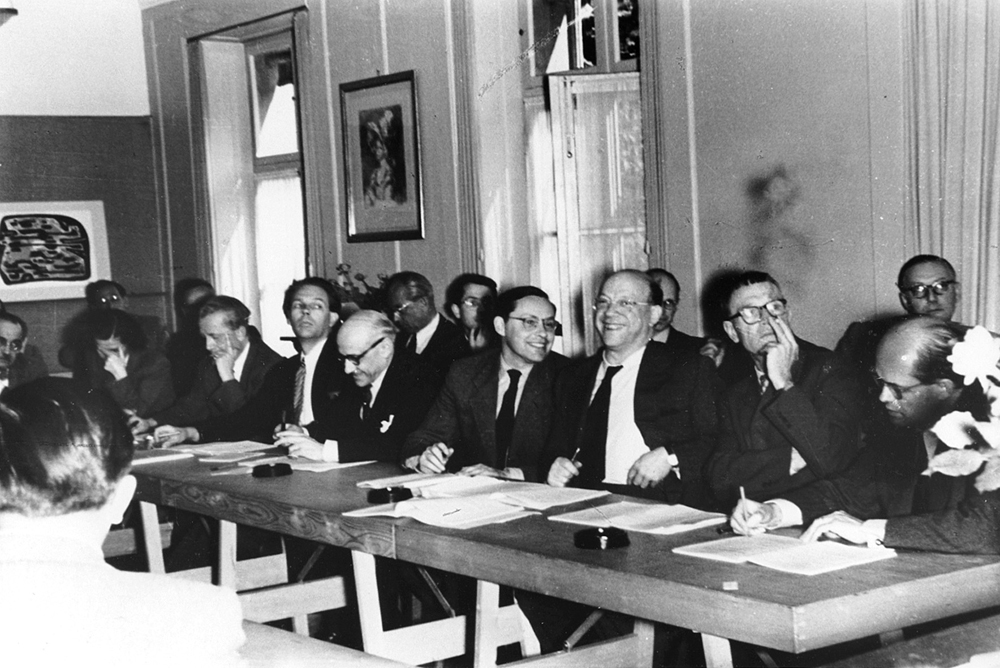
Small but content-rich exhibition and inventory catalogues were published in parallel to the auctions, such as “Les peintres de la Revue blanche” in 1953 and, as the outcome of an intense study of German art in the first half of the 20th century, the “Die Brücke / Der blaue Reiter / Bauhaus” catalogue. The company's beginning involvement as a commited publisher of graphic art dates from the same period. Thanks to good personal relationship collaborations were possible with Marini, Chagall, Zao Wou-Ki, Hayter, Clavé, Max Ernst, Singier and later also Sam Francis and Alberto Giacometti.
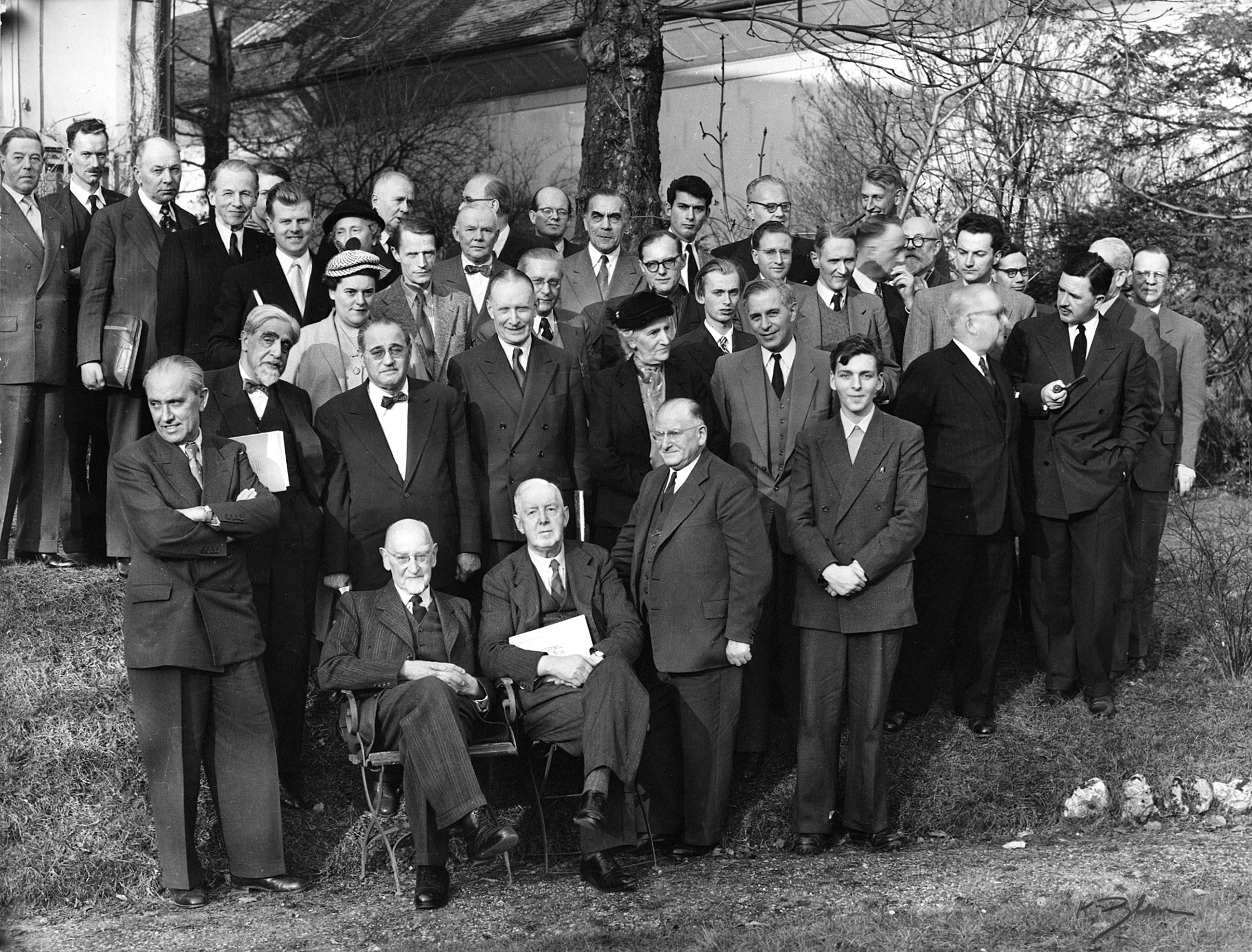
1954 was a particularly successful year with the auction of a highly important collection of Old Masters prints which included the excellent Rembrandt collection of Valentin and Werner Weisbach, which their son managed to save in Berlin and smuggled to Switzerland in 1935. The highest bid that was accepted at this auction was Fr. 34,000 for an impression of extraordinary quality of Rembrandt’s portrait of Jan Six. The same sheet was again offered at the Old Master's auction in 2014, when the hammer price was Fr. 480,000. With this outstandingly successful auction which included the brilliant Rembrandt prints, the new generation who had been at the helm since 1951 proved that they could manage the company in the same style as the previous three generations.
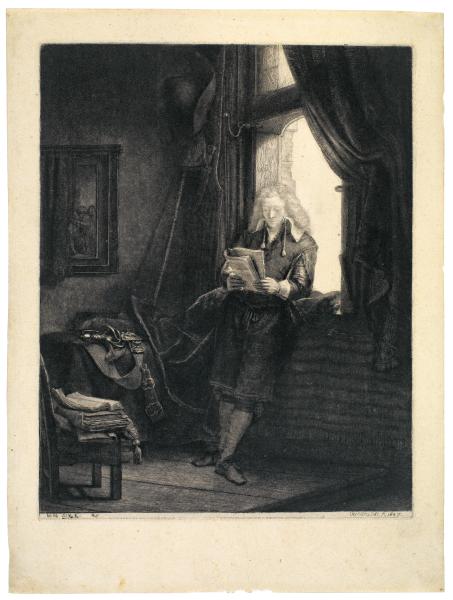

Over the years, the company's name changed many times owing to capital and liability changes. The Klipstein family was paid out in installments. From “August Klipsteins Erben” in spring 1951 to “Klipstein und Kornfeld” and to “Kornfeld und Klipstein”, then, after the departure of the last person who carried the name Klipstein, to “Galerie Kornfeld & Co.”, with Eberhard W. Kornfeld as general partner, Hans Bolliger (until 1970), Christine E. Stauffer (since 1967), Marlies Kornfeld (1965 - 1993), Jürg Kunz (since 1975) and Yvonne E. Kaehr (1980 - 2011) as limited partners.
During the period from 2004 to 2011, Wolf von Weiler made an important contribution to the company, first as limited partner and later as general partner. He unfortunately left the company at his own request in autumn 2011. Only in 2012 was the company split into two stock companies, “Galerie Kornfeld Auktionen AG” and “Galerie Kornfeld Verlag AG”.
The six special auction catalogues “Dokumentationsbibliothek zur Kunst des 20. Jahrhunderts”, issued in 1957, 1958, 1968, 1969, 1976 and 1977, a pioneering work in this field, were prepared by Hans Bolliger, who came to the company in 1955 from Kunsthaus Zurich.
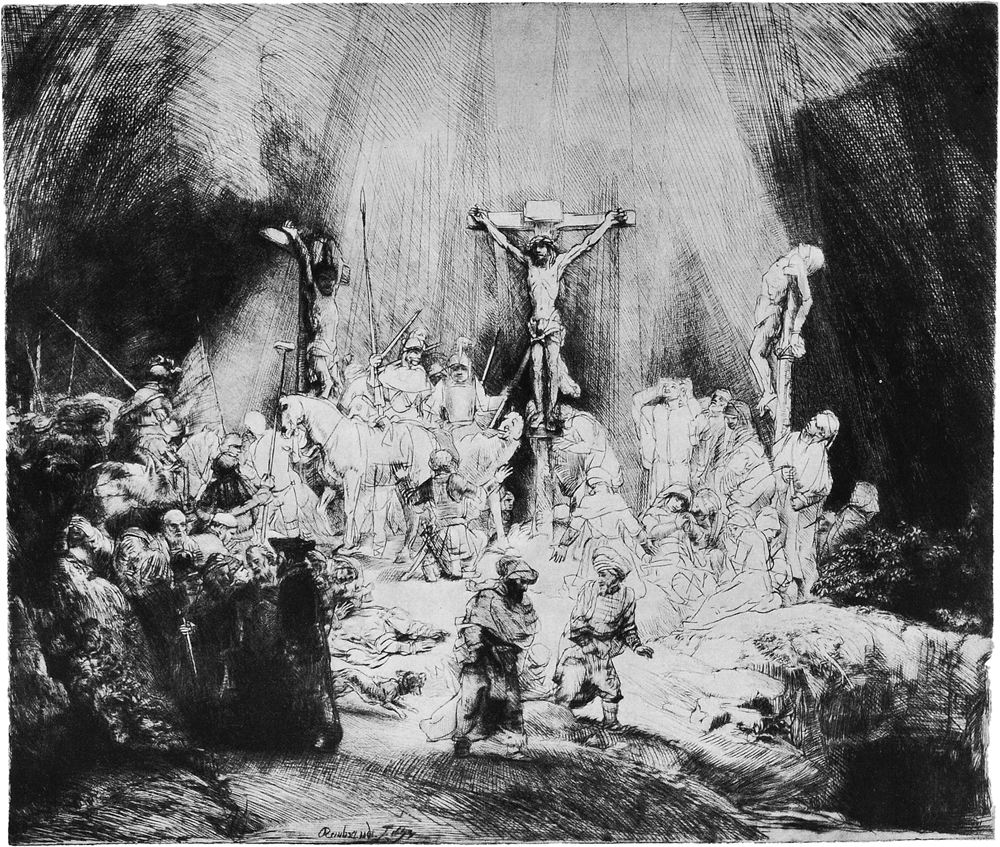
The next highlight in the field of Old Master prints followed soon in 1955 with the auction of the Atherton Curtis collection from Paris. A record price never thought possible before of Fr. 83,000 was offered for the rare second state of Rembrandt's drypoint with engraving “Die drei Kreuze”. Compared to earlier catalogue texts, the descriptions for the main prints in the Weisbach and Curtis collections followed a new style: References to previous prices, explanations of own research findings and precise pedigree information resulted in catalogue description that turned these catalogues into sought-after reference works.
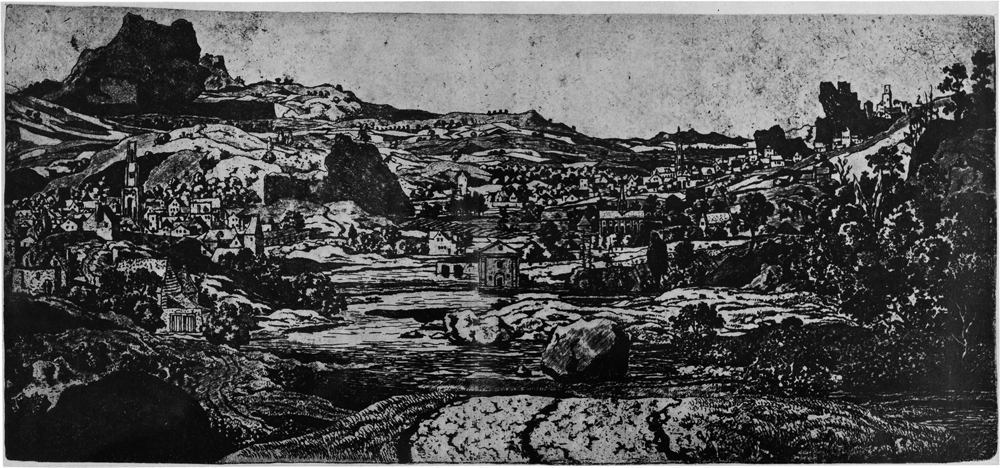
The group of collectors who contacted us for advice grew bigger every year. More hammer prices broke through the 100,000 franc mark, which was seldom seen at the time. In 1958, a very rare print of Hercules Seghers reached Fr. 128,000 (estimate Fr. 20,000), in 1959 the beautiful oil painting “Christus und die Sünderin” by Emil Nolde from the Hans Fehr collection sold for Fr. 122,000, and in 1960 Paul Klee's oil painting “Villen für Marionetten” from the Basel collection of Richard Doetsch-Benziger went for Fr. 96,000.
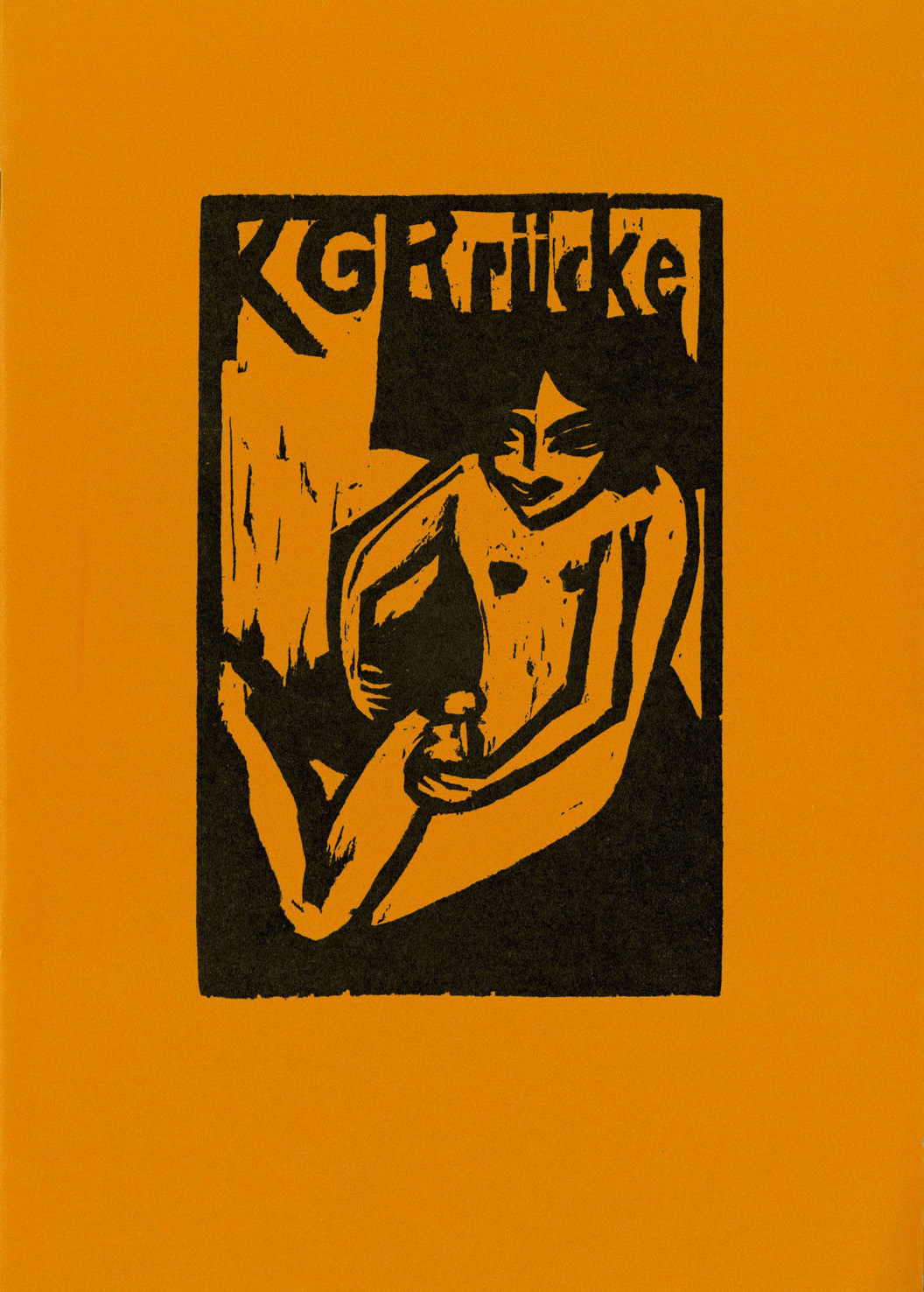
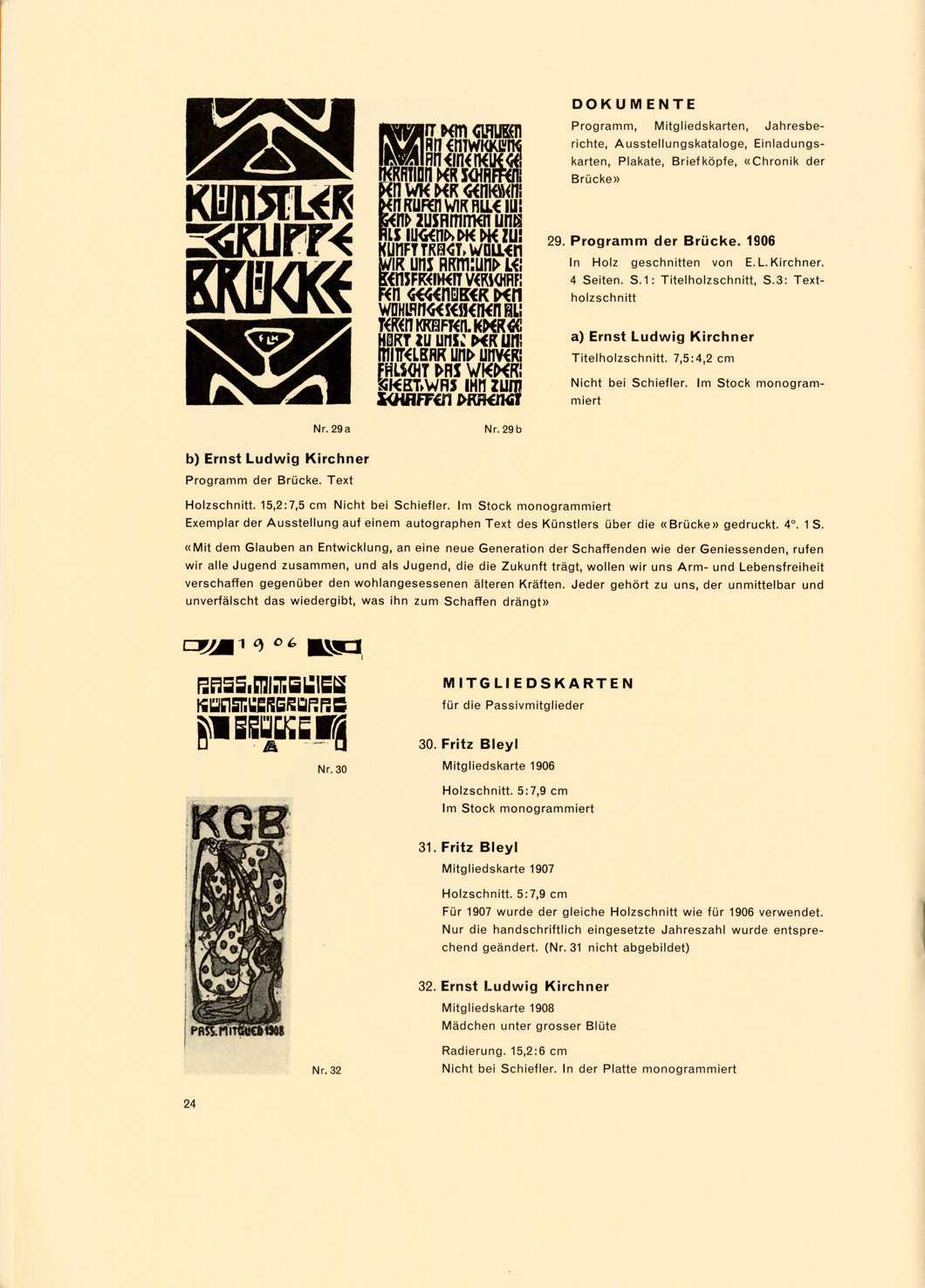
In the years from 1955 to 1957, we bought approx. 140 drawings by Gustav Klimt from various sources. Fifty of these were selected and presented in an exhibition with a catalogue that was shown in November and December 1957. The prices for these drawings ranged from CHF 200 to CHF 800.
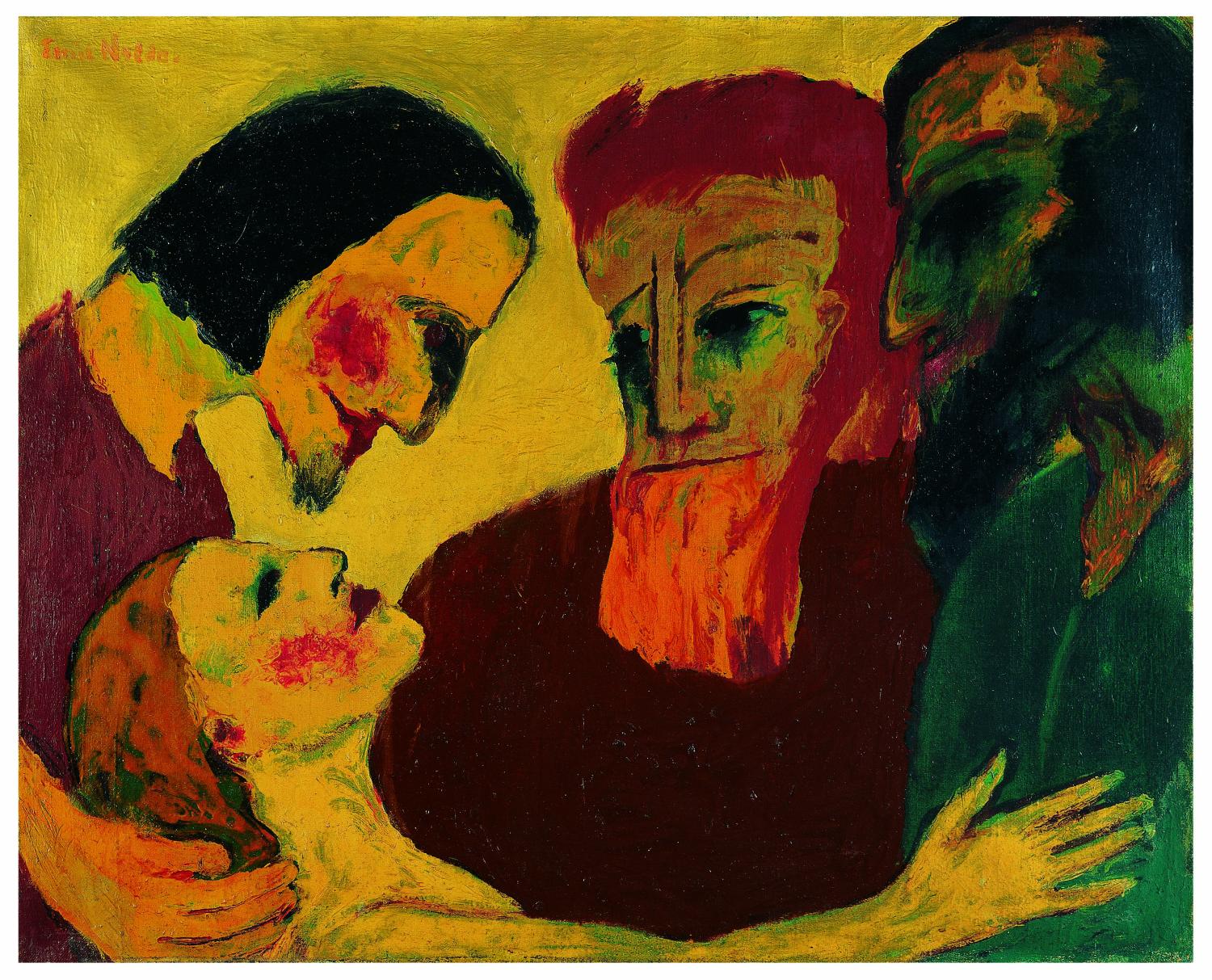
“Künstlergruppe Brücke – Jahresmappen 1906 - 1912” was a pioneering exhibition in October 1958 with a complete illustrated index of the membership cards, annual reports, catalogues and posters of this pathbreaking artists’ movement. The annual editions, publications and printed matter of this movement that played a very important role in the development of art was compiled in a single catalogue for the first time. The authors were Hans Bolliger and E.W. Kornfeld. The catalogue was dedicated to Cuno Amiet, the only active member of the movement who was still alive at the time.
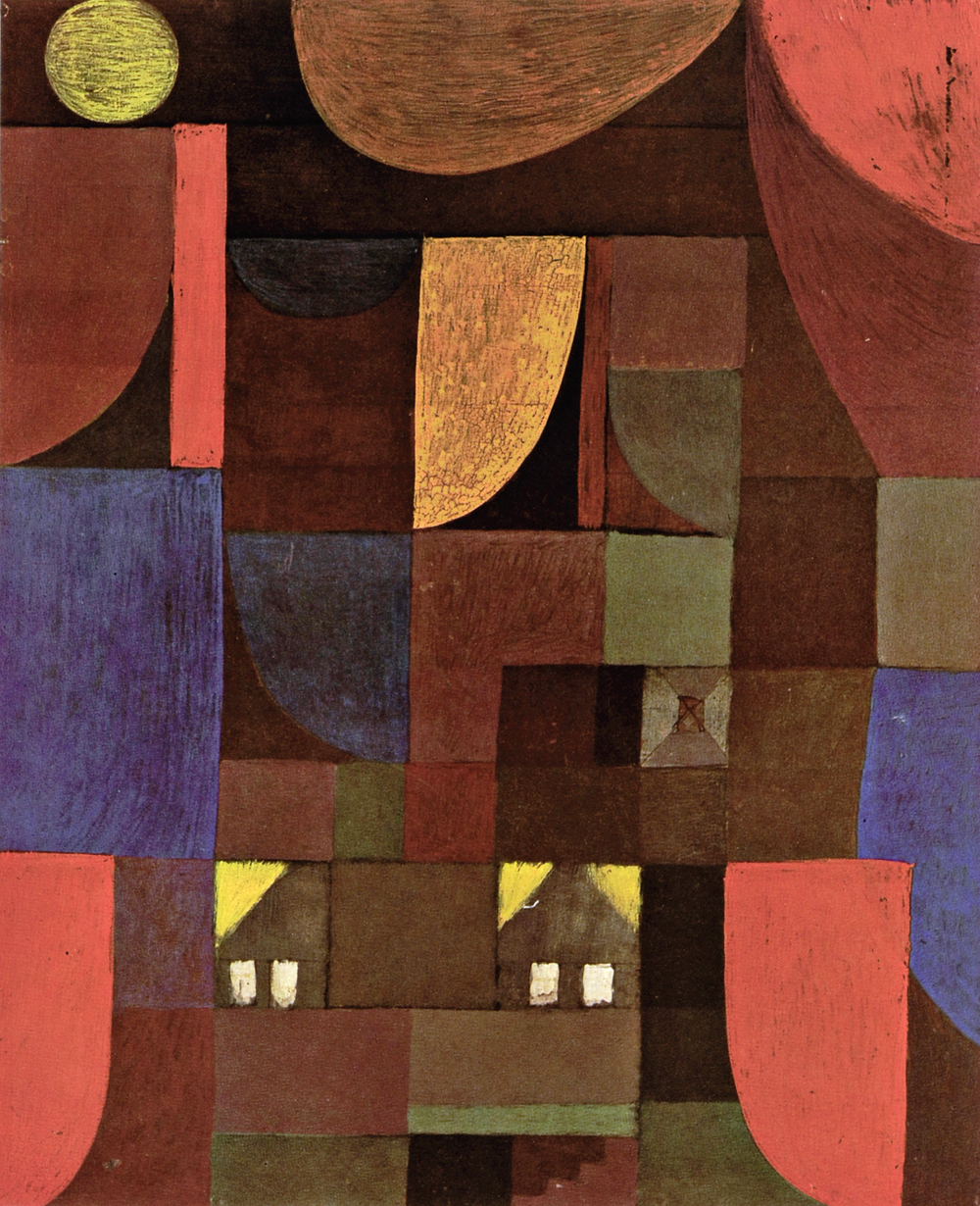

The 1950s and early 1960s were marked by lively competition with R.N. Ketterer's Stuttgarter Kunstkabinett which saw a great revival after 1949 and soon dominated the German market. But the competition also brought many positive results, in particular as it contributed to the liveliness of the German market. We emerged from this sometimes difficult contest with a reinvigorated organization and the awareness that our business can only be guided by the consistent improvement of knowledge and high ethical standards.
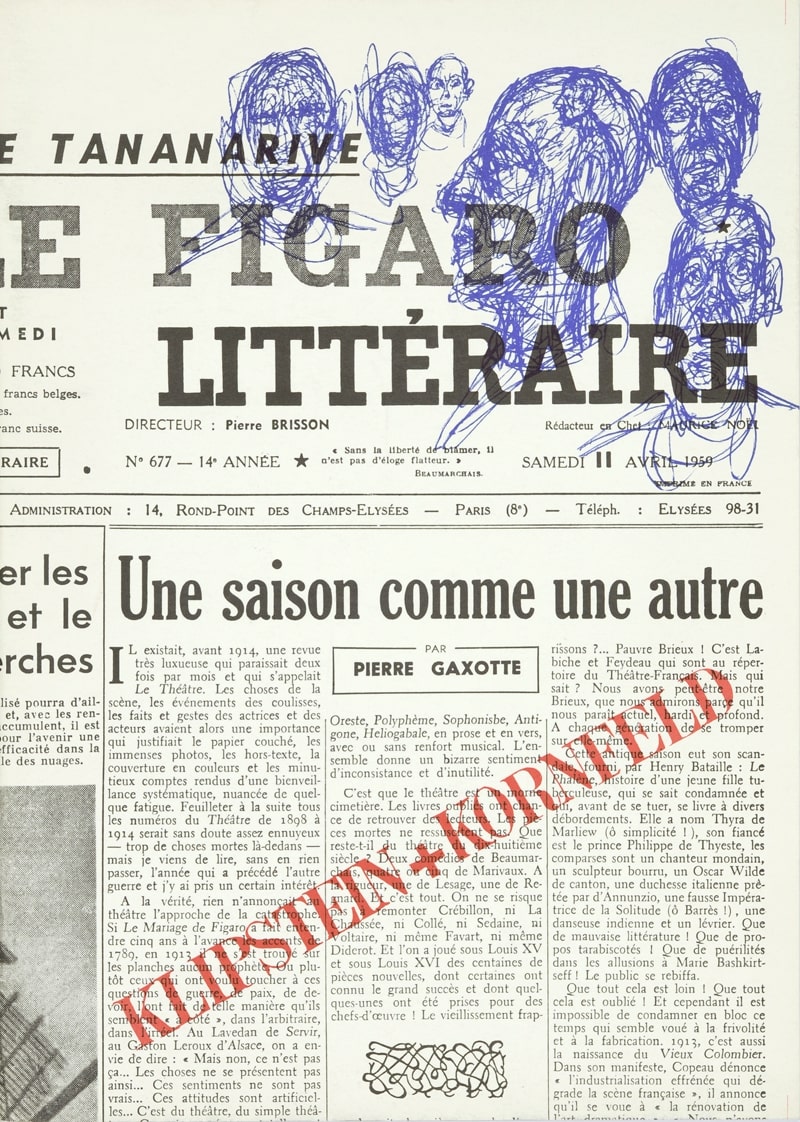
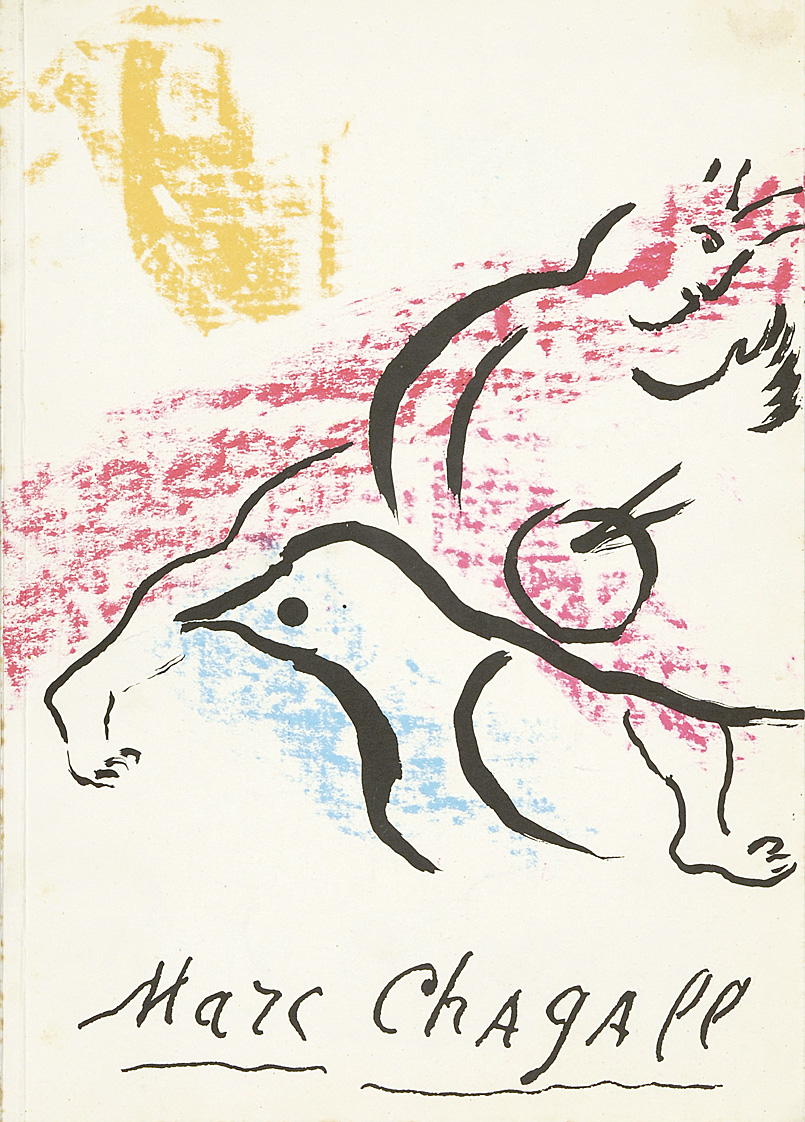
Summer 1959 saw a highlight of the many years of exhibitions put on by the company, the exhibition of works by Alberto Giacometti. The friendship with the artist that began in 1948 bore good fruit thanks to long years of cooperation. The artist provided three sculptures in plaster that were cast in bronze by Pastori in Geneva, 27 drawings, 47 prints and the big bronze sculpture called “Portrait Diego auf einer Stele”. He provided two etchings for the catalogue. In editions of 50 and 100, respectively, they were integrated into the 50 and 100 copies of the deluxe editions of the catalogue, all signed and numbered. Alberto Giacometti and his wife Annette attended the opening of the exhibition and stayed late to enjoy the festivities in the gallery's garden. He also enjoyed seeing the Bernese artists again who lived in Paris before 1940, in particular Meret Oppenheim, Walter Linck and Otto Tschumi. Alberto Giacometti made a beautiful drawing of our building “La Villette” in our guest book.
Three other important exhibitions with richly illustrated catalogues followed in 1960. In spring the gallery exhibited an overview of the pioneering publishing activities of “Tériade”, a Greek who had been living in Paris since the 1930s who managed to convince Bonnard, Chagall, Giacometti, Gris, Gromaire, Laurens, Le Corbusier, Léger, Matisse, Picasso and Rouault to publish illustrated books and who also published the magazine “Verve”. Works by Marc Chagall were exhibited in early summer. He contributed some watercolors and a beautiful stock of prints and drawings and attended the opening with his wife Vava. In autumn, many works in the collection of Maurice and Maud Exsteen, also from Paris, were shown, most of which were collected by Maud Exsteen’s father, the well-known print publisher Gustave Pellet who published the “Elles” series by Henri de Toulouse-Lautrec before the turn of the century. The core consisted of 19 pictures and drawings by Edgar Degas, some of them quite important, and seven by Toulouse-Lautrec.
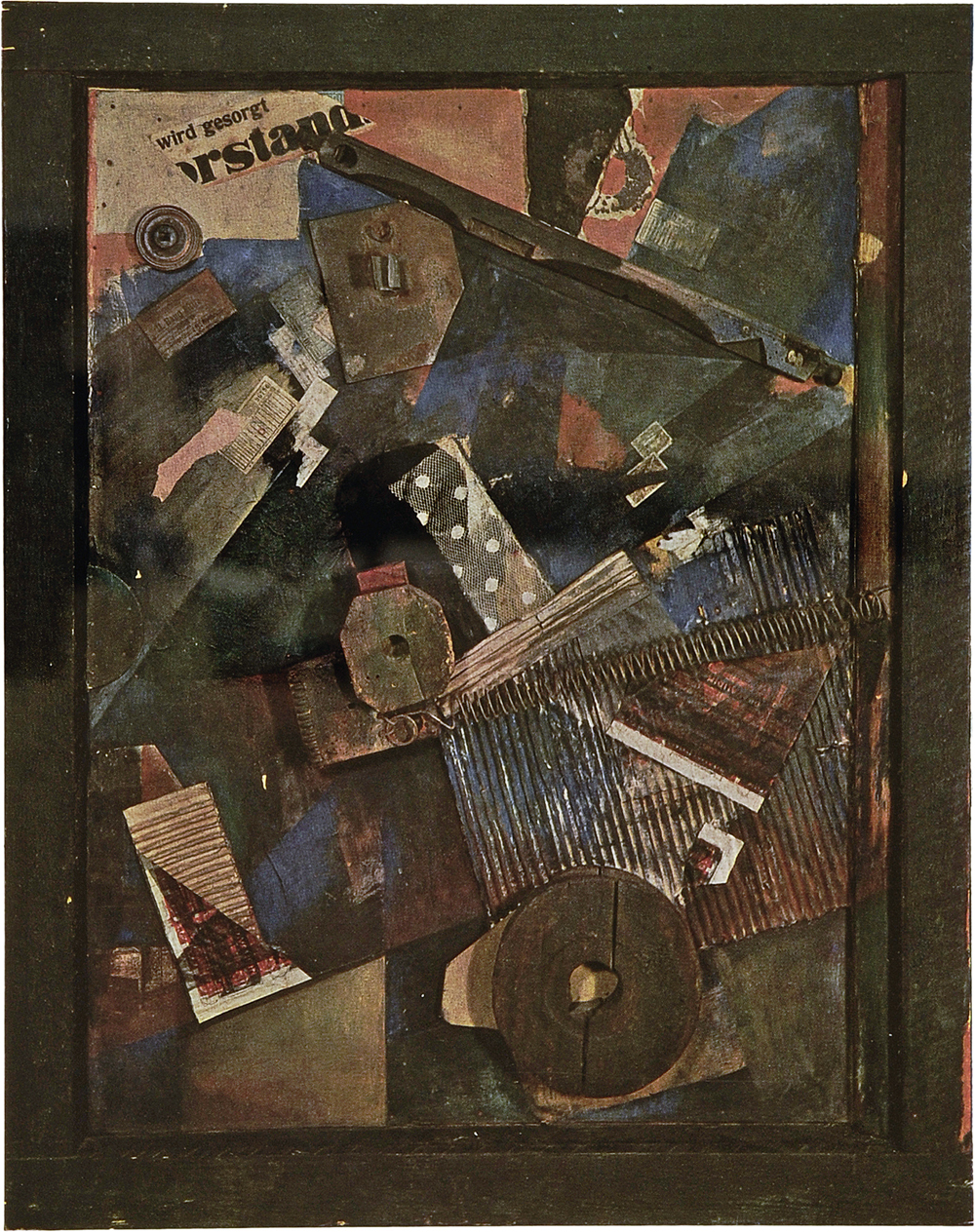

The 100th auction in June 1961 was reason enough to stage a series of far-reaching and celebratory auctions. The crowds who attended the previes exhibitions already exceeded the capacity of our own auction room, and a tent had to be put up in the garden at short notice. The 100 selected works from the 19th and 20th Centuries met with great interest: Kurt Schwitter's big Merzbild “Ausgerenkte Kräfte”, 108:86 cm was bought by Prof. Max Huggler (estimate Fr. 90,000) for the Kunstmuseum Bern at his own initiative. The Museum Commission did not welcome this independence and refused to approve the purchase. Huggler bought this important work for his own private collection and later donated it to the Museum. The top-quality Rembrandt collection of Alfred Stroelin from Paris and Lausanne also created a furore. A copy of “Christus dem Volke vorgestellt” in the fifth state reached one of the highest prices to date at Fr. 132,000.
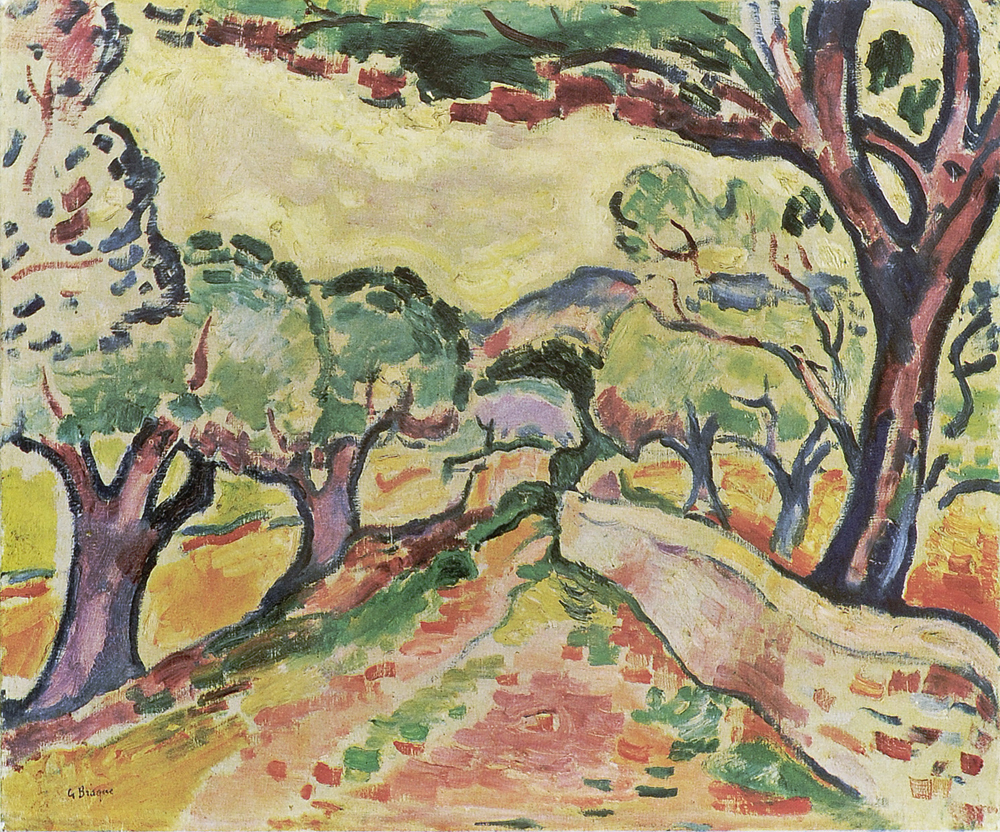
As the principal objective since 1960 was to avoid too many auctions, it was decided to no longer hold the autumn auctions. As a result the travel programs could be expanded and contacts could be established with international collectors. The publishing activities also benefited from this concentration on the June auctions. The catalogueues raisonnés of the prints of Paul Klee, Paul Signac, Marc Chagall, Pablo Picasso, Max Beckmann, Käthe Kollwitz, Giovanni Giacometti, and later Ernst Ludwig Kirchner and others could be written or published by the company.
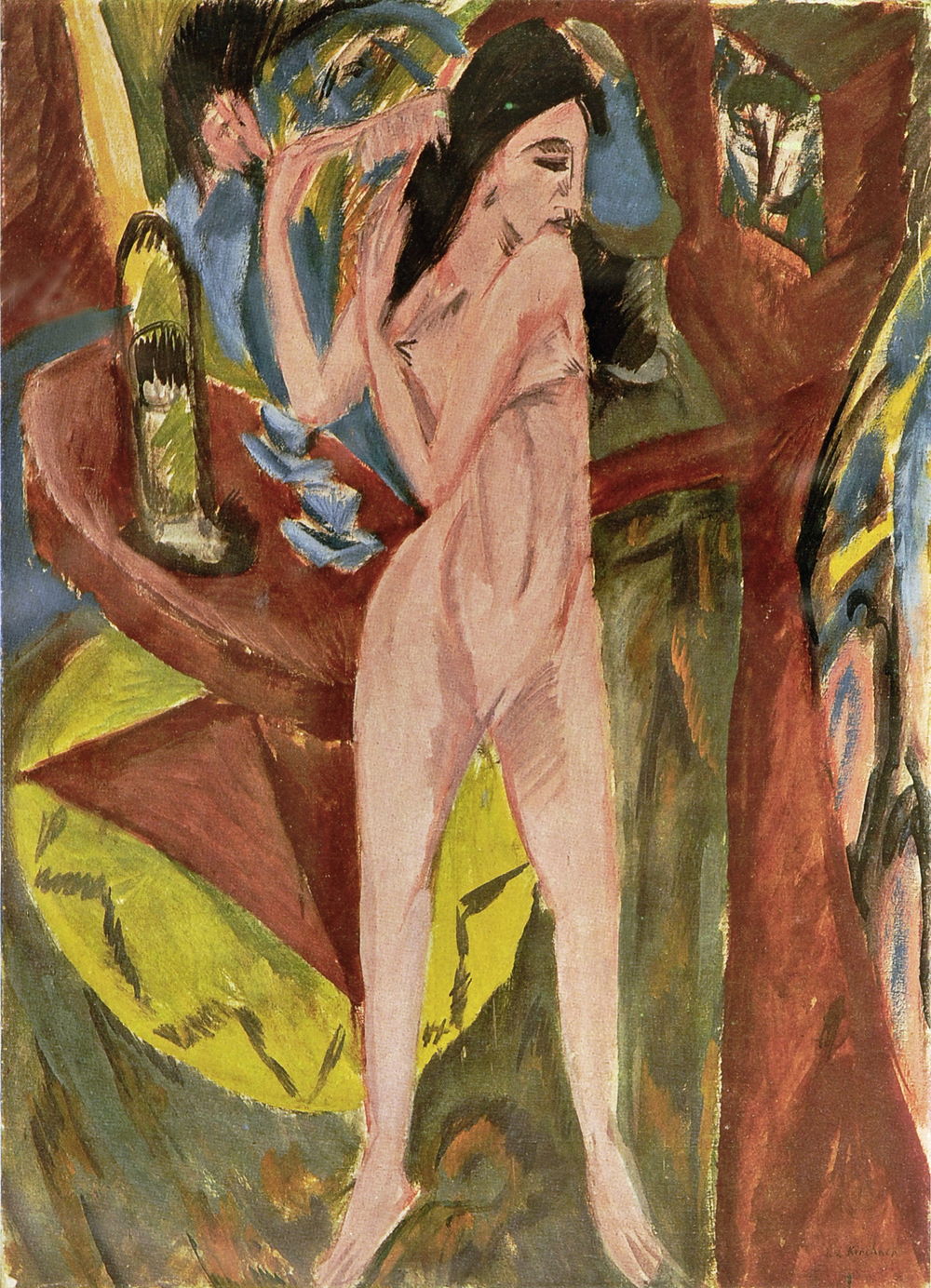

The first special auction of graphic art by Pablo Picasso was held in the centenary year 1964 when the Oskar Stern collection was put to the hammer, followed in 1969 by the Göran Bergengren collection and in 1973 by the Georges Bloch collection. Interest in the auctions grew continuously after 1965, and so did the hammer prices. In addition to Picasso, the focus fell on graphic artists such as Goya, Munch, Toulouse-Lautrec and the German expressionists, in particular Ernst Ludwig Kirchner. An oil painting from 1907 by Georges Braque was sold in 1965 for Fr. 161,000, a picture by Paul Klee was sold in 1968 for Fr. 133,000, an Aasgaard landscape by Edvard Munch was auctioned in 1969 for Fr. 265,000, and an Oslo-Fjord went for Fr. 420,000. The highest price during this period was paid in 1970 for the big 1913 oil painting “Sich kämmender Akt” by Ernst Ludwig Kirchner (Fr. 340,000). Alberto Giacometti commanded a high price for the first time in 1971 when the oil painting “Caroline” was sold for Fr. 274,000.
The growing number of visitors every year forced us in spring 1972 to put up a steel-and-glass pavilion seating 300 people designed by Fritz Haller in the garden to replace the 100-seat auction room inside the building.
Fritz Haller is best known for the USM Haller steel tube furniture he designed in cooperation with Paul Schärer junior.
In 1980, this pavilion could be moved to the new premises at Villa Thurmau at Laupenstrasse 41 and connected to the house. It still serves us well, even though it does not always have enough capacity and auctions have to be transmitted live to other rooms. As Villa Villette and Villa Thurmau are structurally identical, our important library could be easily dismantled and installed again.
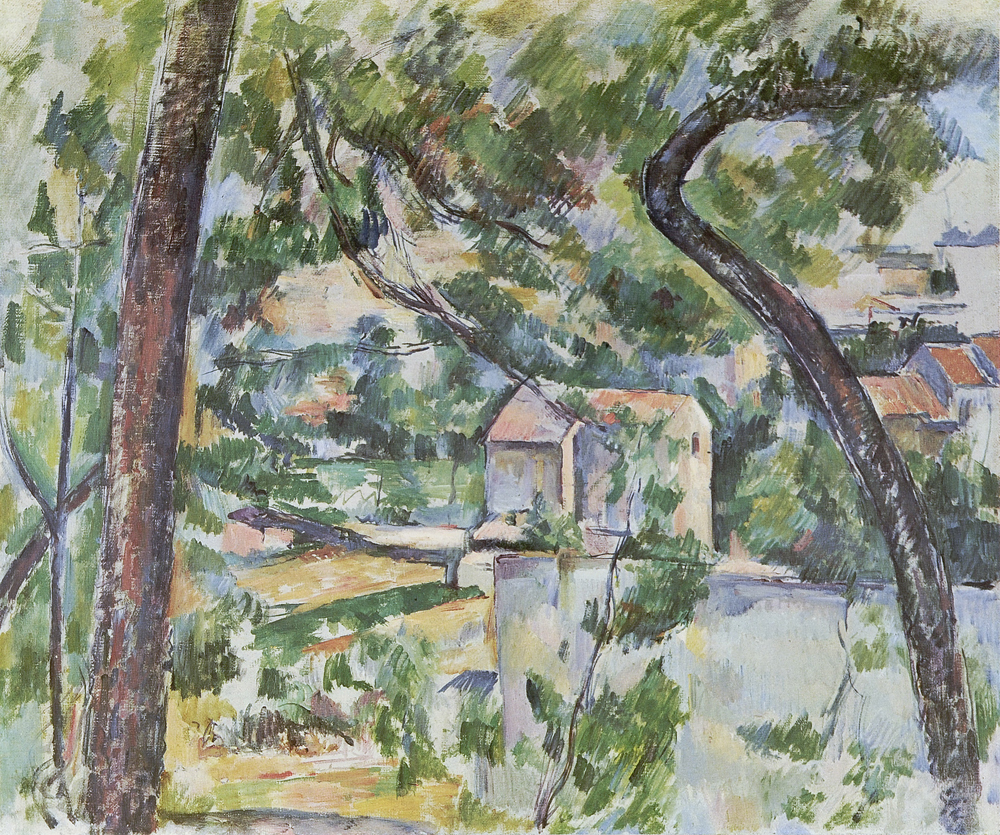
A big event in November 1972 was the special autumn auction of parts of the collection of Arthur Stoll from Basel. It was the first auction of only paintings and drawings that was so resoundingly successful. A record price of Fr. 1,480,000 was paid by Heinz Berggruen from Paris for Paul Cézanne's painting “L’arbre tordu” from 1882 - 1885, the first purchase for more than a million that received international media attention. The most important outcome of this auction was the enormous increase in valuations of Swiss art, in particular for the group of 26 oil paintings and drawings by
Ferdinand Hodler. It was normal for bid prices to be double or even three times the cautious estimates.
This auction in autumn 1972 was the opening act to 1973, an excellent year dominated by two private collections. The Clarence Franklin collection from New York contained only graphic artworks by Henri de Toulouse-Lautrec and Edvard Munch, while parts of the Georges Bloch collection contained only works by Pablo Picasso. The long list of higher and highest hammer prices was uninterrupted and brought us a number of “world records” for graphic art that were unbeaten for many years. This was followed by the difficult economic year 1974, which also slightly affected prices in 1975 and 1976. The 1974 Old Masters auction included, among others, a fascinating new discovery of a group of wash drawings by Claude Gellée, including a fully signed and inscribed view of the area around Subiasco from around 1642 (hammer price Fr. 330,000). The special catalogue for 50 selected works of Paul Klee published in June 1975 also attracted a great deal of attention.
The Toulouse-Lautrec auction in 1973 gave occasion to a special auction dinner in the “Fin de siècle” room at the Victoria-Jungfrau Hotel in Interlaken. A menu after Toulouse-Lautrec was printed for everybody, the food on the menu was served and the Bern Ballet Company danced a French can-can in old costumes.
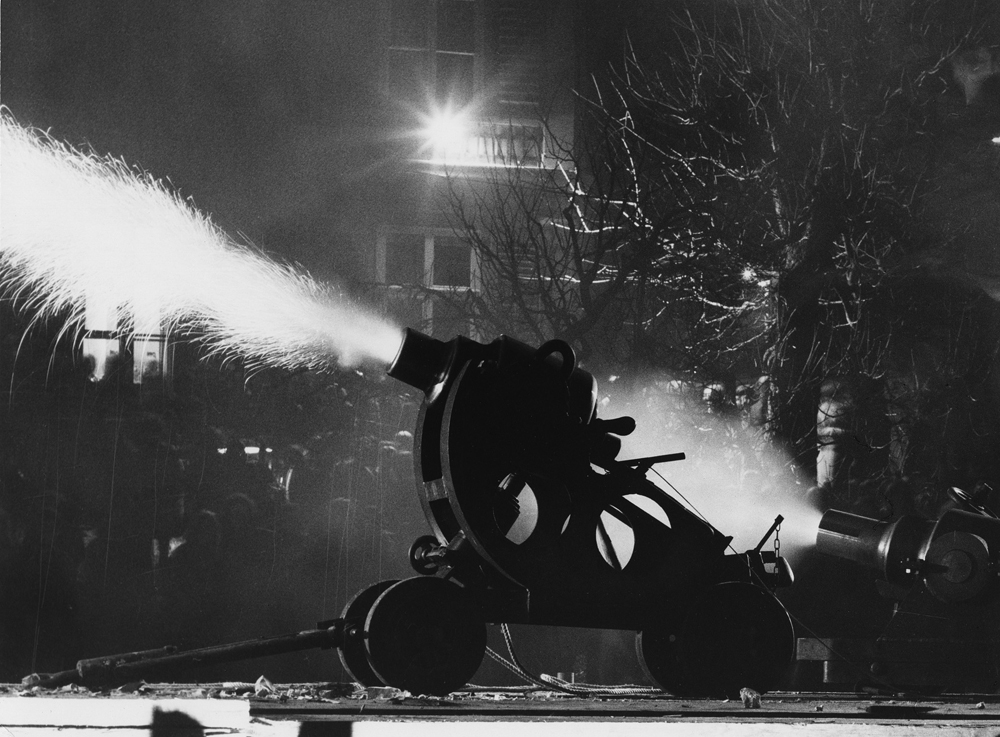
Events were regularly staged at the house or in the garden. The “Barbara shooting” on 4 December 1972 became the stuff of legend
when Jean Tinguely and Bernhard Luginbühl (and his sons) fired some fascinating small cannons, making a lot of noise for an hour that did not go unnoticed in the neighborhood. The police who came to investigate were invited to enjoy dinner from a goulash cannon.
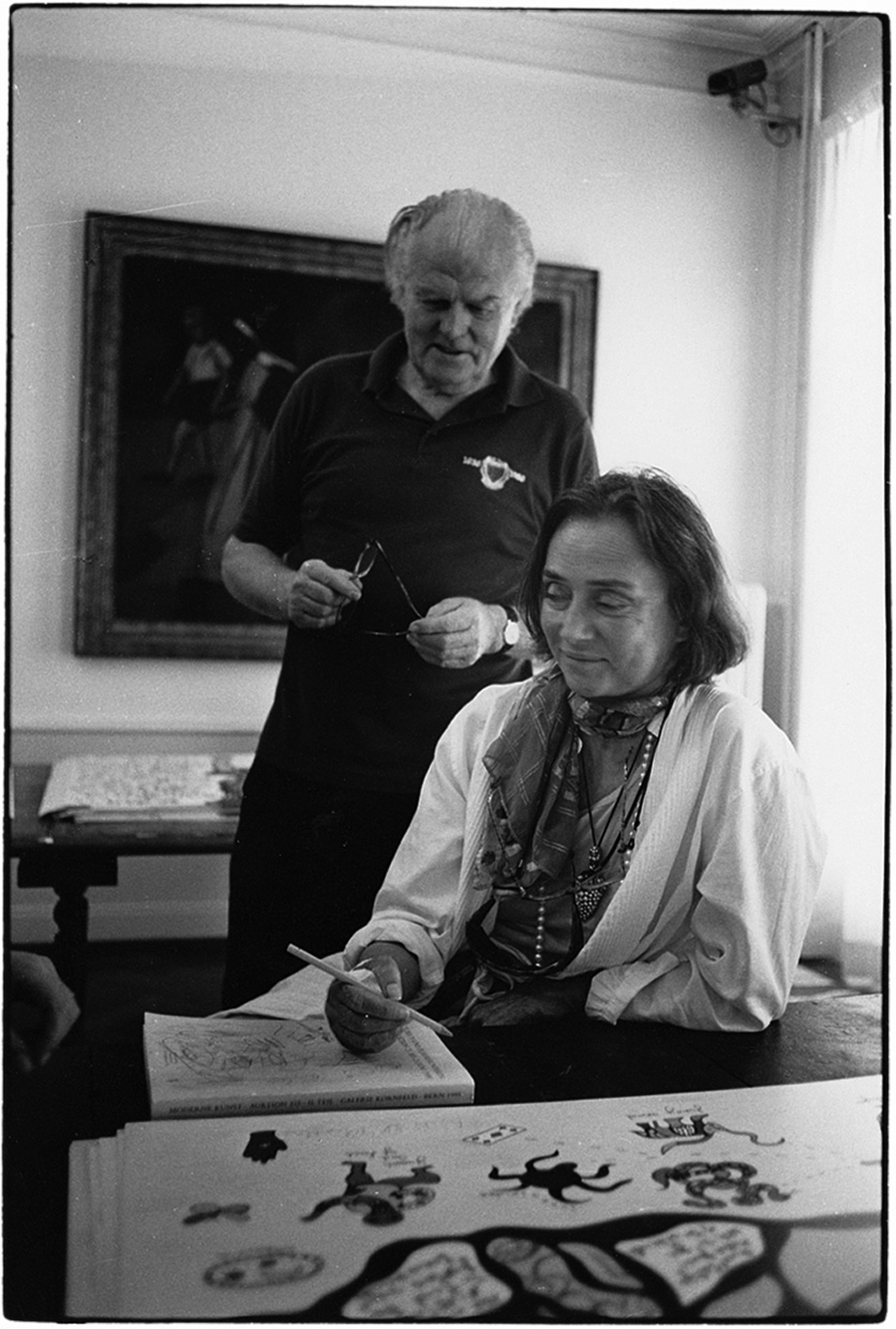
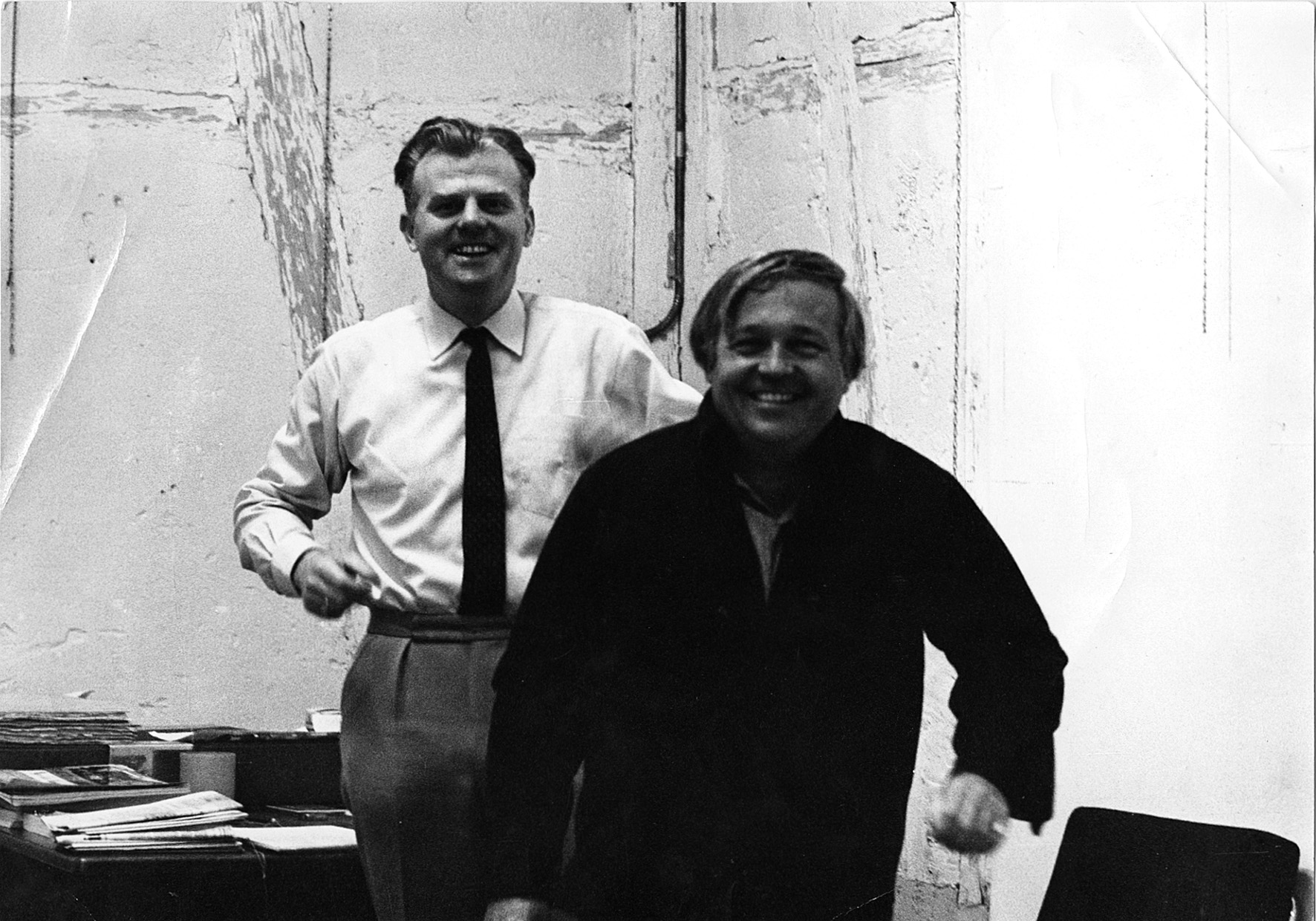
During all these years the auction house was strongly influenced by the friendships with contemporary artists, in particular since early in 1955 with Sam Francis (who maintained a studio in our carriage shed at Laupenstrasse 49 for many years) that started in 1955, Alfred Jensen (also with a studio), Jean-Paul Riopelle, Joan Mitchell, Jean Tinguely, Bernhard Luginbühl, Marc Chagall, Alberto Giacometti, Niki de Saint Phalle, Franz Gertsch and many others. This also led to our intense involvement in numerous solo exhibitions.
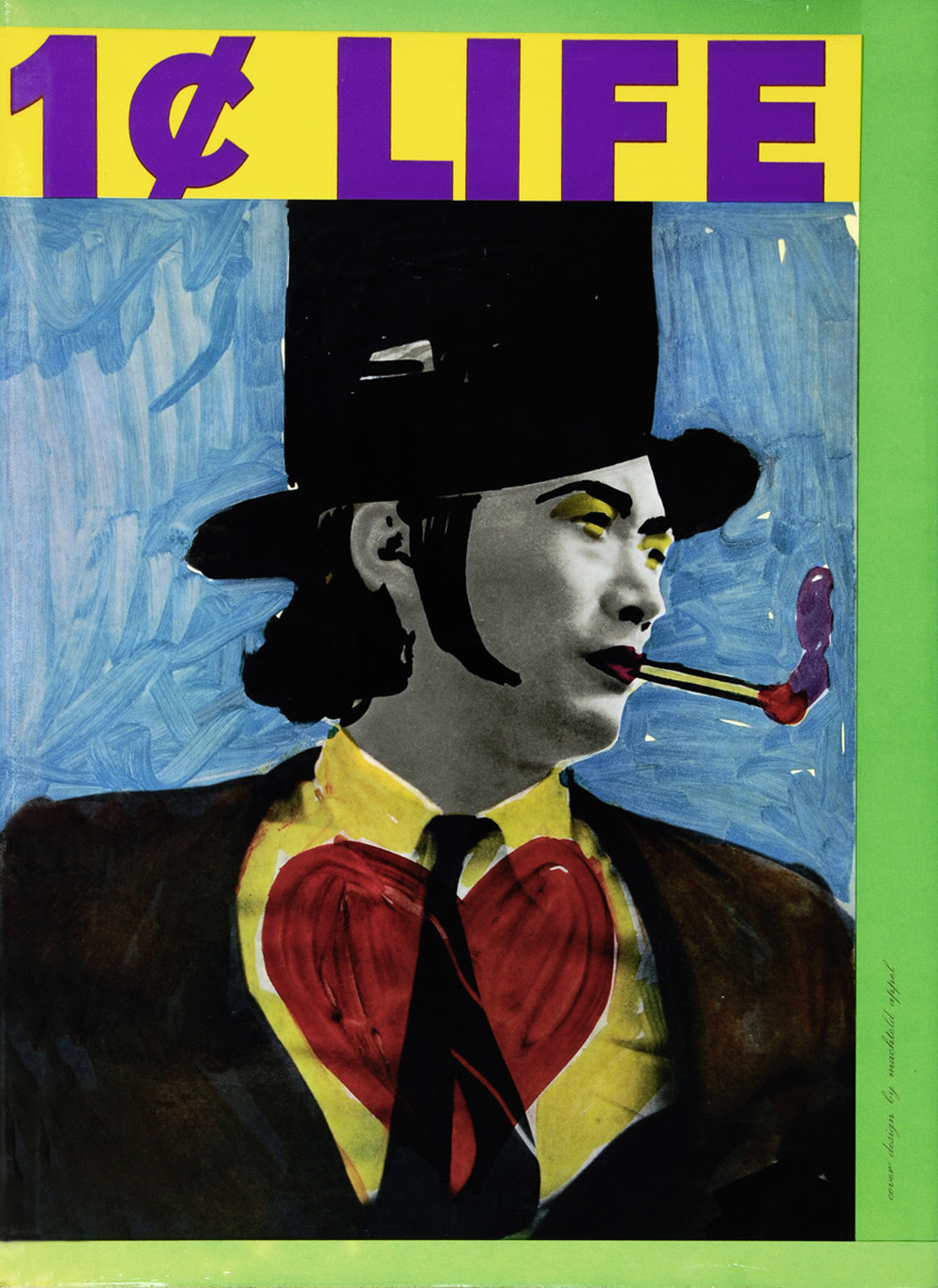
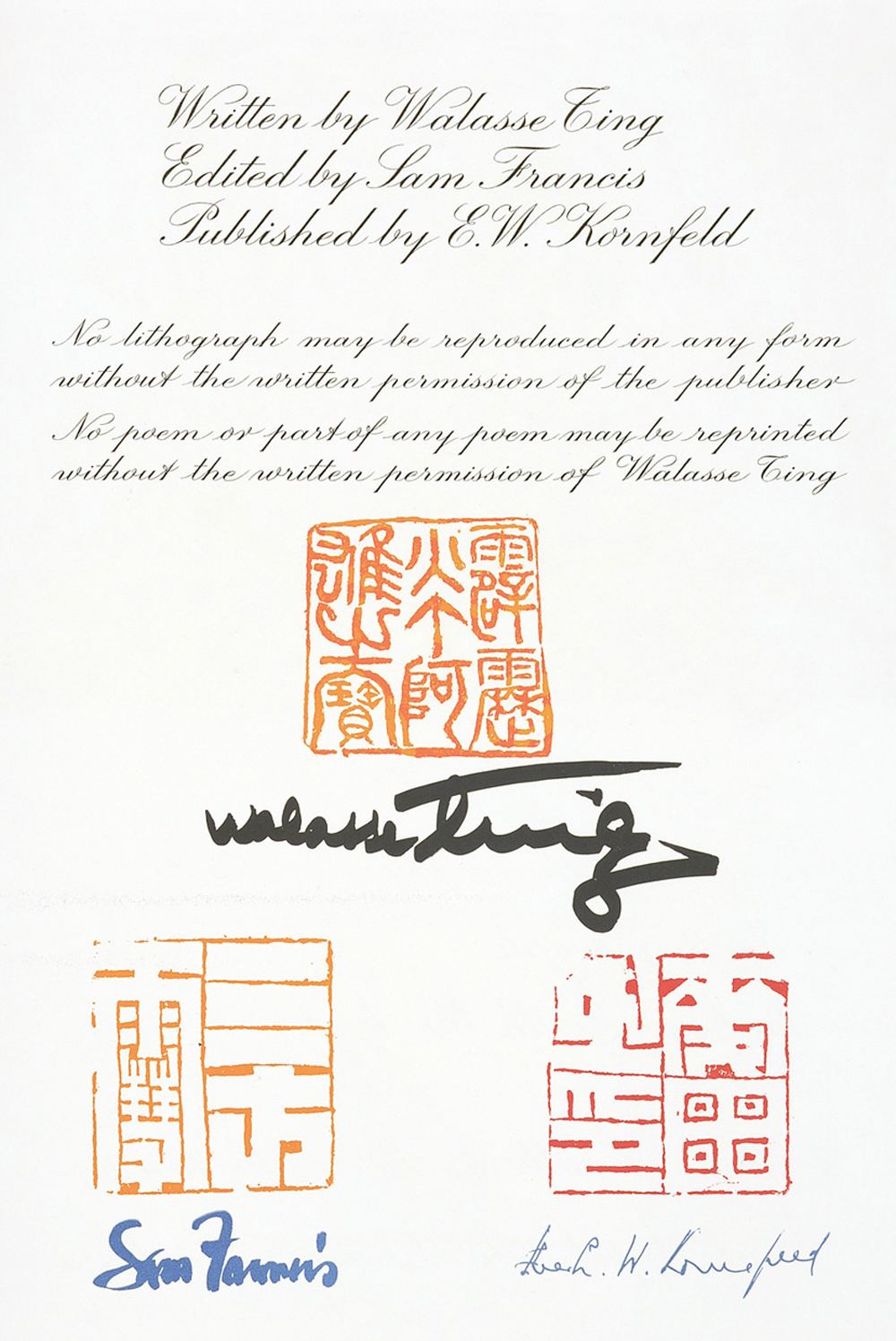
At the incentive of Walasse Ting, an artist who fled from China and now lives in New York and under the strong influence of our mutual friend Sam Francis, the preliminary work for a big illustrated book featuring many of the pop artists started in 1962. The book’s title was “One Cent Life” and contained poems by Walasse Ting and original lithographs by Alfred Jensen, Sam Francis, James Rosenquist, Robert Indiana, Jean-Paul Riopelle, Tom Wesselmann, Joan Mitchell, Andy Warhol, Robert Rauschenberg, Roy Lichtenstein, Claes Oldenburg, Jim Dine and many others. A pioneering work and the only book illustrated with original prints from this very interesting artistic period. Walasse Ting is identified as the author, Sam Francis as the publisher and Eberhard W. Kornfeld as the editor. This large-format book weighing 3.6 kg was published in 1964.
In April 1977 the gallery celebrated 112.5 years with a catalogue containing 112.5 artworks spanning the period from 1440 to 1970 selected from our inventory. The last number, a chocolate sculpture by Bernhard Luginbühl paying homage to the “eat art” culture was partly eaten by mice and only counted as half an artwork.
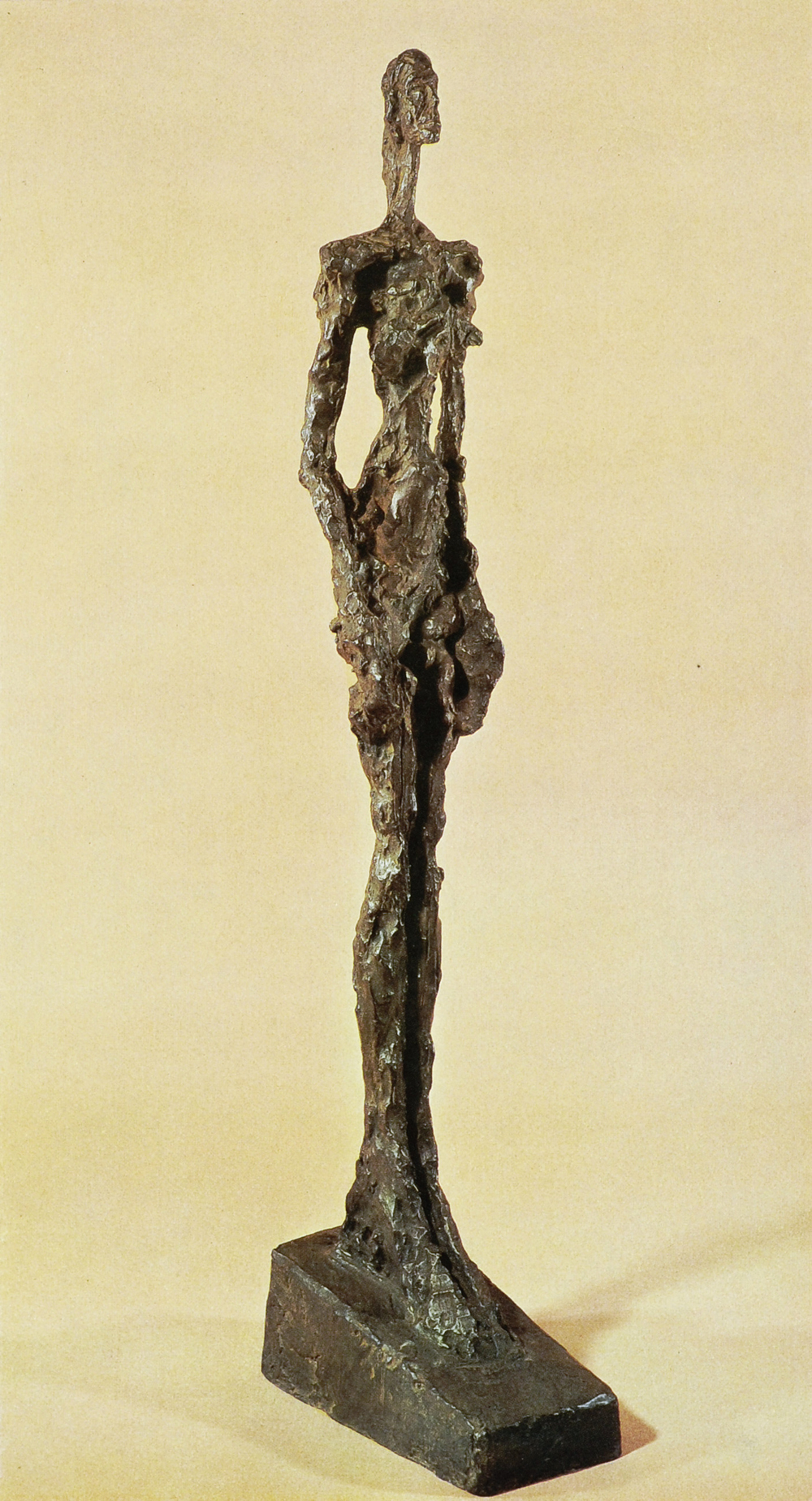

In June 1977, a beautiful cast of the first version of “Femme de Venise” by Alberto Giacometti also went under the hammer. The Kunstmuseum Bern bought the work for Fr. 200,000 and triggered a fierce press campaign. From the present point of view: well-invested tax money.
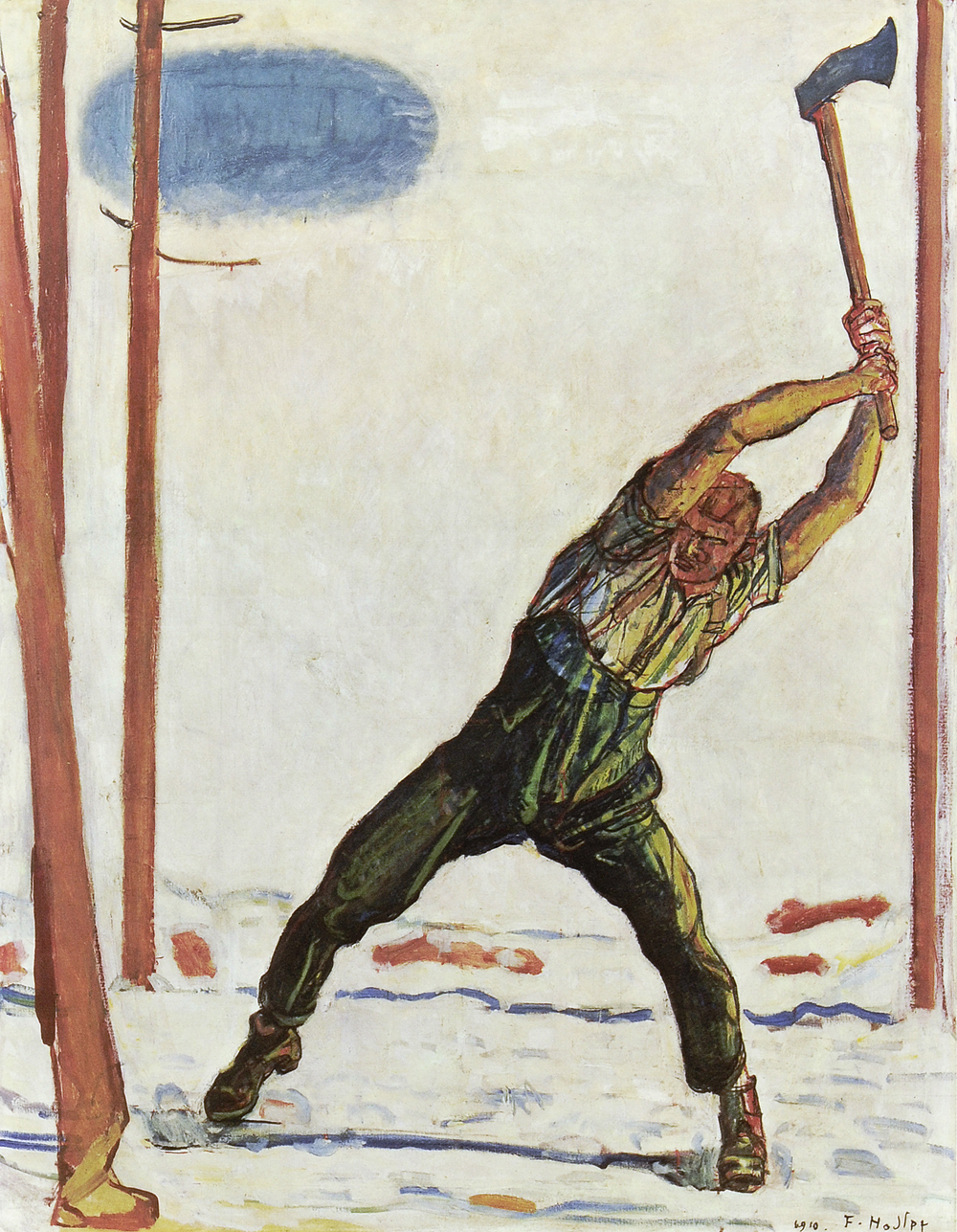

After the death of Josef Müller from Solothurn, whose collection built up in Paris in the 1920s and 1930s was legendary, the heir appointed us to sell part of the collection, all of it “Swiss Art”. Important works were donated to the Kunstmuseum Solothurn or remained in the ownership of the heir. The world's first auction of “Swiss Art” was held on 10 June 1978. The auction centered around a group of 15 works by Ferdinand Hodler, including 11 oil paintings. This auction confirmed the higher valuations given to Swiss Art in the years before, and in particular for Hodler. The large painting of a lumberjack, estimated at Fr. 125,000, exceeded the estimate by more than 100% and sold for Fr. 262,000. Bruno Stefanini for the first time participated actively in an auction on behalf of his “Stiftung für Kunst, Kultur und Geschichte” (Foundation for Art, Culture and History) and delivered some surprises.
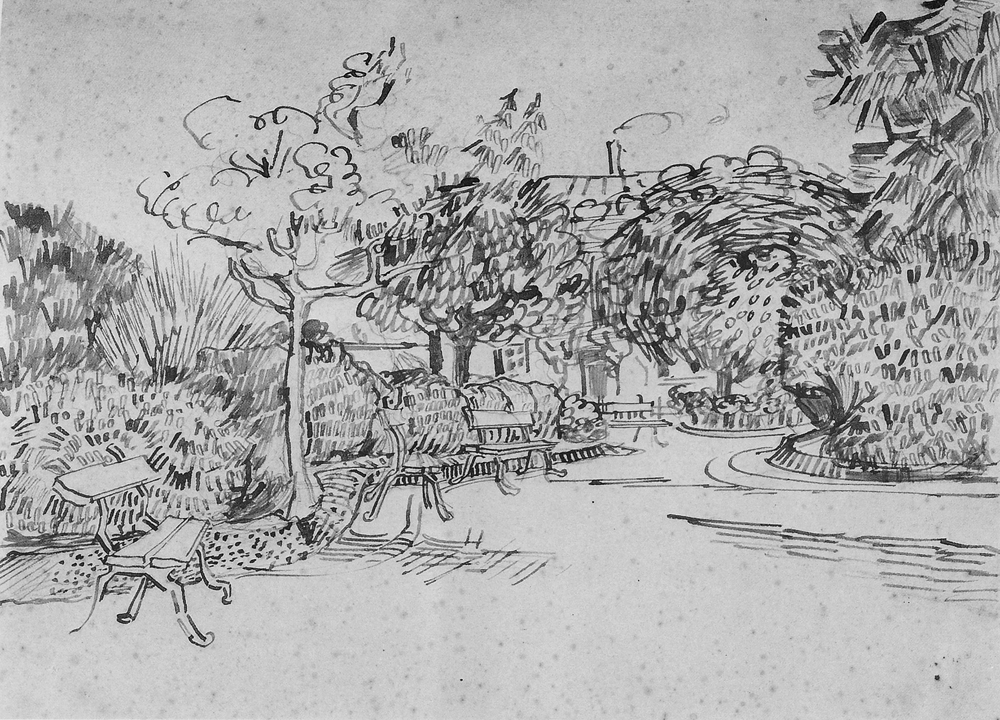
In addition to a broad range of modern art and a hammer price of Fr. 305,000 for a beautiful Van Gogh drawing, “Der Stadtpark von Arles”, 1979 was the year in which a special catalogue of 120 graphic artworks by Rembrandt from the collection of Friedrich Lieberg, Kassel/Buenos Aires brought all interested parties together in the auction room. From the broad range of modern art offered in 1980, two watercolors by Schiele attracted attention, and high prices were paid for this artist for the first time. Estimated at Fr. 60,000 each, the paintings sold for Fr. 160,000 and Fr. 84,000.
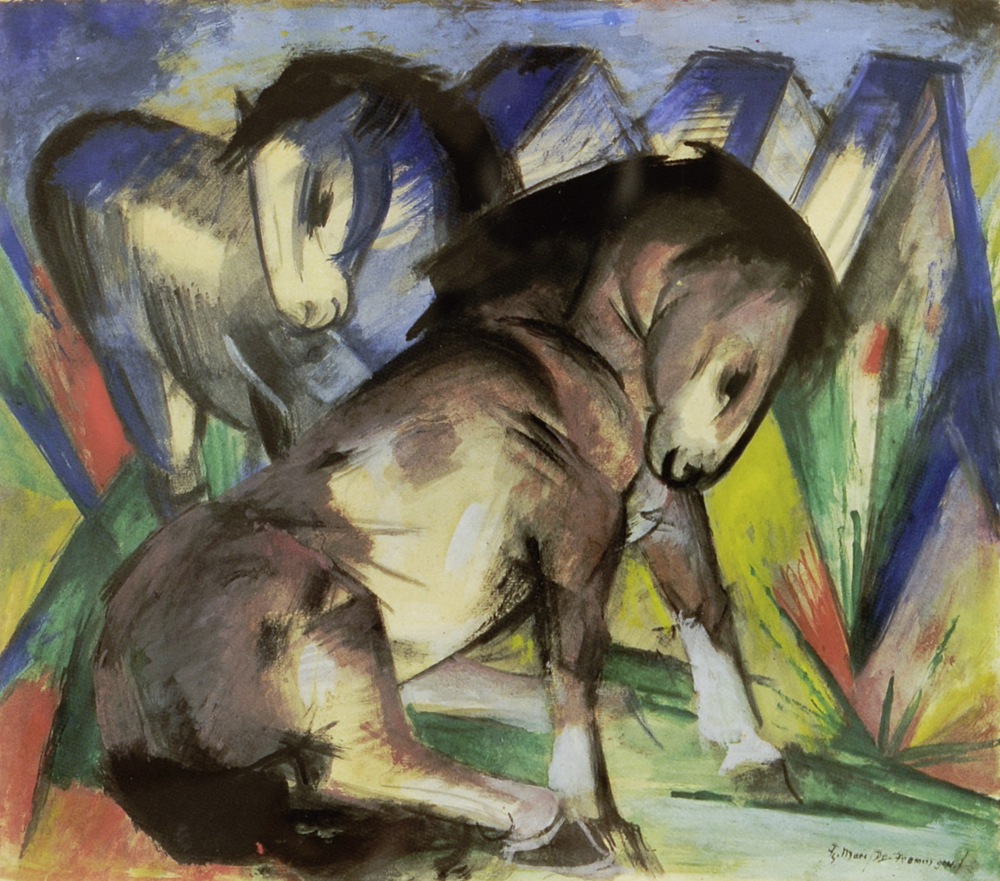
The 175th auction in 1981 with a special catalogue of 175 selected artworks was the first auction to be held at Laupenstrasse 41, our new domicile, in the renovated auction room connected to the house. Franz Marc's watercolor “Zwei Pferde auf der Weide” sold for the highest price at Fr. 860,000. The years 1983, 1984, 1985 and 1986 also saw good auctions of mostly modern but also old artworks. A special catalogue of 1984 was dedicated to the 83-work Edvard Munch collection of Ingrid Lindbäck from Oslo. Widespread interest laid a new price level for graphic art by Munch. In 1985, again presented as a special catalogue, a collection was auctioned of 225 works and documents by Ernst Ludwig Kirchner, an artist who has always been given special attention by our auction house. Another special catalogue for Kirchner followed in 1986. In 1987, a watercolor by Egon Schiele, “Selbstbildnis im Gefängnis von Neulengbach” broke through the one million mark for the first time. The estimate was Fr. 400,000, and
the work was finally sold for Fr. 1,520,000.
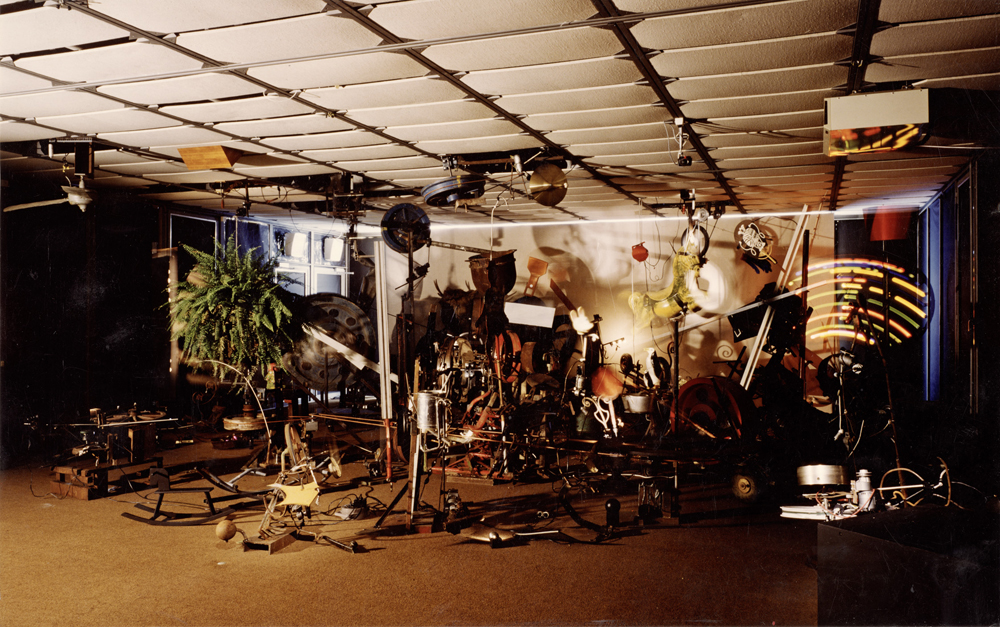
Another event that attracted great attention was the “Inferno – ein kleiner Anfang” installation done by Jean Tinguely in autumn 1984. It consisted of dozens of machines and covered more than one-third of our glass house. When fully operational, the installation needed more power than we could provide, and a special temporary power line had to be installed.
The year 1988 saw a particularly broad offer with five different catalogues, in addition to parts I and II of Art of the 19th and 20th Centuries also a collection of works of Ernst Ludwig Kirchner from Chicago. The three top works all sold for the exact same price of Fr. 860,000: the woodcut “Frauen am Potsdamer Platz” from 1914, the only colored version of “Selbstbildnis als Kranker” from 1917 - 1918 and the color woodcut “Wintermondnacht” from 1919.
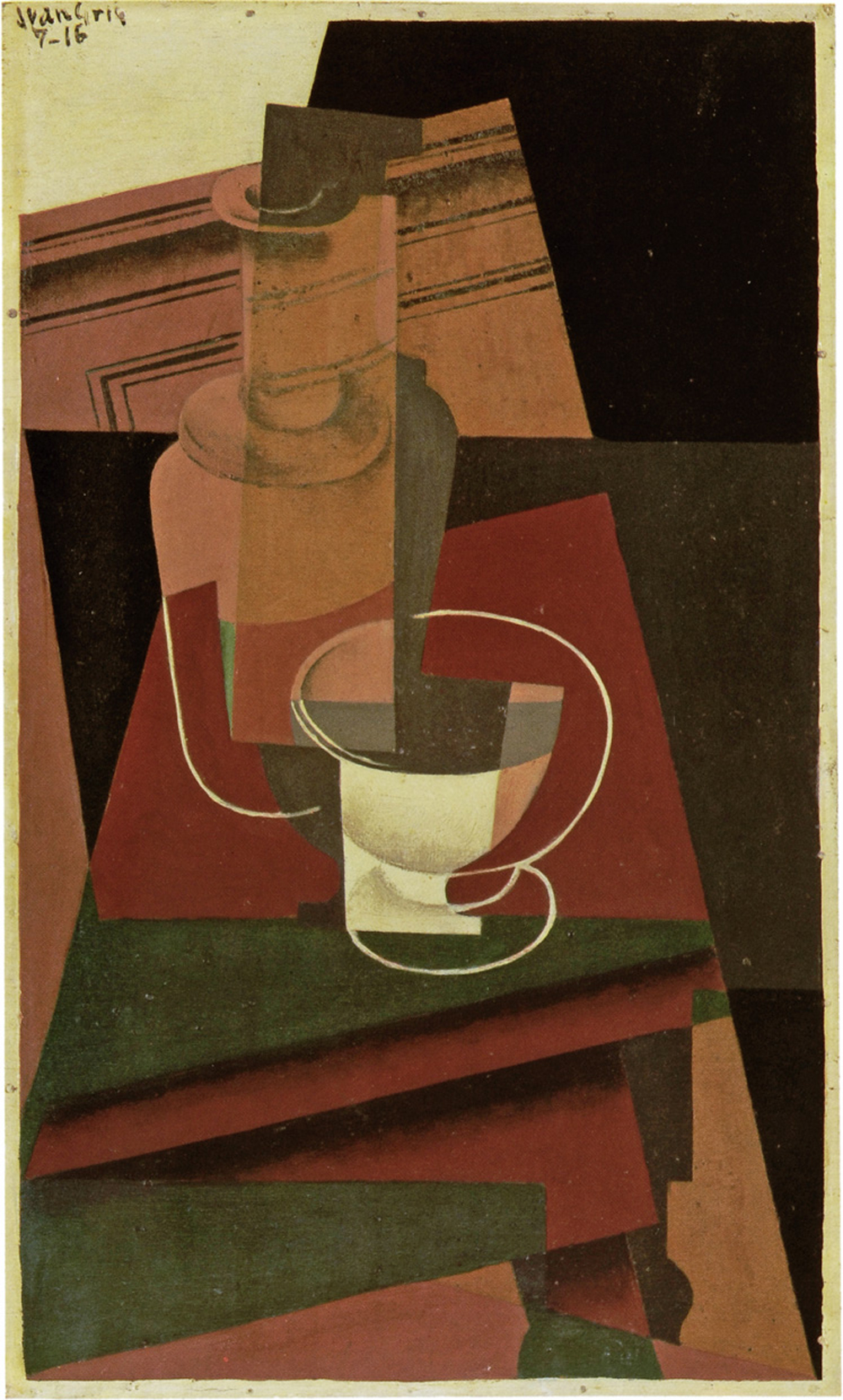

In 1989, we celebrated the gallery's 125th birthday since 1864 with a special auction catalogue of 125 selected works. The two million mark was exceeded for the first time by a painting of Juan Gris from 1916 that was sold for Fr. 2,230,000 (estimate Fr. 900,000). Schiele was confirmed to be popular among buyers. A self-portrait from 1913, a watercolor in pristine condition was sold for Fr. 1,250,000, almost double the estimate of Fr. 700,000.
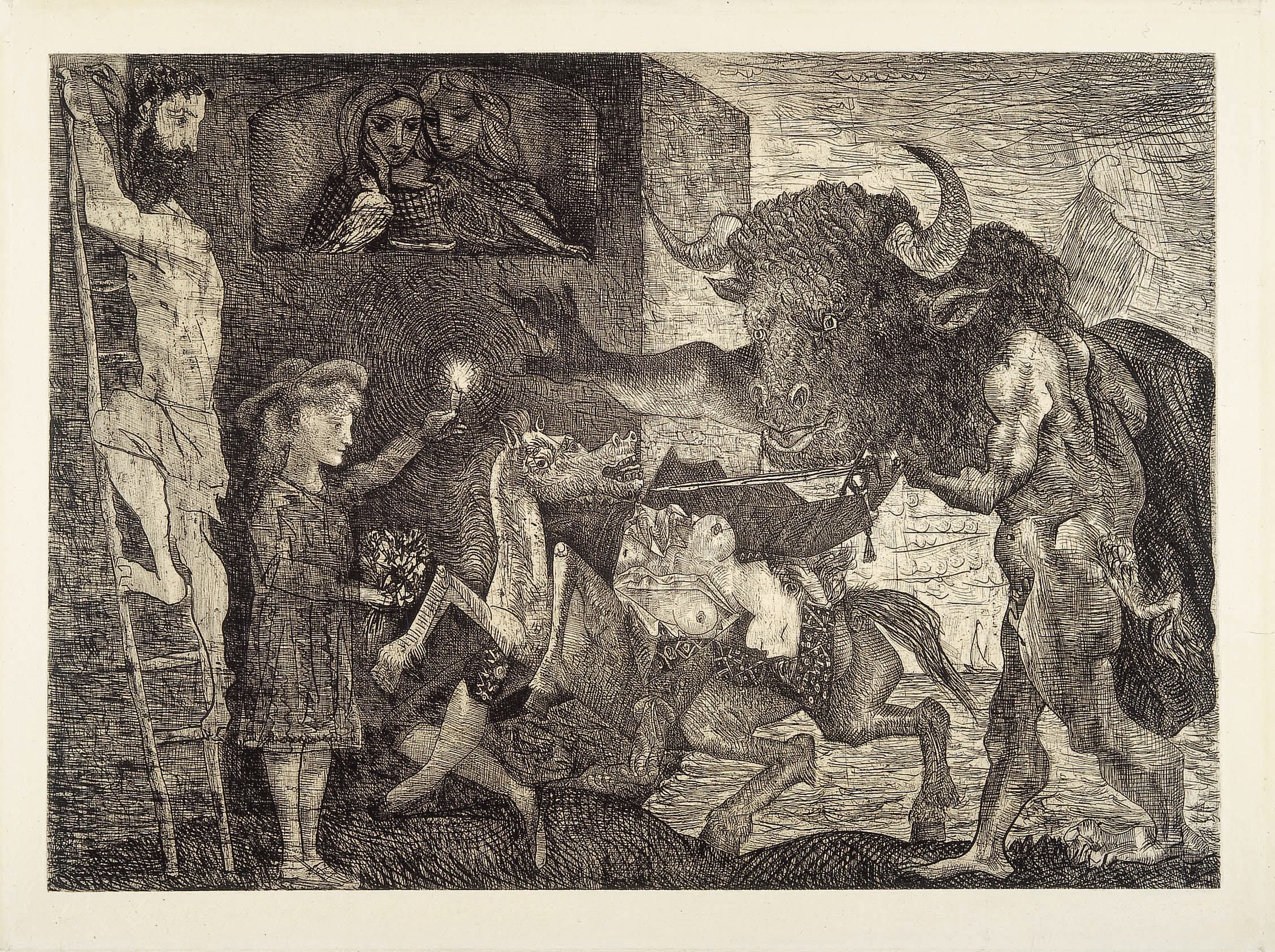
In 1990, a graphic artwork by Pablo Picasso for the first time broke through the two million mark when “La Minotauromachie” (1935) was auctioned for Fr. 2,150,000. The biggest surprise, however, came when a large collage (1920) from the prime “Dada period” by Rudolf Schlichter sold for Fr. 520,000, more than five times the estimate.
The most important exhibition in 1991 was the retrospective of the work of Sam Francis shown in March and April under the title “40 years of friendship”. The exhibition of 81 works and illustrations showed the artist's development as a painter from 1945 to 1990.
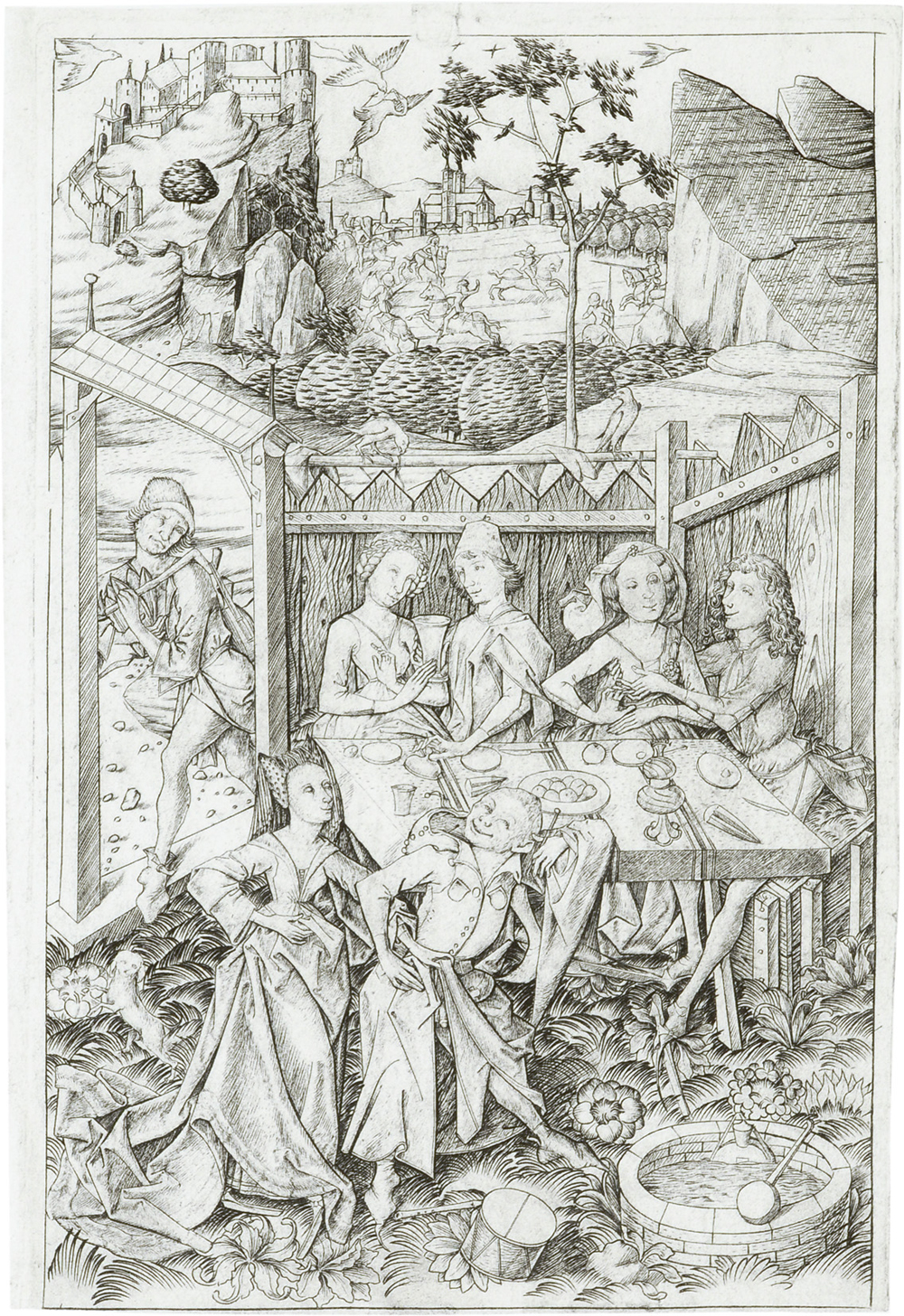

The 1991 auction was dominated by the interest paid to the beautiful 1896 watercolor by Henri de Toulouse-Lautrec (hammer price Fr. 1,200,000) and another watercolor by Schiele, the portrait of Gustav Klimt from 1913 (hammer price Fr. 800,000). The year 1992 was shaped by the auction of the Otto Schäfer collection from Schweinfurt in Germany, which included opulent items collected with much passion (except for the prints by Schongauer, Dürer and Rembrandt, for which other solutions were found). The heavy catalogue included 456 lots, the highest amount paid for an individual Old Master print was Fr. 400,000 for “Der grosse Liebesgarten” by Master E.S. from 1465, exceeded by the hammer price of Fr. 660,000 for a 1904 impression before the seel-facing of the “Repas frugal” by Picasso.
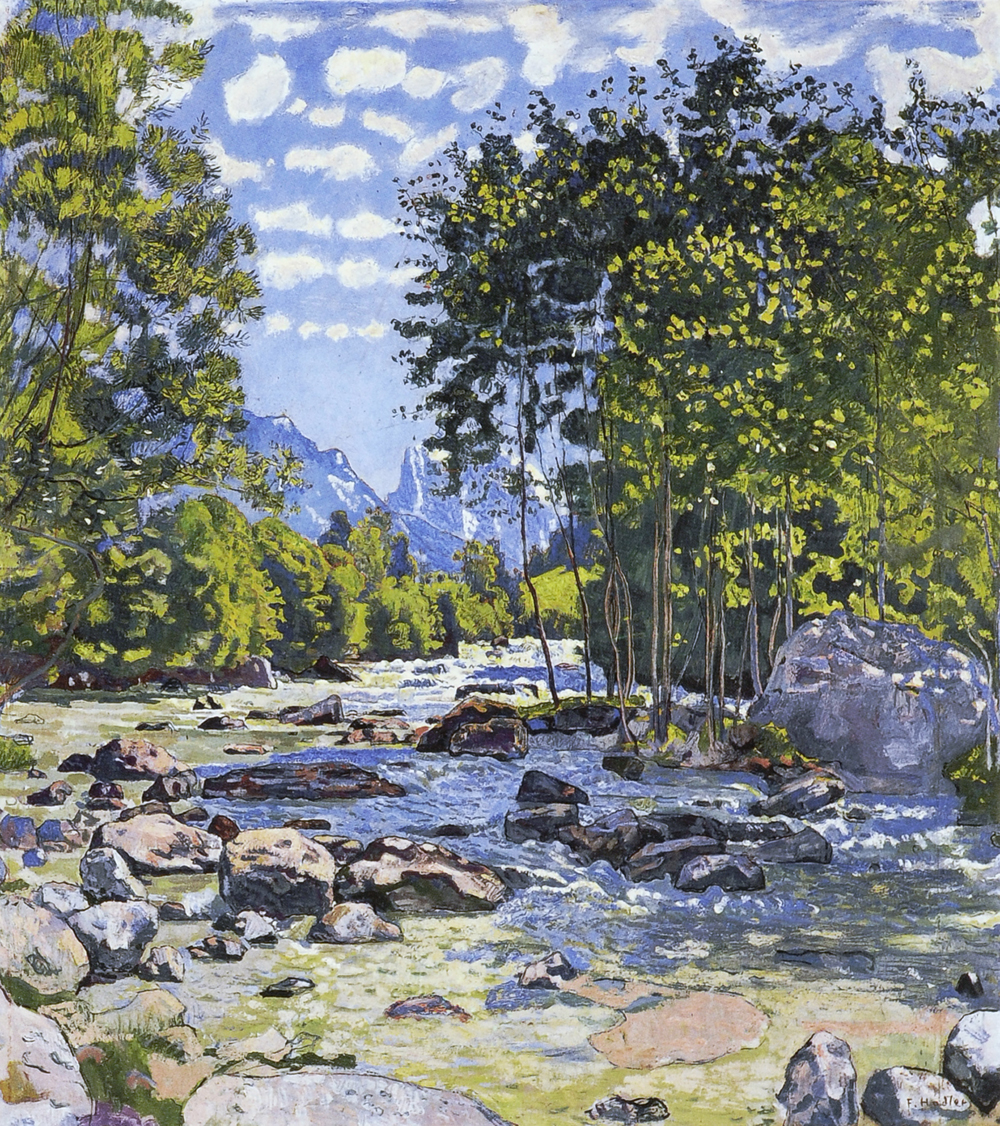
In 1972 we were entrusted with the sale of parts of the Arthur Stoll collection. In 1992, the sale of the big villa in Corseaux at Lake Geneva released more of the collection, which we were allowed to take over in autumn 1992 and offer for sale in several auctions from 1993. As a result the 1993 auction catalogue was dominated by 17 works by Ferdinand Hodler, which once again sharply increased the prices offered for this artist. “Die schwarze Lütschine mit Blick auf das Wetterhorn” sold for the highest price of Fr. 1,250,000 and is now one of the centerpieces of the collection of Christoph Blocher. The Old Masters auction also contained very good works, and Fr. 200,000 was paid for a beautiful impression of Rembrandt’s etching “Die Landschaft mit den drei Bäumen” from 1643.
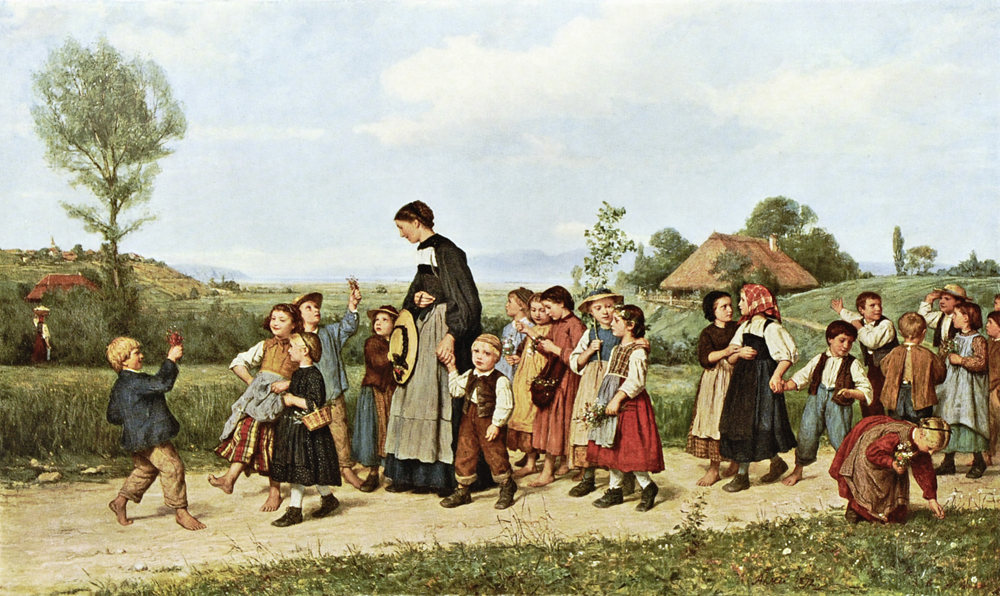
1994 was similar, with important works from the Stoll collection, this time including works by Anker such as the important painting “Der Schulspaziergang” from 1872, which Christoph Blocher bought for Fr. 800,000. There was also an important group of eight oil paintings by Hodler; the most expensive landscape “Genfersee und Montblanc-Kette vor Sonnenaufgang” from 1918, one of the later works, sold for Fr. 1,060,000. High prices for Hodler had finally become the norm.
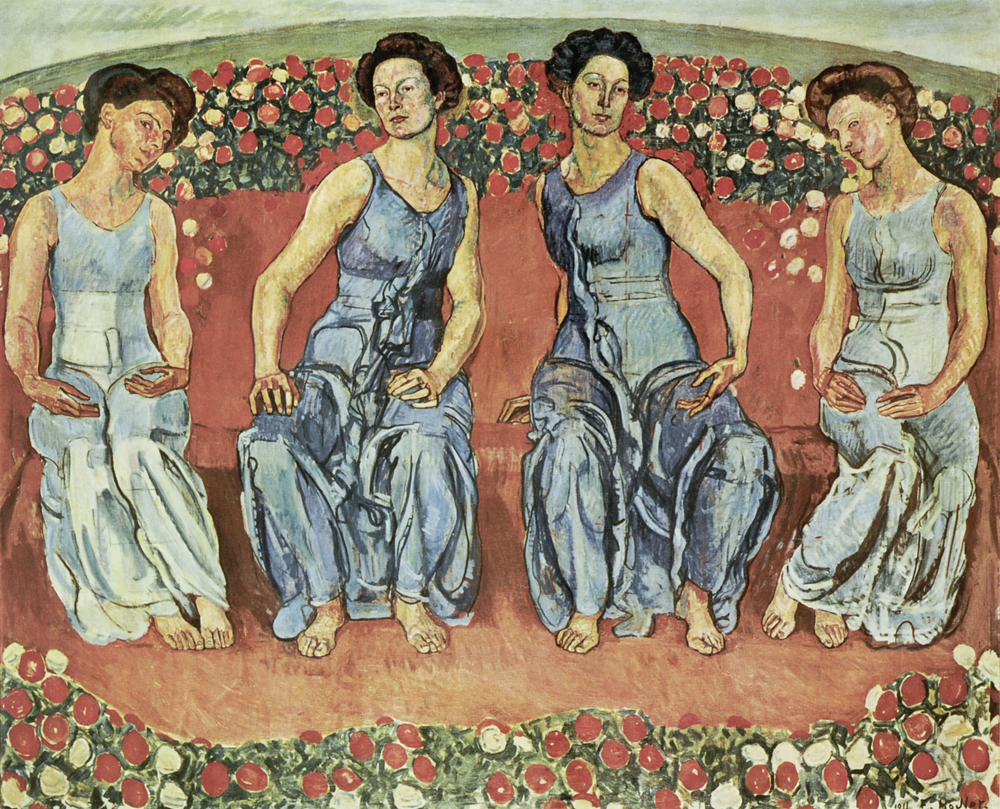
The last group of three oil paintings by Hodler was auctioned in 1995, including the main work “Heilige Stunde”, the version with four figures from 1911. International interest was very strong, but Bruno Stefanini won the bid at Fr. 2,500,000 (estimate Fr. 1,500,000). The new trend of high prices for exemplary paintings by Hodler was confirmed by the price of Fr. 1,400,000 paid for the landscape “Genfersee bei Chexbres aus” from around 1898.
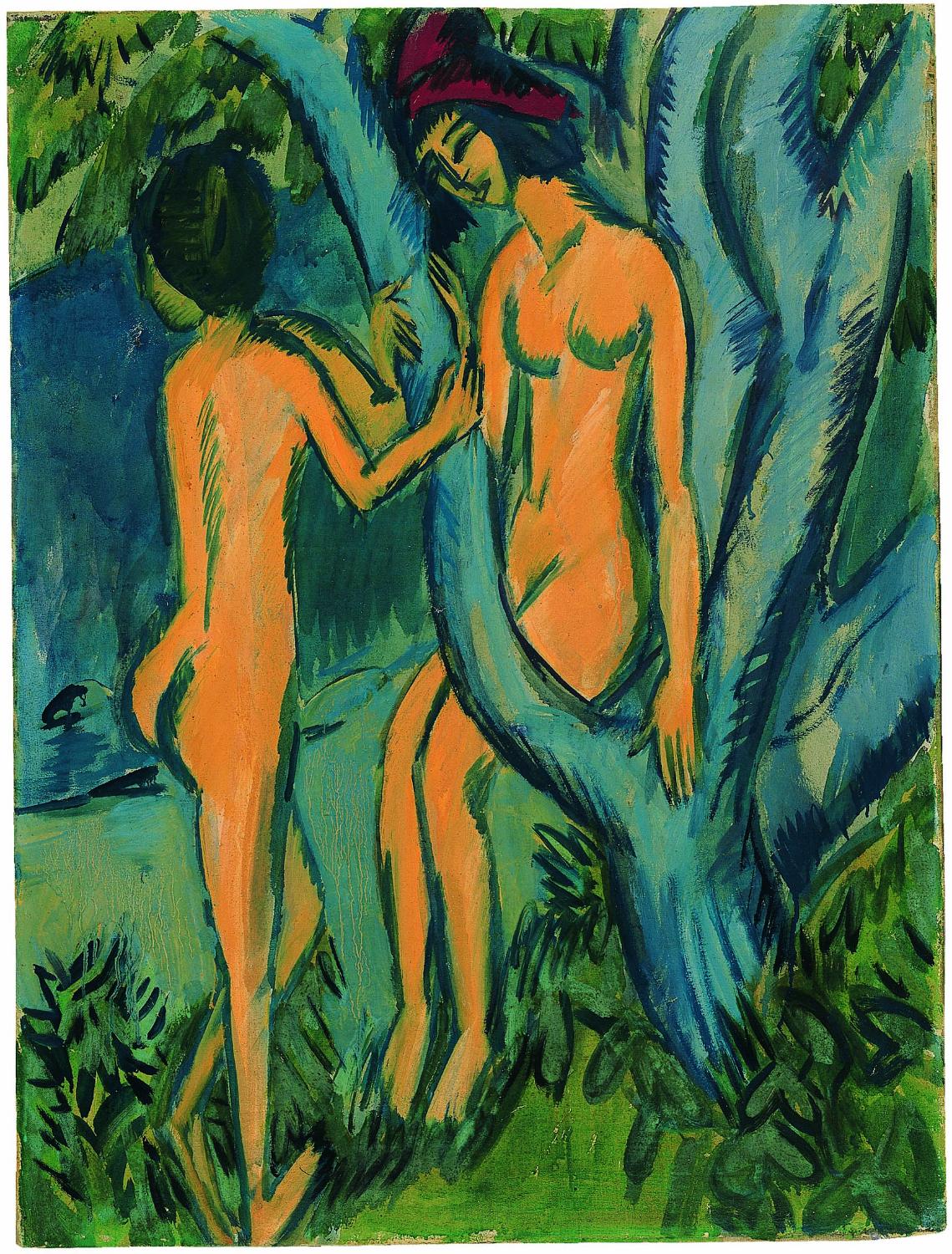

The catalogues for 1997, 1998, 1999, 2000 and 2001 also included an opulent selection of “Modern Art” and beautiful Old Master prints. A sale of note in 1998 was the price of Fr. 3,100,000 (the three million mark was exceeded for the first time) paid for Ernst Ludwig Kirchner’s painting “Zwei Akte am Strand von Staberhuk auf Fehmarn”. In 1999, Edvard Munch's oil painting “Frauen am Strand” or “Kleiderwäsche am Meer” from 1920 to 1930 sold for Fr. 1,700,000, and Emil Nolde's oil painting “Die Sünderin” (1926) was auctioned for CHF 3,100,000.
These high prices should not give a wrong impression, however, as every auction also offers many good artworks that can be bought for little money.
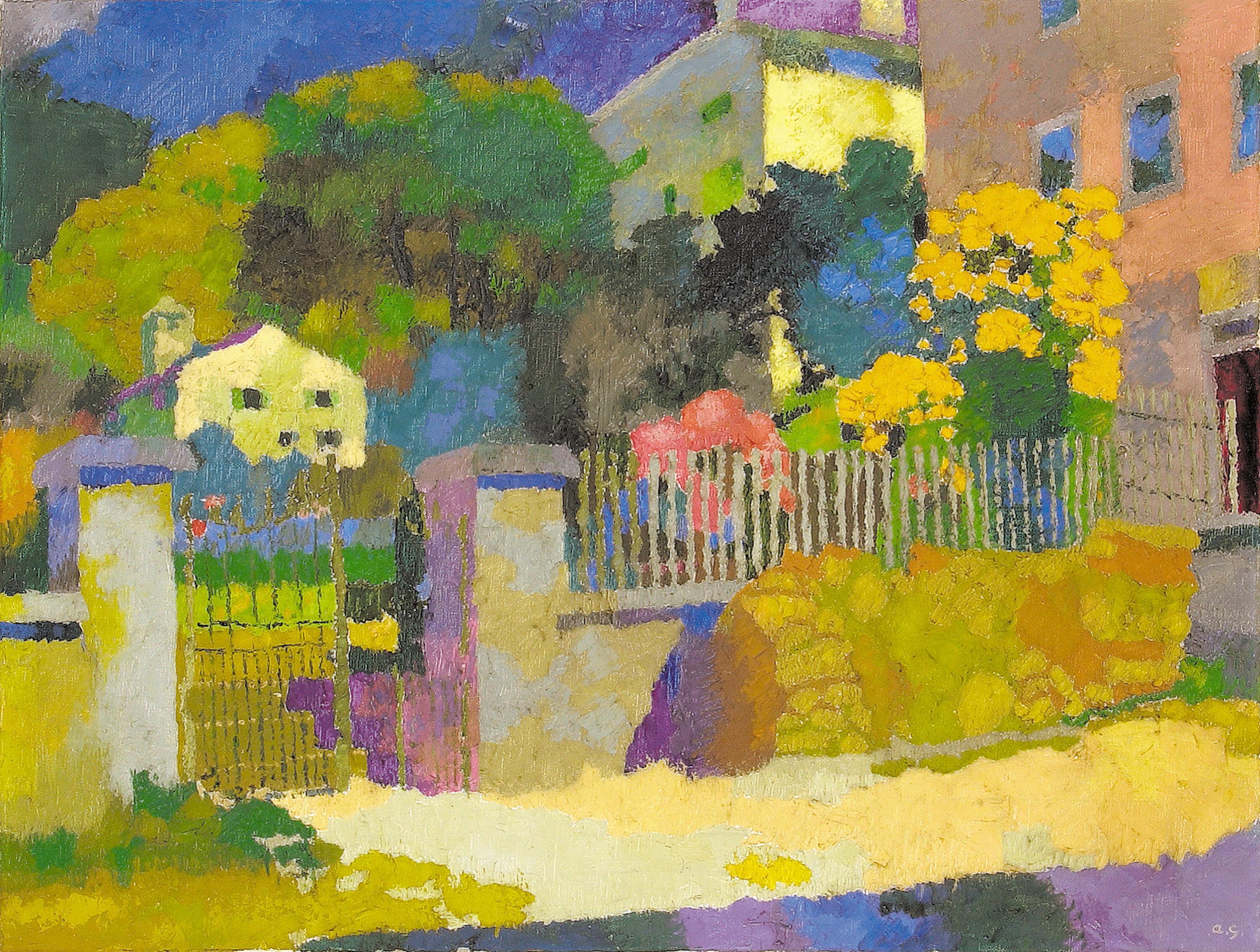
The previous years saw a strong rise in prices for works by Giovanni, but also for Augusto Giacometti. This was confirmed in June 2000 when the 1943 painting “Stampa IV” by Augusto Giacometti sold for Fr. 1,000,000 (estimate Fr. 300,000). A small treasure at the June 2001 auction was the 33:19 cm cubist oil painting by Pablo Picasso, painted in Paris in late autumn 1911 and still bearing the pre-1914 label of Galerie Kahnweiler in Rue de Vignon in Paris. It was sold for Fr. 1,600,000.
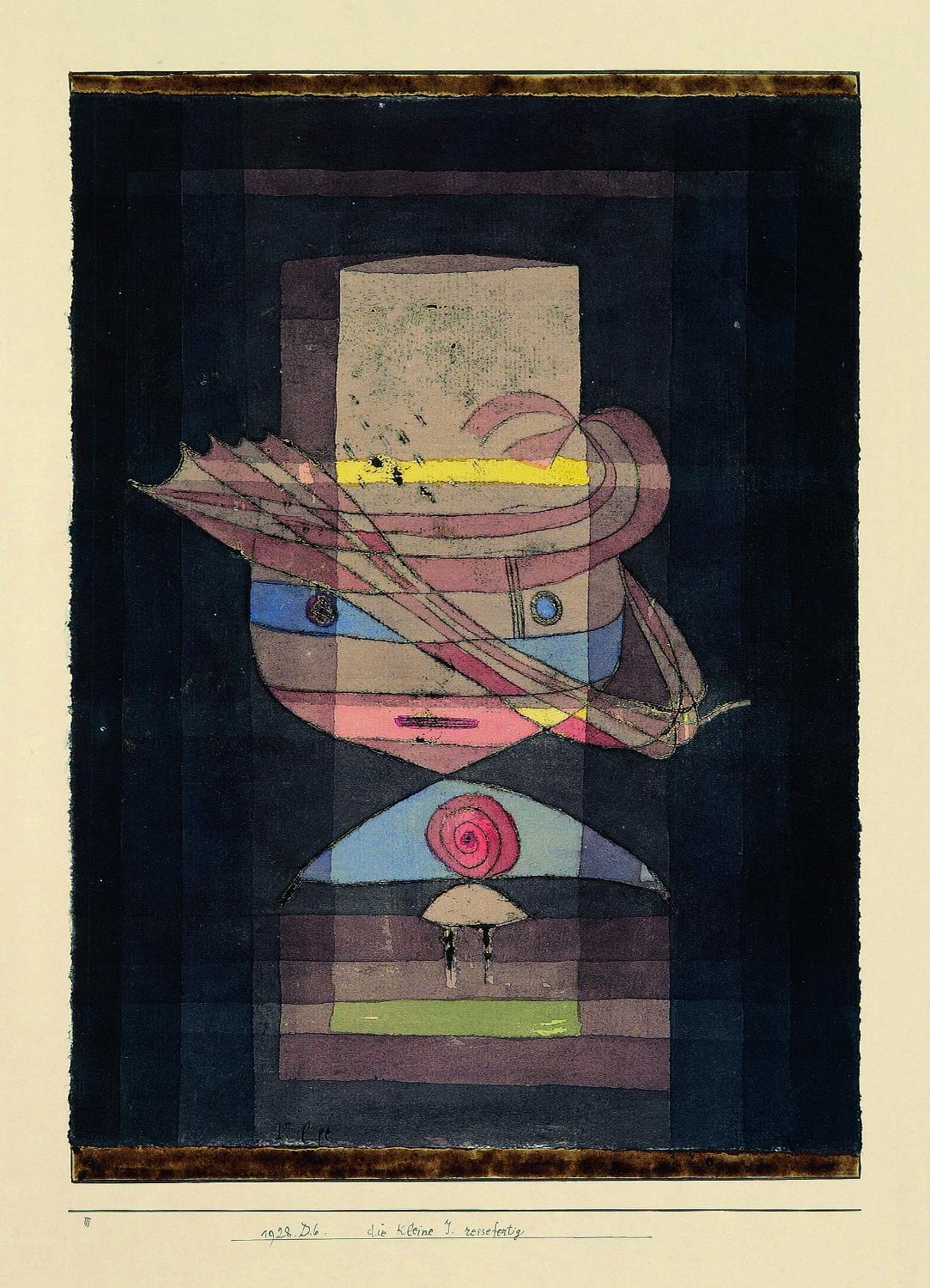

In addition to good-quality Old Master prints, the catalogues for 2002 and 2003 contained a substantial selection of German expressionist prints. Special attention was paid to the delightful Klee watercolor “Die kleine J. reisefertig” from 1928, which was sold to a Zurich-based private collector for Fr. 1,150,000. The price paid for the big 1978 painting by Marc Chagall “Le Village en féte” also far exceeded the one million mark at Fr. 1,650,000 (estimate Fr. 600,000). Alberto Giacometti attracted much attention. One of the 1959 casts of “Tête de Diego sur socle”, a sculpture of which we as publisher could cast eight copies in 1959 as part of our special exhibition of works by Alberto Giacometti was sold for Fr. 900,000 (sold in 1959 for Fr. 4,000 per sculpture).
In June 2003, Eberhard W. Kornfeld celebrated his 50th anniversary as auctioneer with a dinner in a tent set up in the garden of his home “Rothaus” in Bolligen.
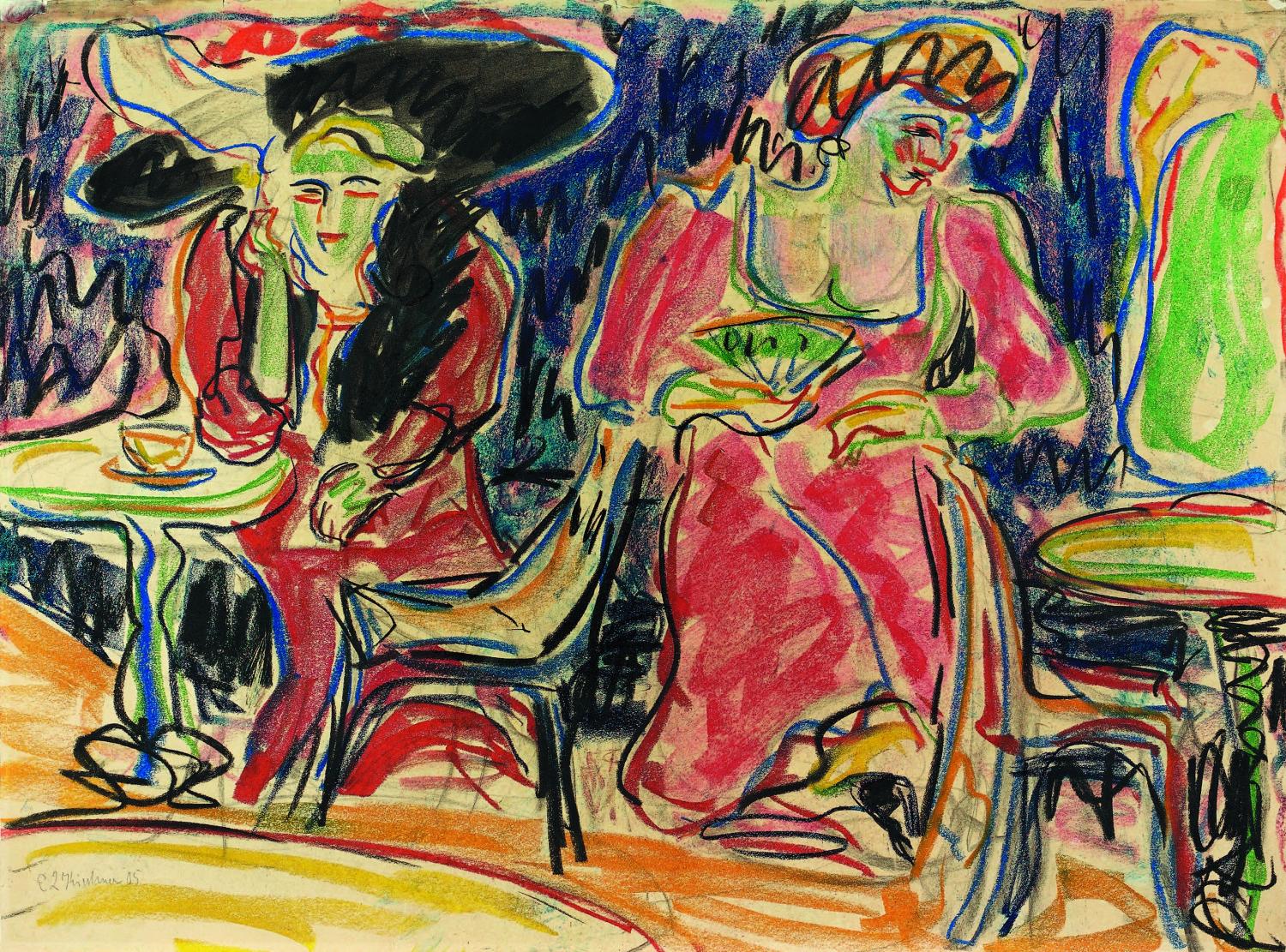
In 2003, a work by Ernst Ludwig Kirchner delivered the big surprise. A large drawing in colored crayon “Zwei Frauen in einem Varieté in Dresden” from 1907 to 1908, estimated at Fr. 200,000 triggered a fierce bidding war before being sold at Fr. 880,000. Paul Klee once again attracted great attention, and his “Landschaft in Orange”, a watercolor from 1920, sold for Fr. 780,000. Egon Schiele was also in demand, and his watercolor “Mädchen mit Schirm” from 1916 (estimated at Fr. 500,000) was sold for Fr. 860,000.
To celebrate his 80th birthday, Eberhard W. Kornfeld fulfilled a long-held wish. “Die Geschichte der Graphik von 1430 bis 1990 in ausgewählten Werken” was published as a sumptuous exhibition catalogue in September. This publication included illustrations of 175 exemplary masterpieces from more than five Centuries. The detailed descriptions provided for these works provided an excellent overview of the development of graphic arts from the beginning at around 1430 to the present day.
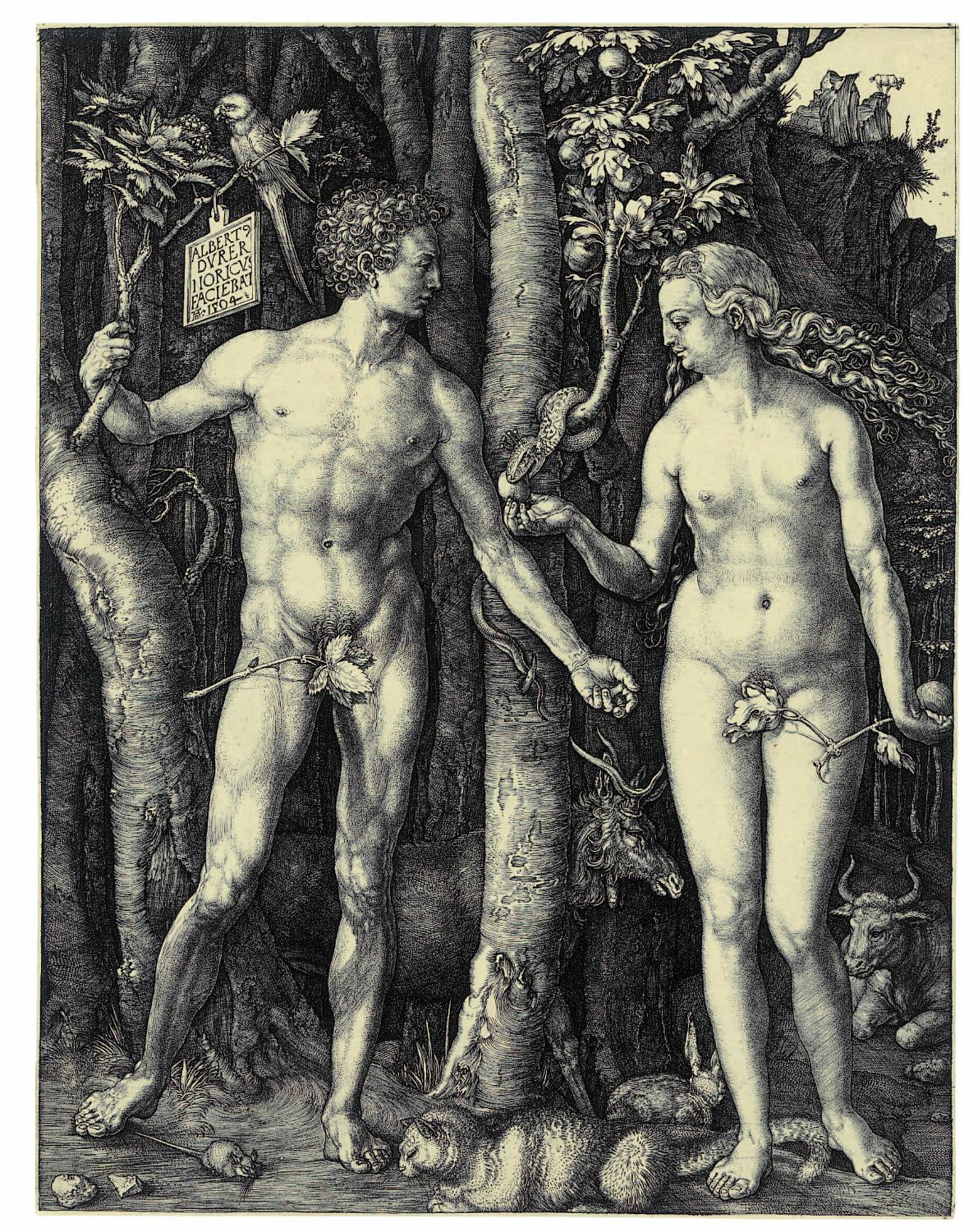

A broad and content-rich selection divided into four catalogues could be presented in 2004. The “Old Master Prints and Drawings” catalogue included a very beautiful impression of Dürer's engraving “Adam und Eva” from 1504. Estimated at Fr. 200,000, bidding for this work was fierce and the last underbidder only gave up at Fr. 490,000. The “Modern Art” catalogue included five top sellers: The large 1980 Marc Chagall painting “Célébration en village” was sold for Fr. 720,000 (estimate Fr. 400,000), Fr. 1,120,000 was paid for Augusto Giacometti’s painting “Garten in Stampa” from 1912 (estimate Fr. 600,000), Emil Nolde’s oil painting “Priesterinnen” from 1912 went for Fr. 2,100,000 (estimate Fr. 1 million), and one of the 50 numbered copies of Picasso's most important graphic work on copper “Minotauromachie” was sold for Fr. 1,250,000 (estimate Fr. 600,000) to a private collector from New York.
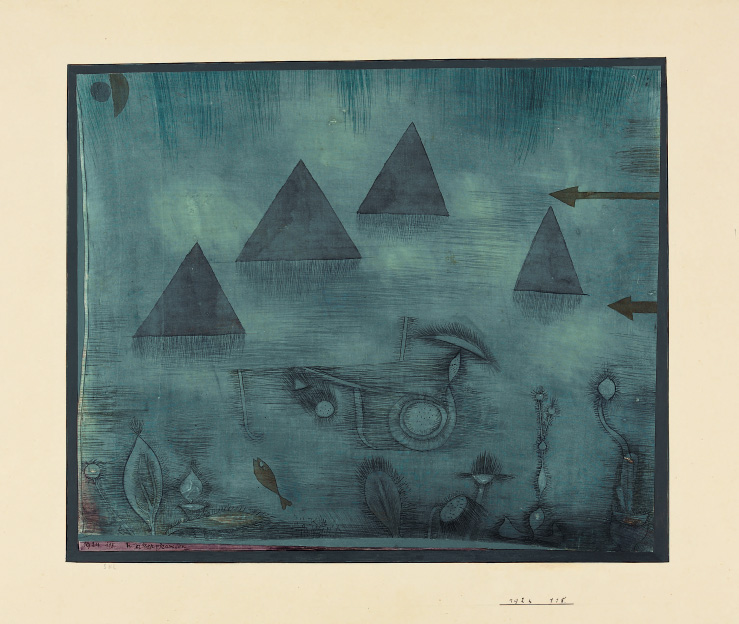
Three catalogues were published in 2005. In addition to the two catalogues “Art of the 19th and 20th Centuries” a special auction was held for the collection of 191 works by Käthe Kollwitz of Lotar Neumann from Gingins that was built up with commitment and knowledge over a period of many years. Modern art was represented by a group of five oil paintings by Max Ernst, including “Windsbraut” (1918) which was sold for Fr. 880,000 (estimate Fr. 700,000) and Augusto Giacometti’s 1915 oil painting “Friede” which was sold to a private collector in Liechtenstein for Fr. 1,300,000. One of the casts of Alberto Giacometti's “Tête de Diego sur socle” already went under the hammer in 2002. Now another copy estimated at Fr. 750,000 was sold for Fr. 950,000. Among the prints, the color woodcut “Portrait des Malers Karl Stirner” from 1919 by Ernst Ludwig Kirchner, an excellent impression, was sold to a private collector from New York for Fr. 460,000. The highest price of Fr. 1,450,000, however, was paid for the perfectly preserved large watercolor “Die Wasserpyramiden” by Paul Klee from 1924.
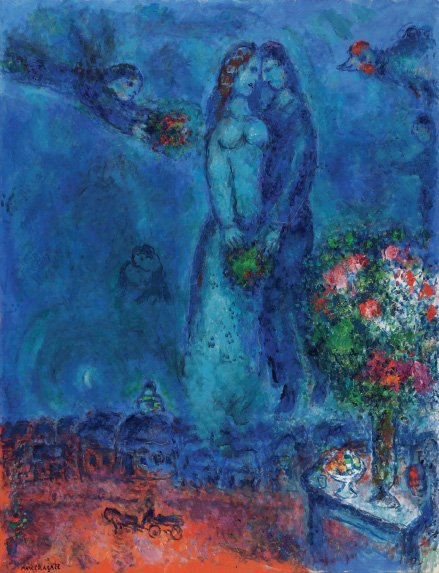

In addition to the two catalogues “Art of the 19th and 20th Centuries” part I and part II, the June 2006 auction was dominated by a special catalogue of works by Marc Chagall from the estate of the artist, including 53 oil paintings, gouaches, drawings and illustrated books. This garnered worldwide interest and whet the appetites of buyers. The highest price of Fr. 2,450,000 was paid for number 42, the 1984 oil painting “Le Songe”.
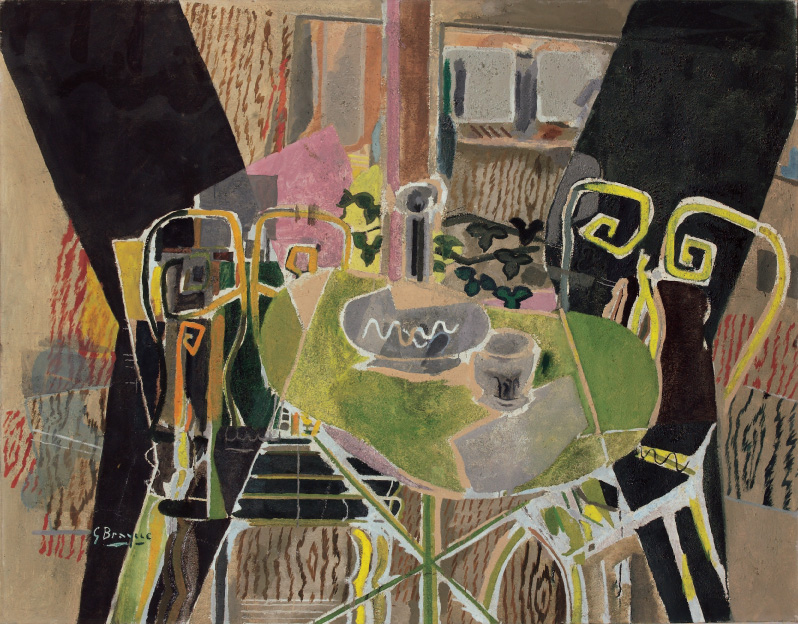
The modern art auction was dominated by the interest shown in Georges Braque’s painting “La Terrasse” from 1948 - 1949 from a private collection in Basel. The unprinted estimate was 2 million. Before the auction it was already clear that international collectors were very interested in the picture. After an intense bidding war, the picture went to Richard Feigen from New York for Fr. 6.1 million, the highest hammer price to date recorded in the history of our auction house.
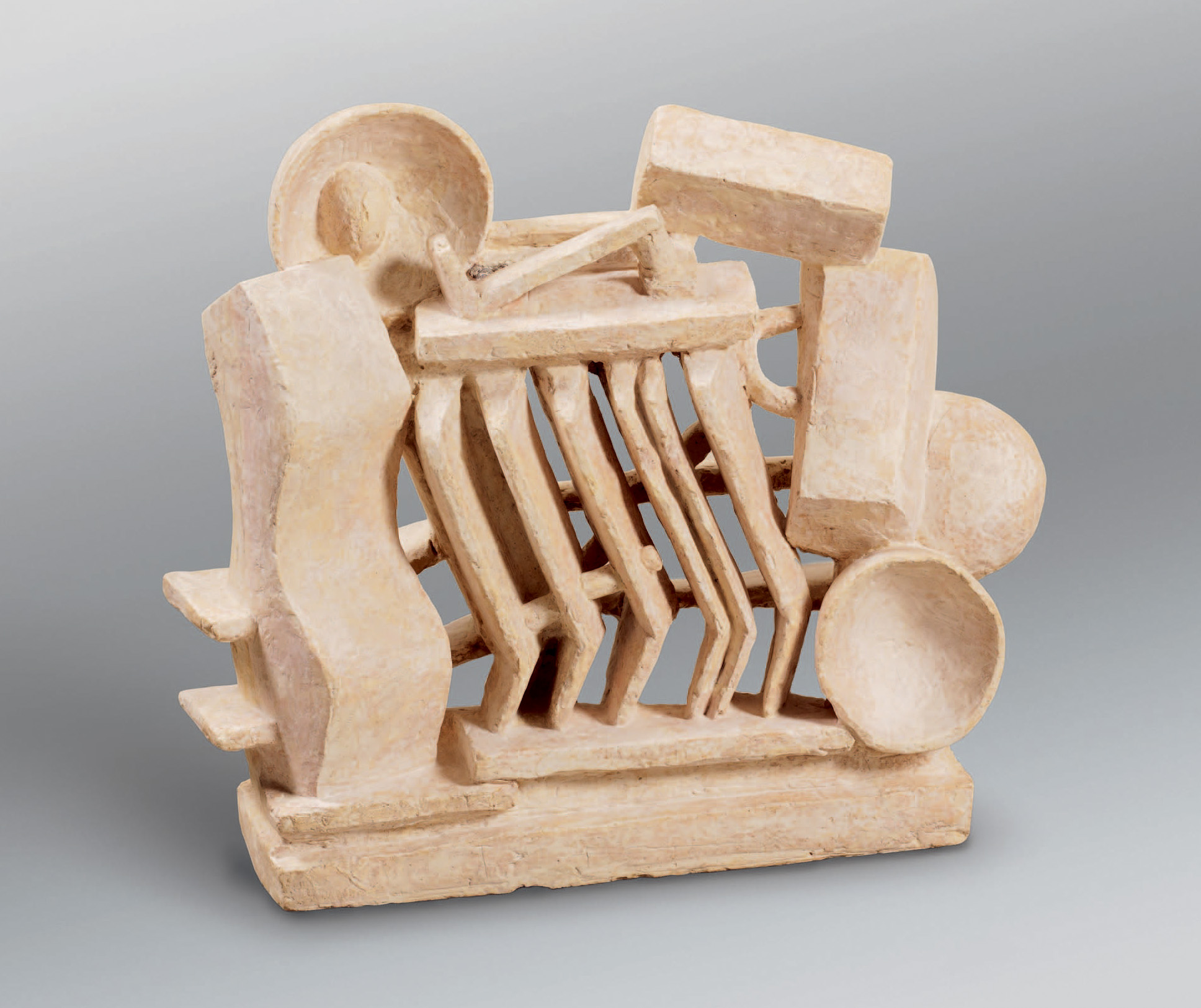
Four catalogues were printed for the June 2007 auctions, including a special catalogue for parts of the collection of Max Huggler, the former director of the Kunstmuseum Bern. The auction of Old Master prints generated great interest in the excellent impression of Albrecht Dürer’s “Sankt Hubertus” from 1501 from the former collection of Ambroise Firmin-Didot from Paris. Estimated at Fr. 150,000, it was sold for Fr. 295,000. The surprise of the Modern Art auction was the price of Fr. 2,100,000 for the plaster of the sculpture “Homme et Femme” from 1927 by Alberto Giacometti, a showpiece from the artist’s cubist period. The estimate was Fr. 400,000. Second place at this auction went to the 1908 oil painting “Blumengarten mit Figuren” by Emil Nolde, which sold for Fr. 1,100,000. Pablo Picasso’s 1924 oil painting “Guitare et compotier” was only sold post-auction for Fr. 4.4 million.
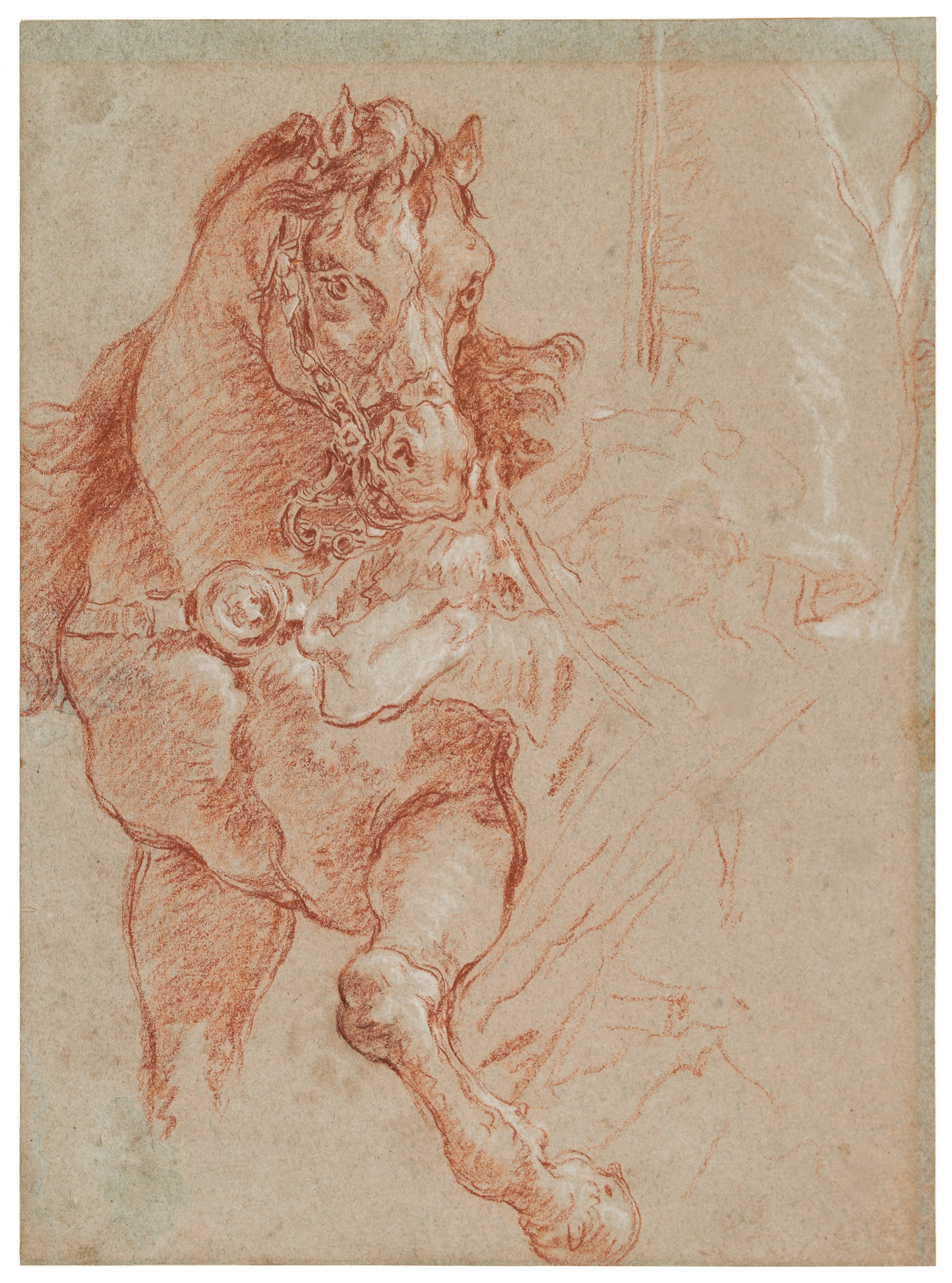
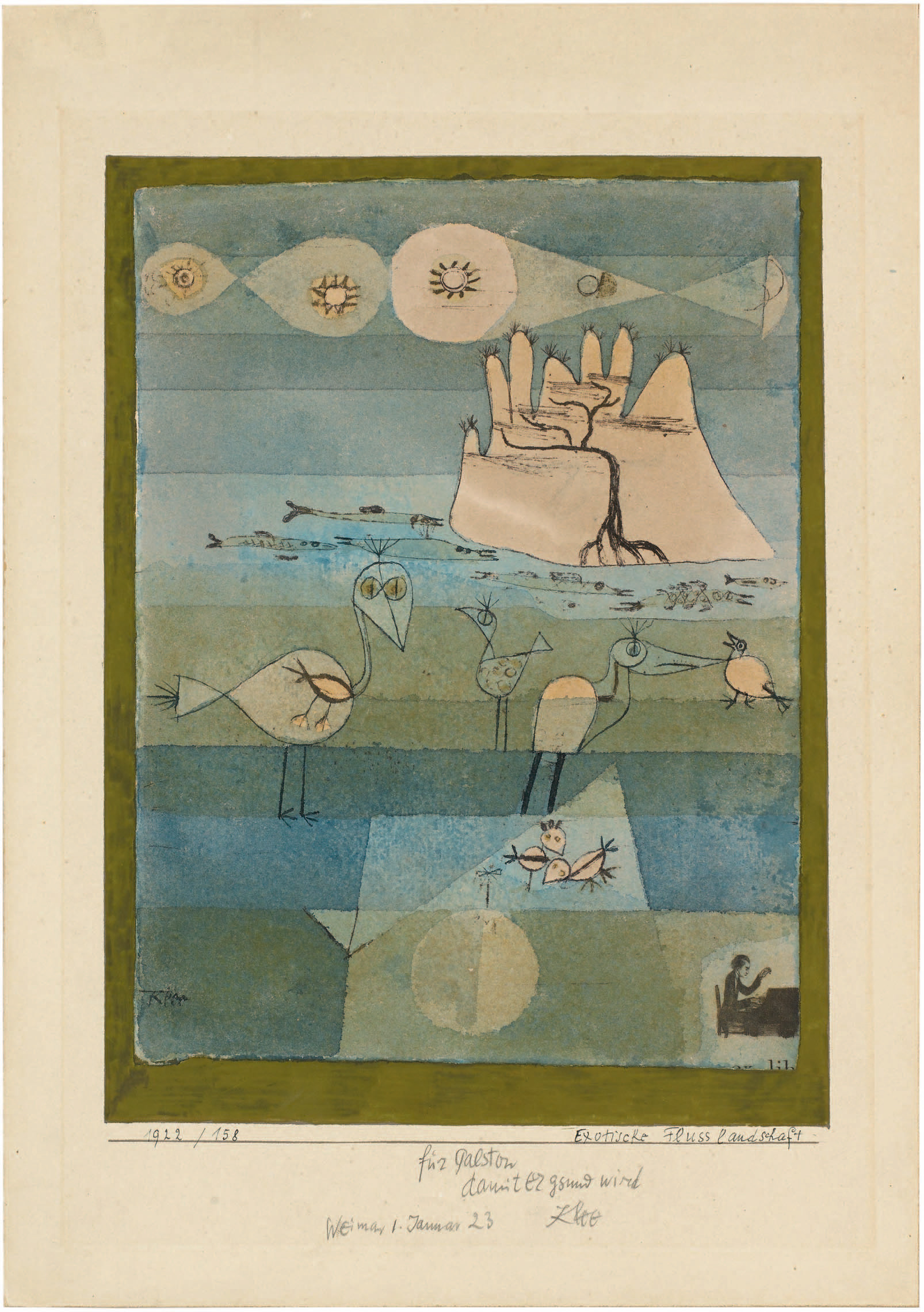
June 2008 was also rich in blessings with two special catalogues. The content-rich collection of Lotar Neumann in Gingins contained 100 works by Honoré Daumier, the catalogue for Drawings of the 17th to 19th Centuries contained works from two private collections, including drawings by Rembrandt, a group of three drawings by Giambattista Tiepolo and works by Menzel, Monet, Hodler, Liebermann and Rodin.
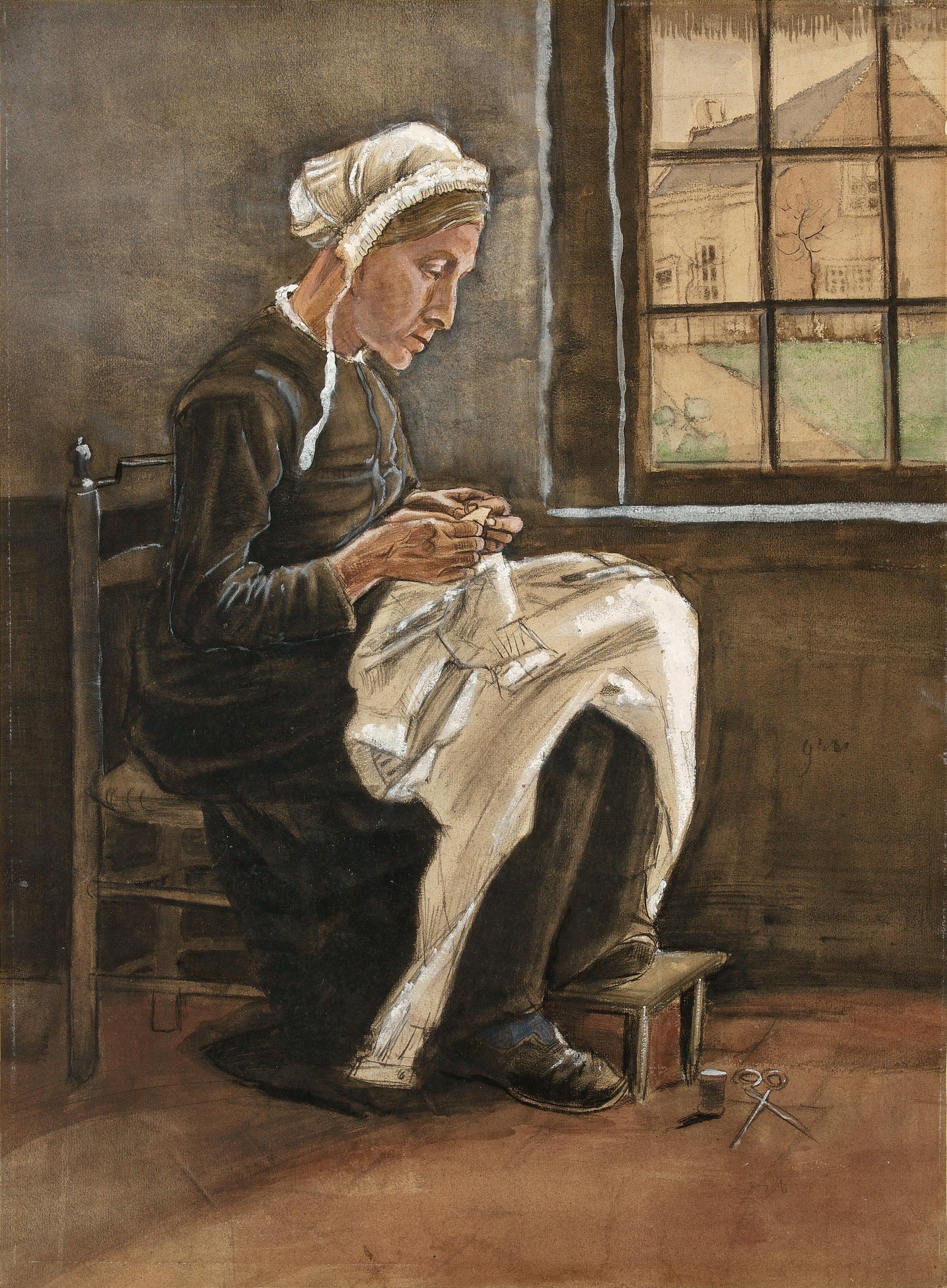

On 6 June, great interest was shown in an 1881 watercolor “Näherin am Fenster” by Vincent van Gogh (sold for Fr. 1,550,000) as well as Paul Klee's watercolor from 1922, the best Bauhaus period called “Exotische Flusslandschaft”, part of a larger group of his works that was sold for Fr. 1,250,000 (estimate Fr. 700,000). Bidding was also fierce for the 1881 pastel “Waterloo Bridge” by Claude Monet. Estimated at Fr. 300,000, the hammer only fell at Fr. 600,000.
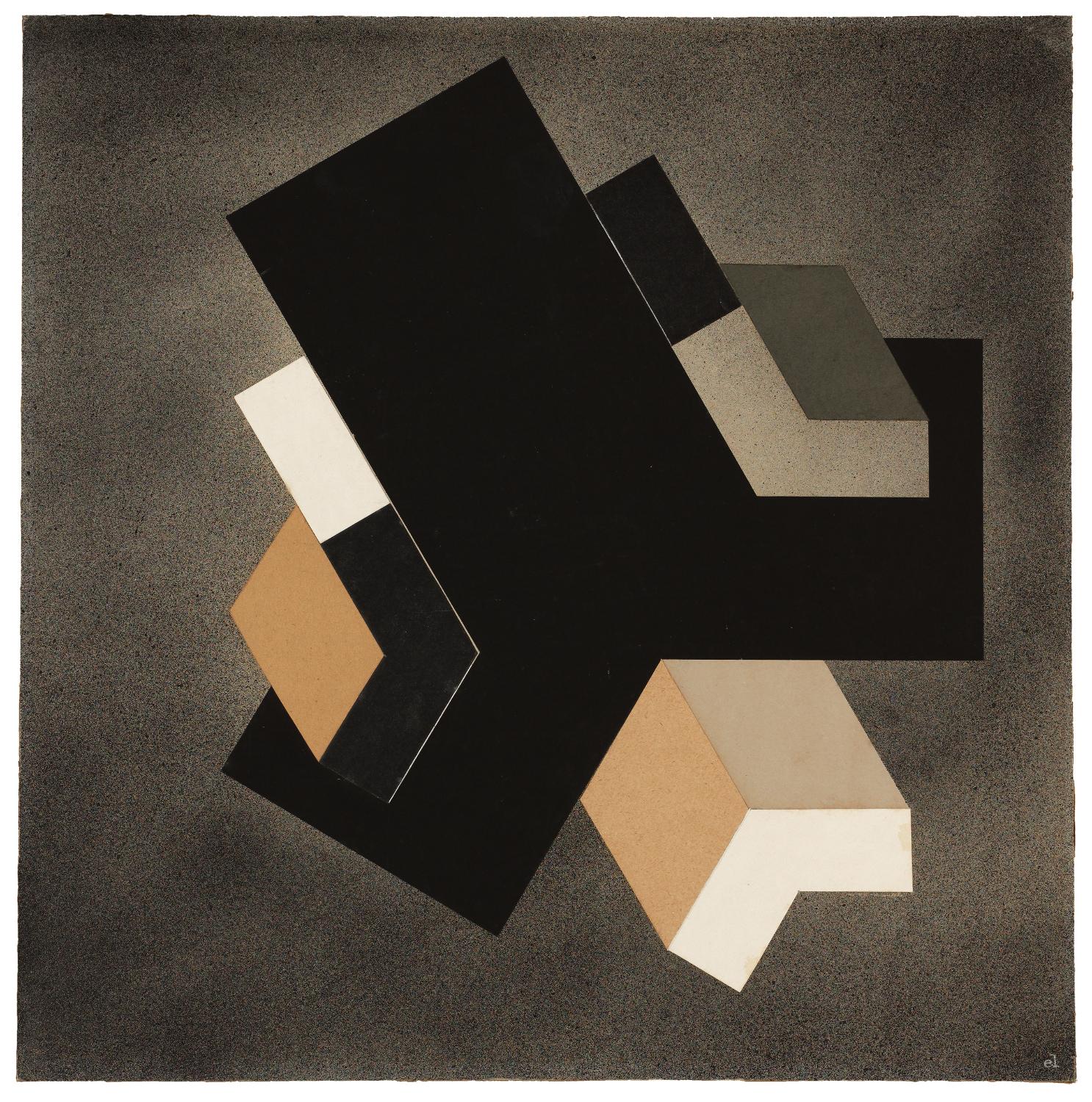
Four catalogues were published again for the June 2009 auctions. Aside from the traditional auctions of old prints and modern art, a private collection of works by Max Ernst, including a number of oil paintings, watercolors, collages, drawings and graphic works was put up for auction. Prices were good, but interest in Max Ernst was moderate. For the Old Master Prints and Drawings catalogue the highest price of Fr. 460,000 was bid for Rembrandt’s “Der Omval” from 1645 (estimate Fr. 125,000). In part I of the catalogue of Art of the 19th and 20th Centuries, high prices were paid for Chagall's oil painting “Célébration de la déposition de Croix” from 1973 (sold for Fr. 560,000), for Degas’ color monotype “Femmes nue” from around 1879 (sold for Fr. 280,000), Klee’s watercolor “Oberbayrische Landschaft” from 1915 (sold for Fr. 600,000) and El Lissitzky’s gouache and collage “Proun 333 H” from 1923 - 1924 (sold for Fr. 540,000).
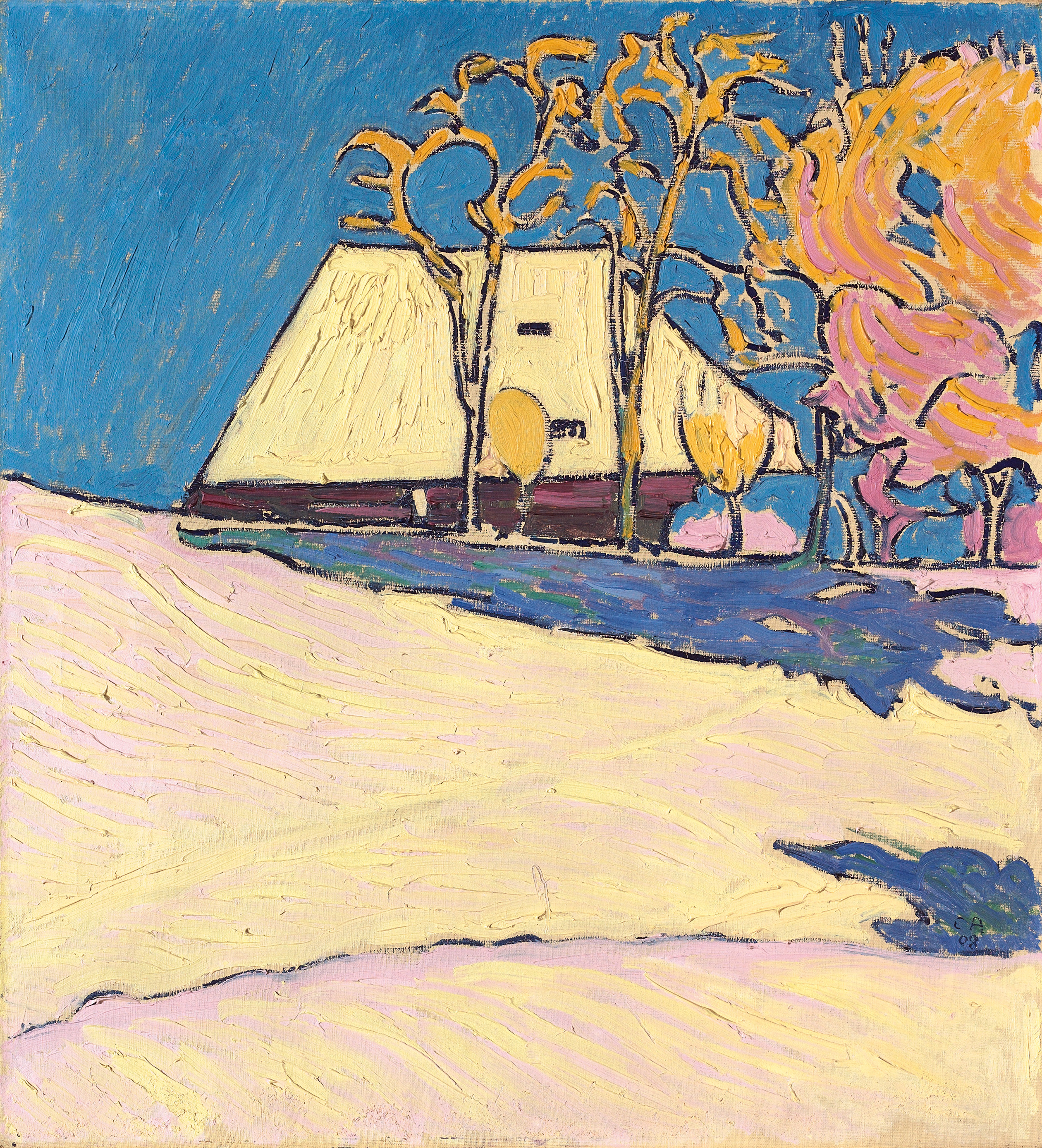
Four content-rich catalogues were printed for 2010 again, including a private collection from Bern containing “Helvetica”, Swiss scenes and costumes by Aberli, Biedermann, Freudenberger, König, Lory Père et Fils, Rieter, Sprünglin, Weibel, and others which pleased many Swiss collectors. Parts I and II of modern art were the 250th auction since 1934. The auction started off with two bombshells for oil paintings by Cuno Amiet. The two winter paintings from 1908, first no. 3 and then no. 9 of the catalogue, both estimated at Fr. 550,000 sold for Fr. 1,250,000 and Fr. 1,650,000, respectively. No. 6, “Penséegarten auf der Oschwand” went to a Zurich dealer for Fr. 660,000.
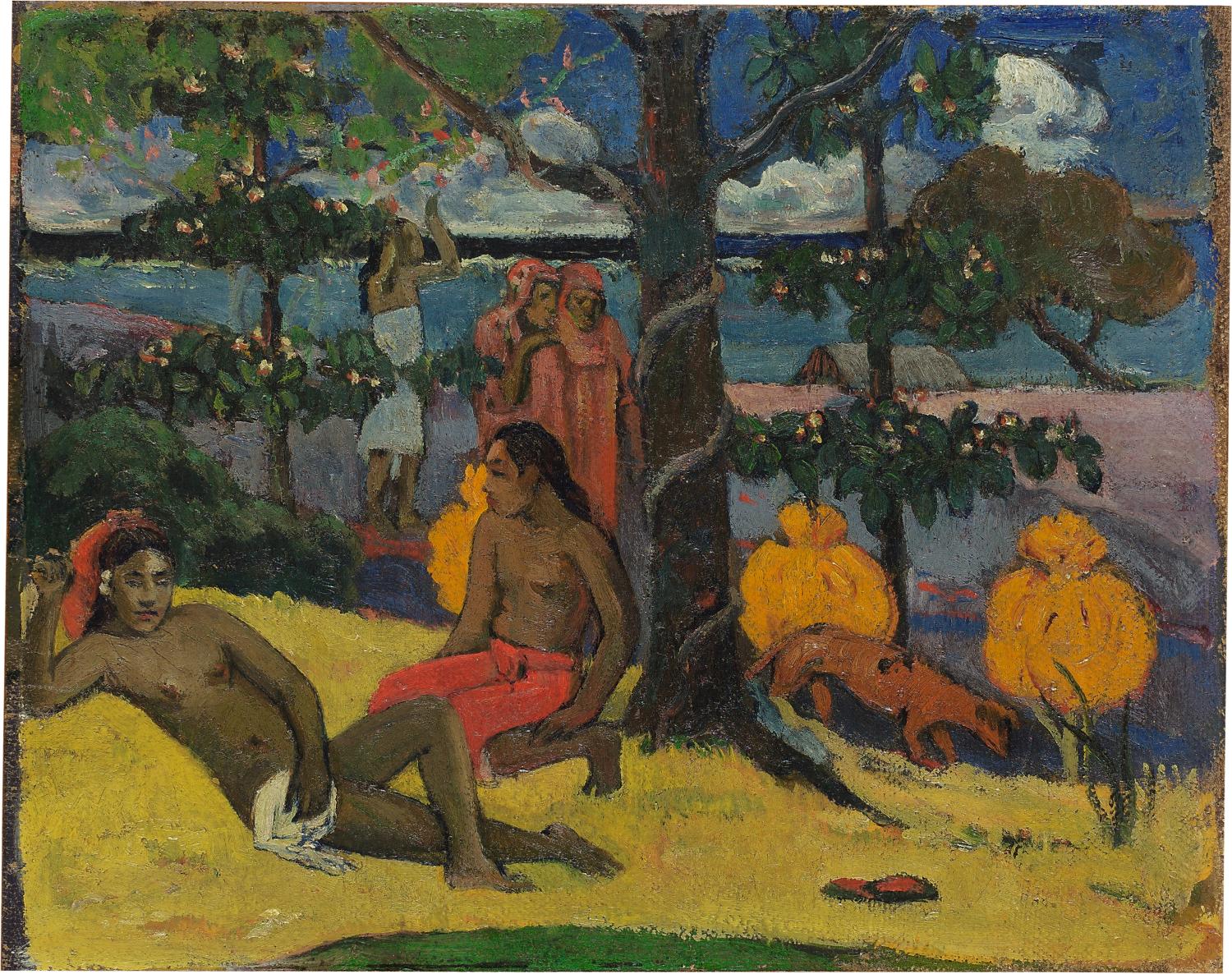
After the sensational price of Fr. 2,700,000 paid for Sam Francis’s oil painting “Deep blue and black” from 1955, the small 1896 oil painting “Scène tahitienne” by Paul Gauguin exceeded all expectations. The estimate of 2 million was soon reached, and the hammer only fell at Fr. 5,500,000. This equals Fr. 7,160 per square centimeter. Alberto Giacometti's 1947 oil painting “Portrait de Patricia Matisse” also garnered great interest. Estimated at Fr. 1,500,000, it was auctioned for Fr. 2,150,000. The two oil paintings by Claude Monet also exceeded the one million mark, “Tempête sur les Côtes de Belle-Île” from 1886 was sold for Fr. 1,700,000 and “Chemin dans le brouillard” from 1879 went for Fr. 1,200,000.
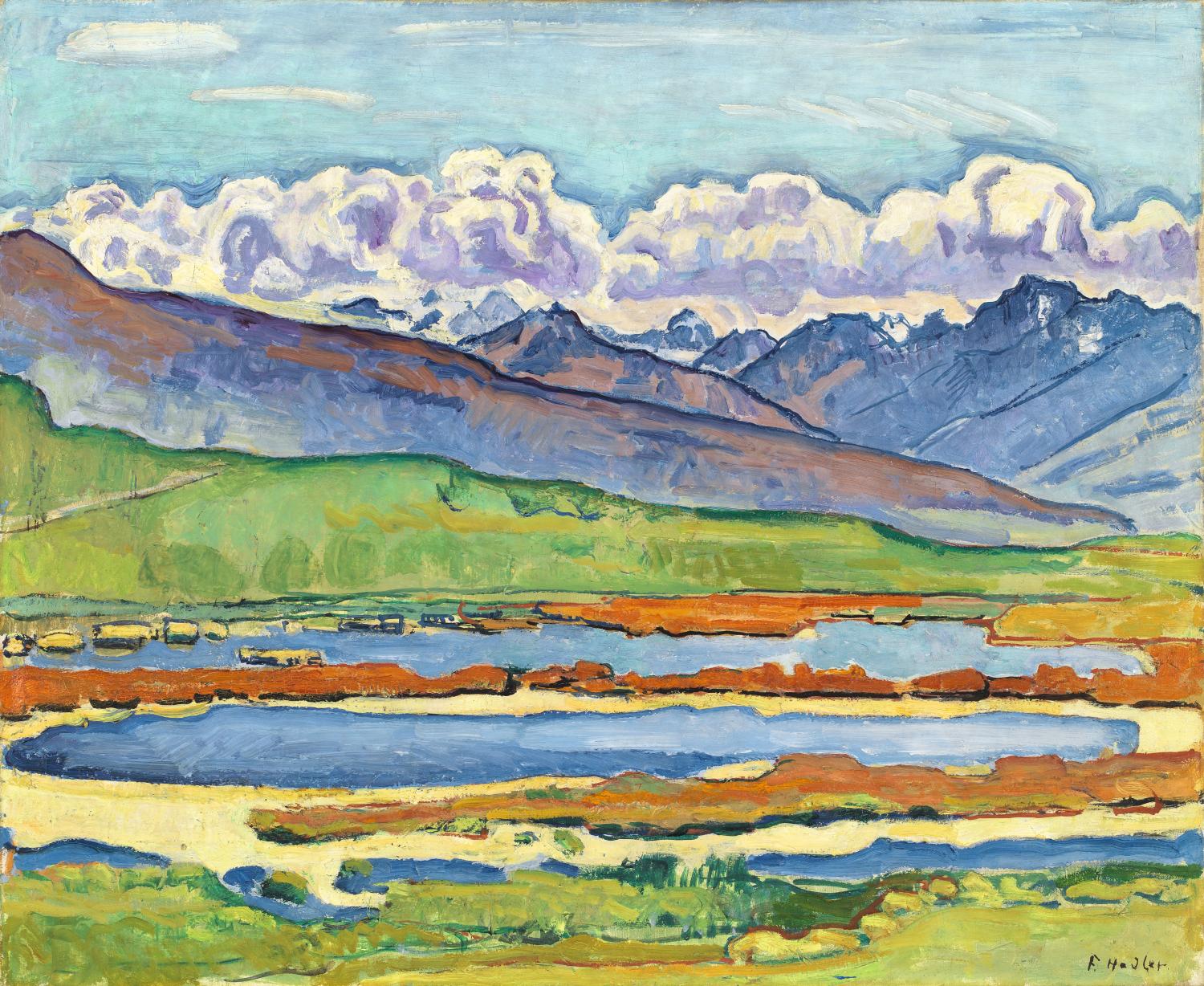
There were four catalogues again in 2011, including the catalogue for the Elesh collection from Evanston/IL, USA which included 38 graphic self-portraits by Max Beckmann, a rarity with estimates between Fr. 5,000 and Fr. 150,000. The two catalogues for modern art included a beautiful group of drawings by Paul Gauguin from the former collection of Paco Durrio in Paris. The highest price of Fr. 4 million was paid for the 1915 oil painting “Vue de Montana” by Ferdinand Hodler, a fascinating landscape. Bidding was also fierce for a double-sided color woodcut by Ernst Ludwig Kirchner. The hammer price of Fr. 900,000 was three times more than the estimate.
As the last important international exhibition, we showed an overview of the work to date with the focus on his Swiss designs of the great architect Mario Botta from January to the beginning of March 2013. After the opening of the exhibition, a more than 4 meter wide drawing was made on site. This creative process was closely followed by the interested public.
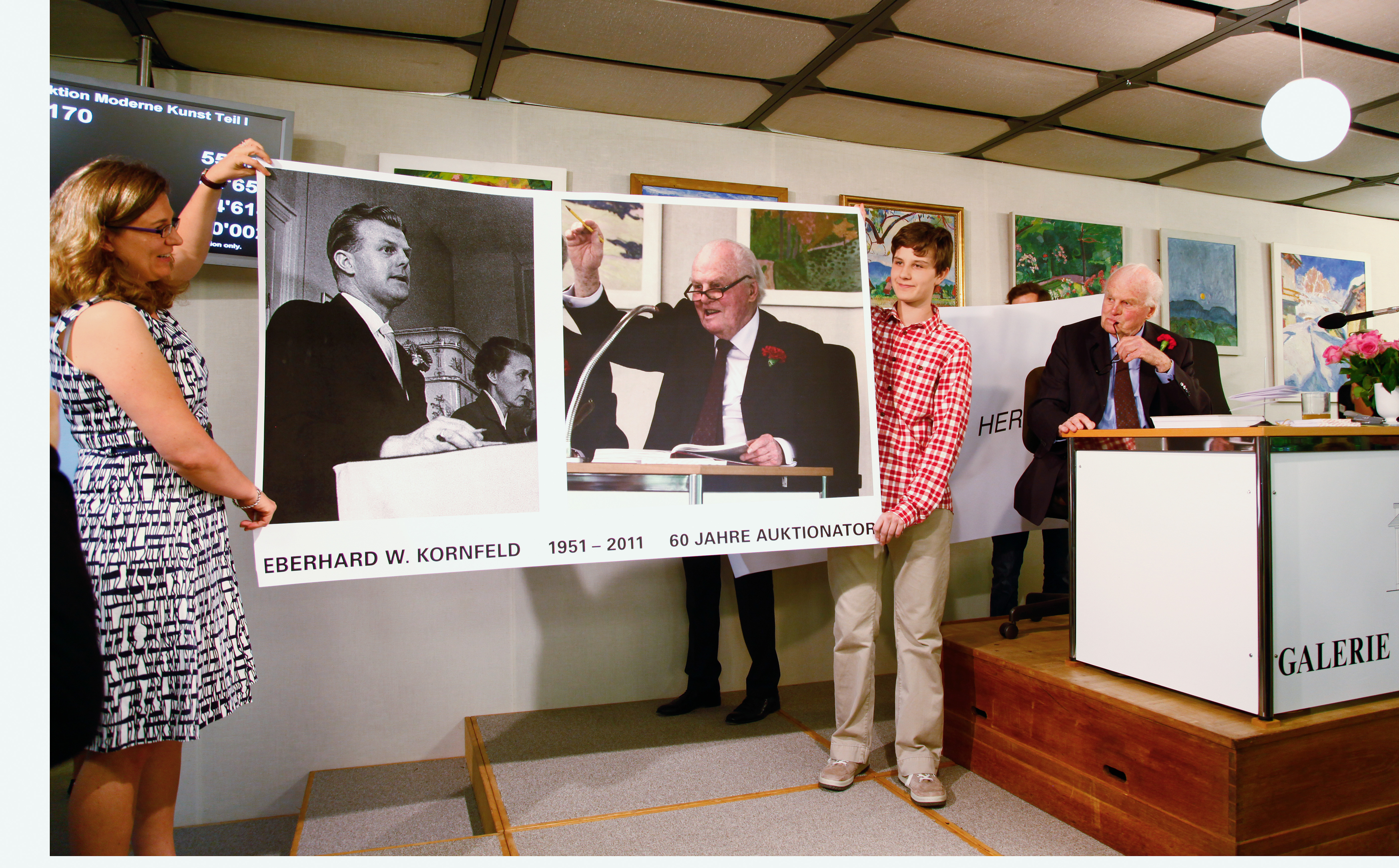
In 2001 Eberhard W. Kornfeld celebrated 50 years as an auctioneer, and in June 2011 he celebrated 60 years. A rare anniversary that can probably go into the Guinness Book of Records.